It’s no secret that Morocco is one of my favorite countries in the world. Last year, when I first visited the Northern African country while leading a team for The Giving Lens, I came home with some of my favorite images I had ever taken. So when I got the call to return this October, I wanted to try a new approach to documenting the lives of the nation’s 33 million warm and welcoming people.
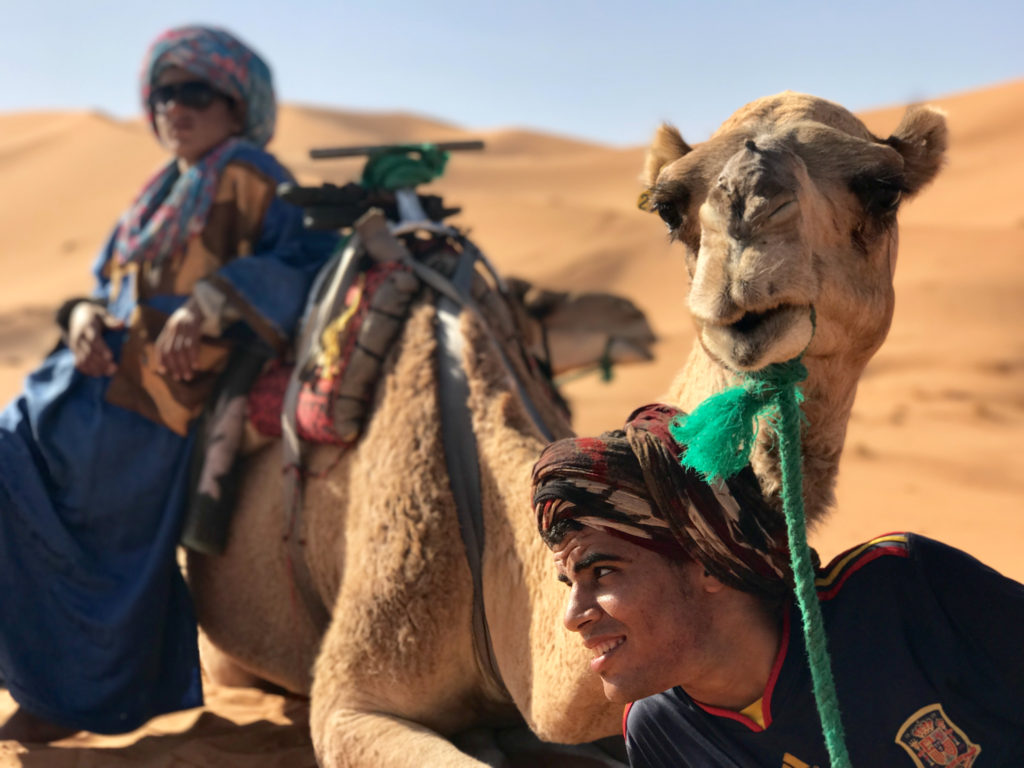
The new iPhone 7 Plus had been released just three weeks prior, and like most travel photographers, the new ‘Portrait Mode’ feature really intrigued me. While I mainly travel with a Sony A7rII slung across my shoulder, I would somehow always return home with a large number of mobile photos, but they were always missing something. To me, it was always missing that so-called ‘pop’, especially when the photo was a portrait. The addition of the second telephoto lens, which is the main ingredient when creating photos in Portrait Mode, was welcome news to me.
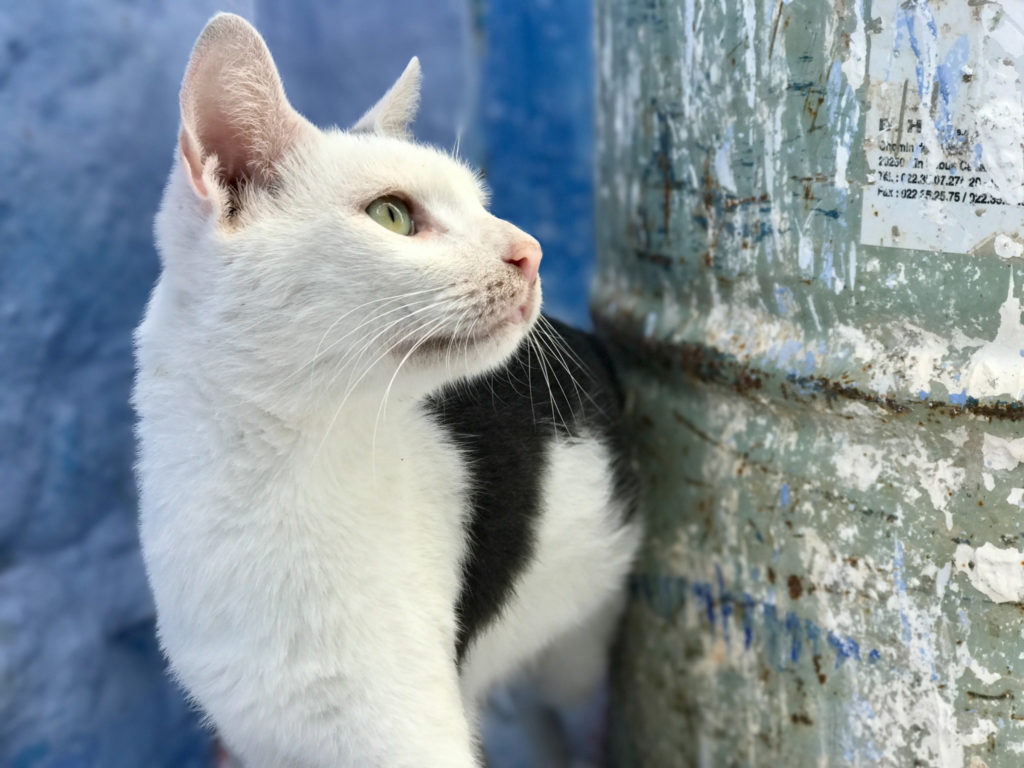
So, after receiving my new gadget, I decided to challenge myself. I love story telling through photos, but could I make a very beautiful and cohesive story of my journey through Morocco with photos from just my iPhone? Something more than just taking photos to post on my Instagram? Being overly satisfied with my photos from the previous year’s adventure, I decided I would give the more mobile approach a try. In addition to the new style, I could capture using Portrait Mode, taking photographs with a mobile phone is much less intimidating to locals, making them less likely to shrug you off when you politely ask them if you could take their portrait. And Morocco is not a country where everyone is eager to have their photos taken, so the less intimidating I could be, the better. I downloaded iOS 10.1 Beta which included the pre-release version of Portrait Mode and after a couple days of quick tests, I packed my bags for the long adventure ahead.

So off I went. After 30+ hours of travel time from my home in Idaho, I arrived in Marrakesh, whose endless maze of alleyways in the medina could keep a photographer entertained for hours, if not days. Walking through the photogenic Ben Youssef Madrasa, an Islamic college founded in the 14th century, visitors are greeted with elaborate tile work and a prayer room made of cedar , marble, and stucco. The main (and massive) main square, Jamaa el Fna, comes alive after dark with street performers and more food stalls than you can count. One could visit only Marrakesh and feel like they have had a memorable experience…but this ancient city is only the beginning.
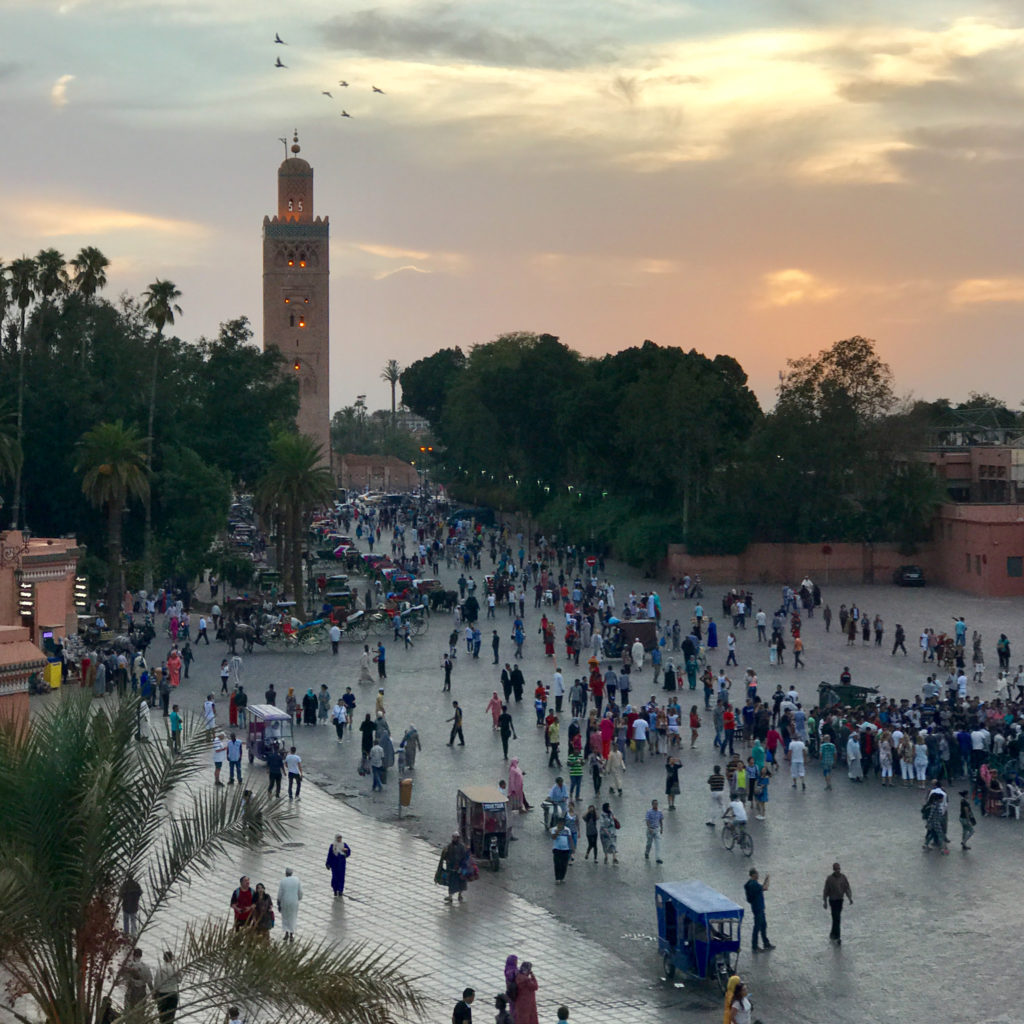
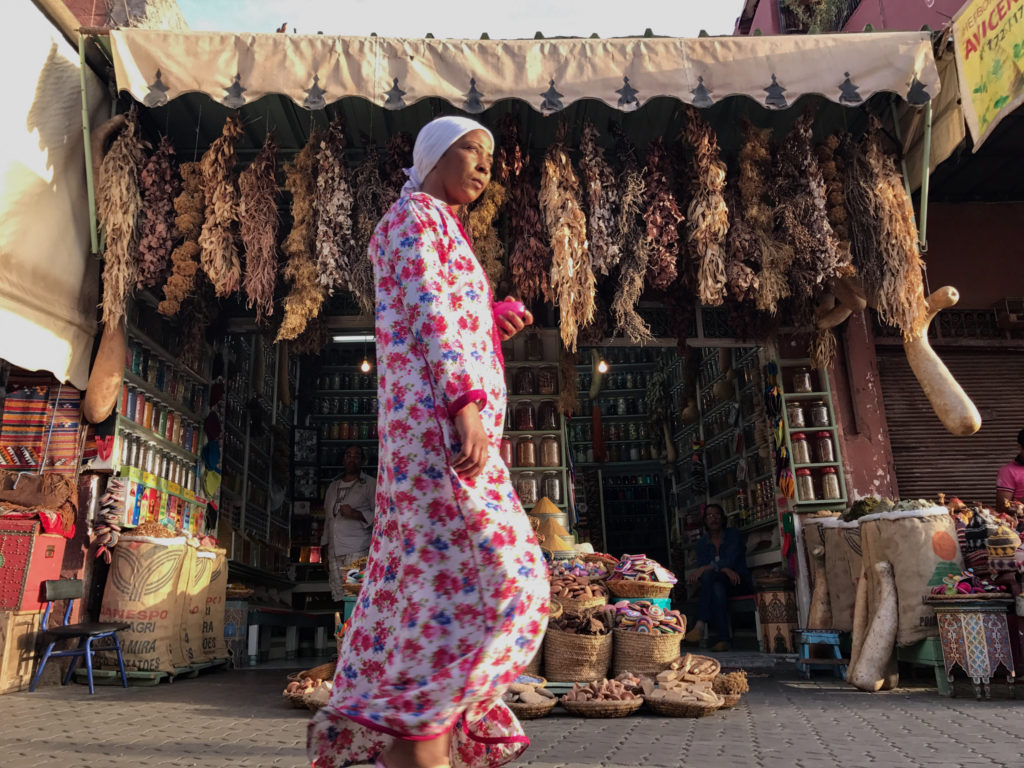
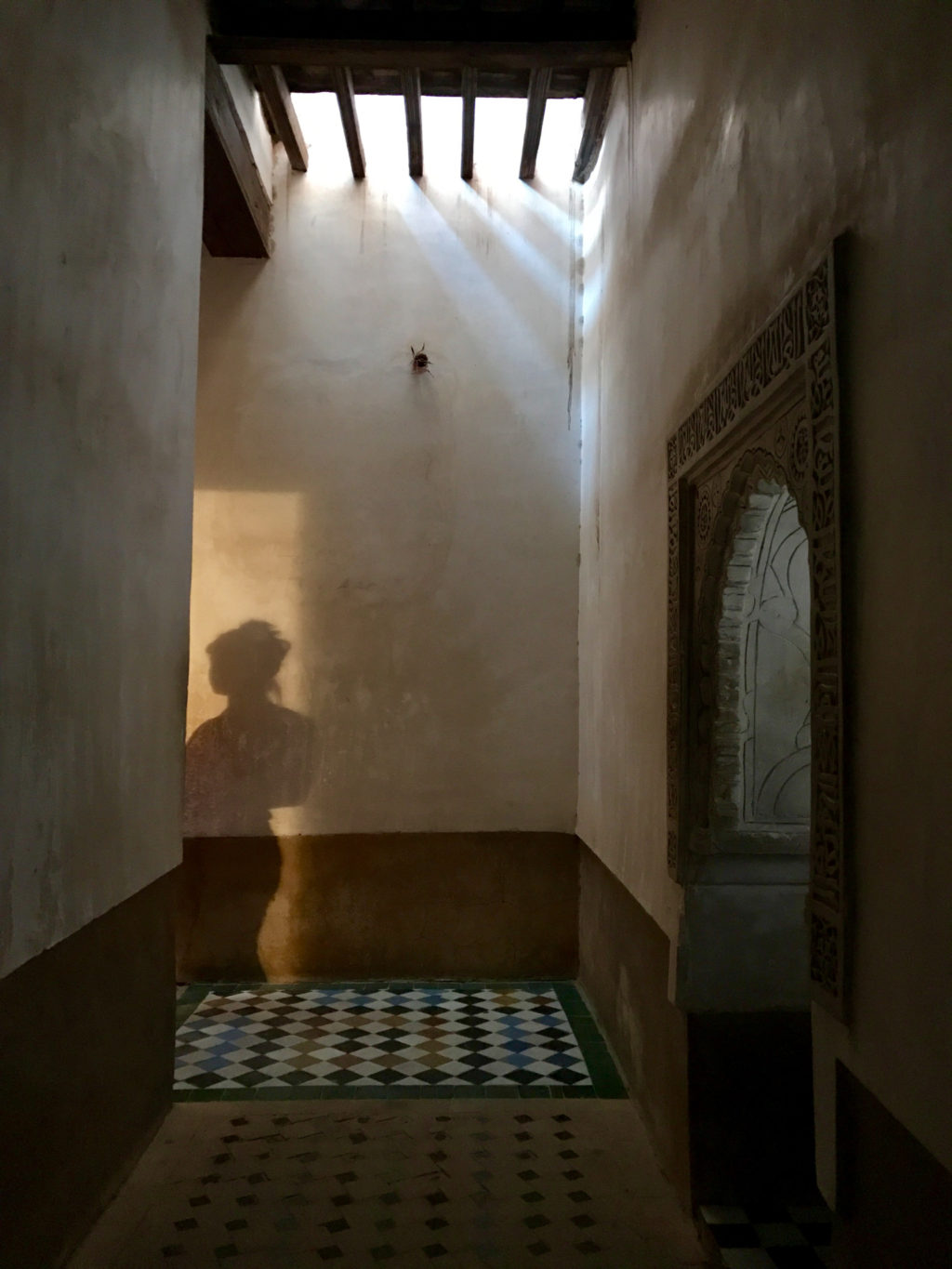
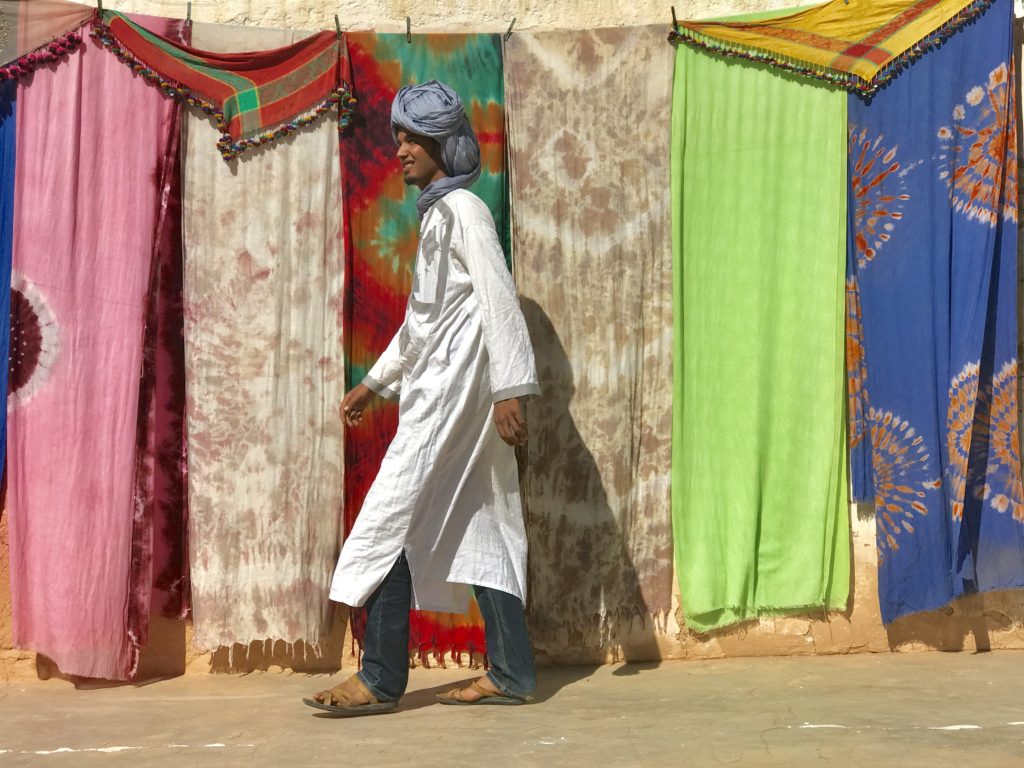
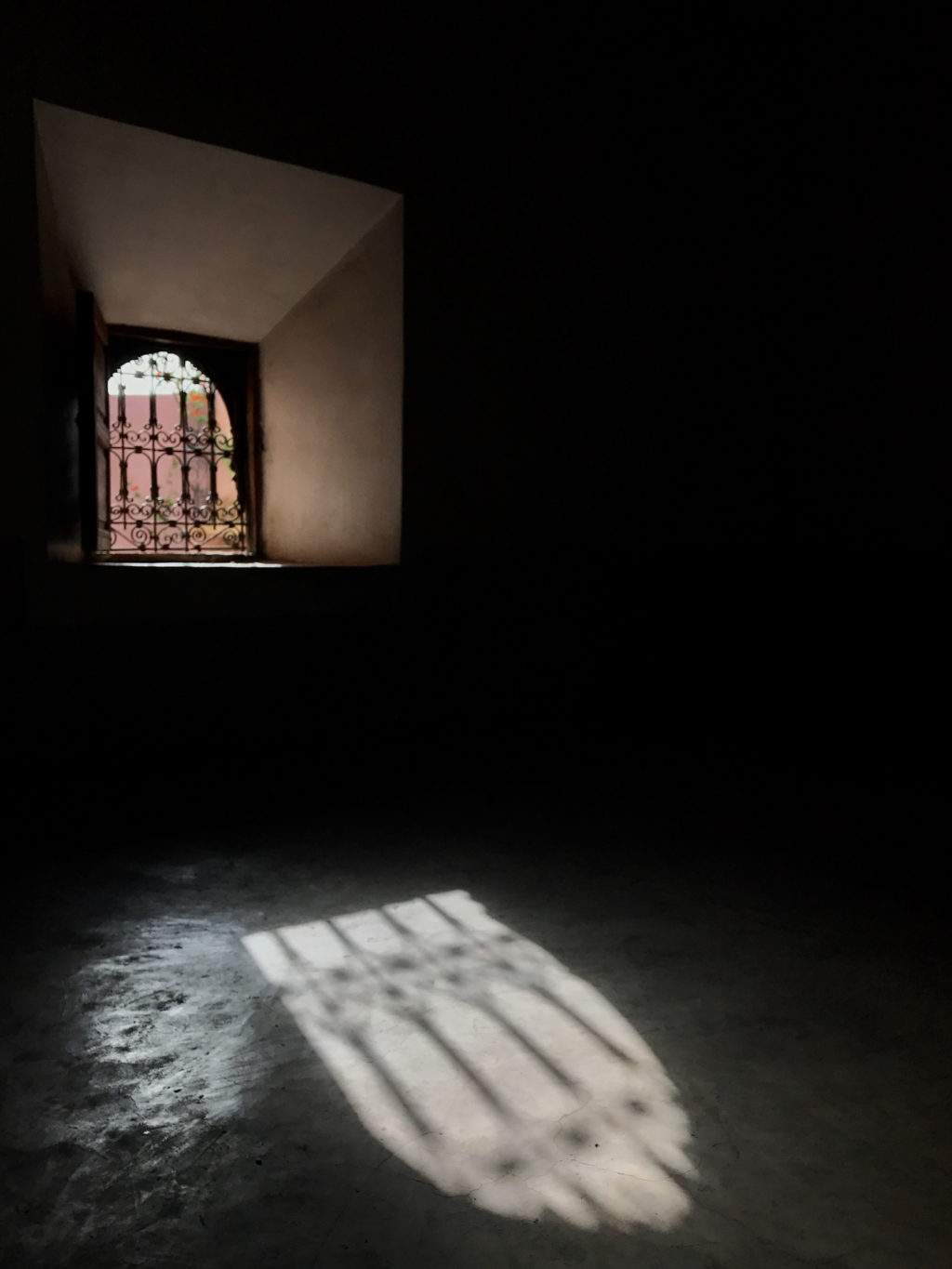
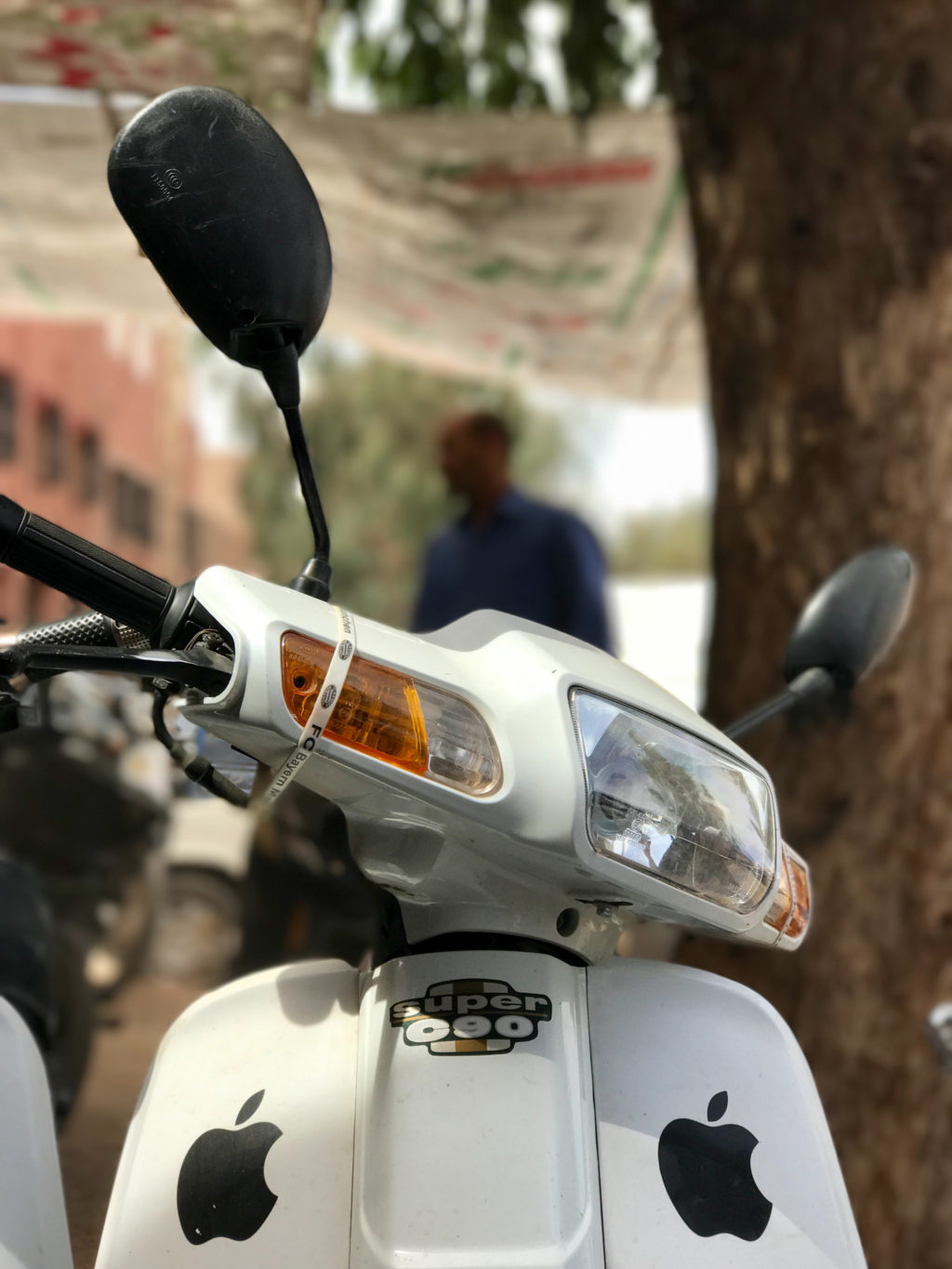
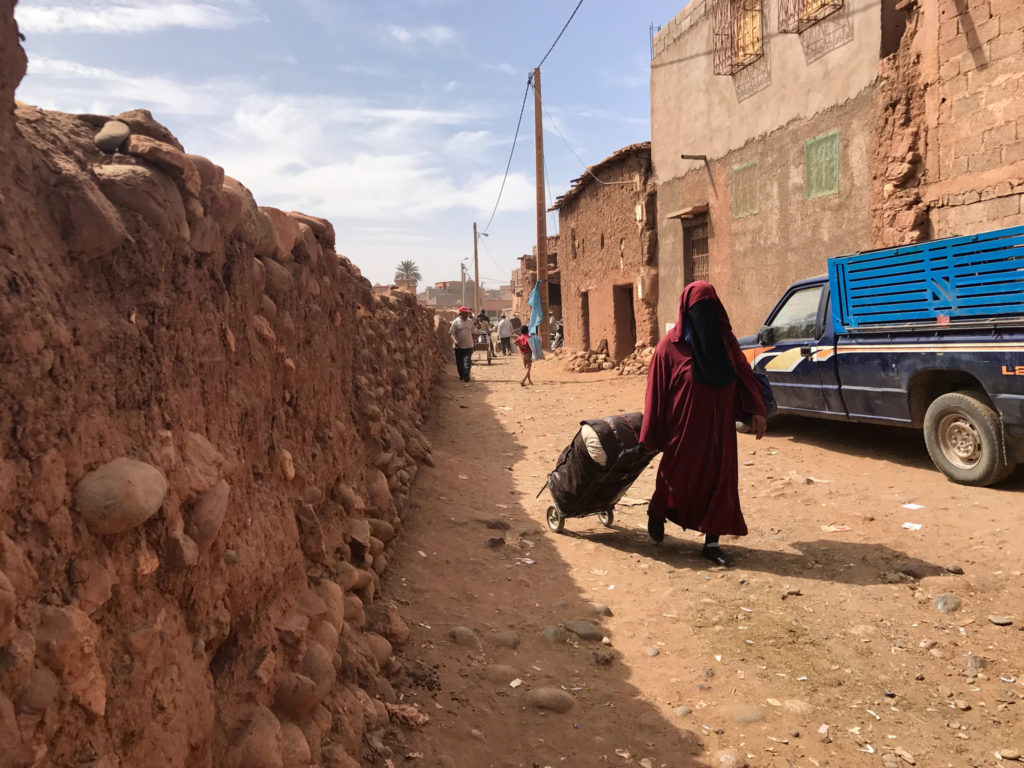
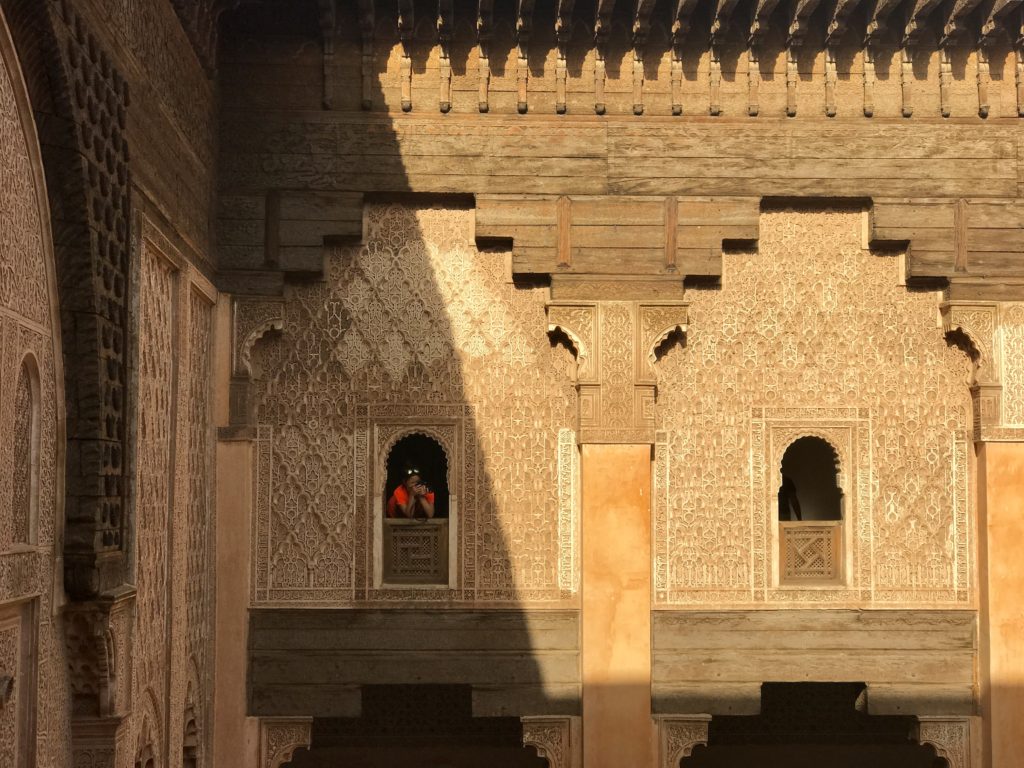
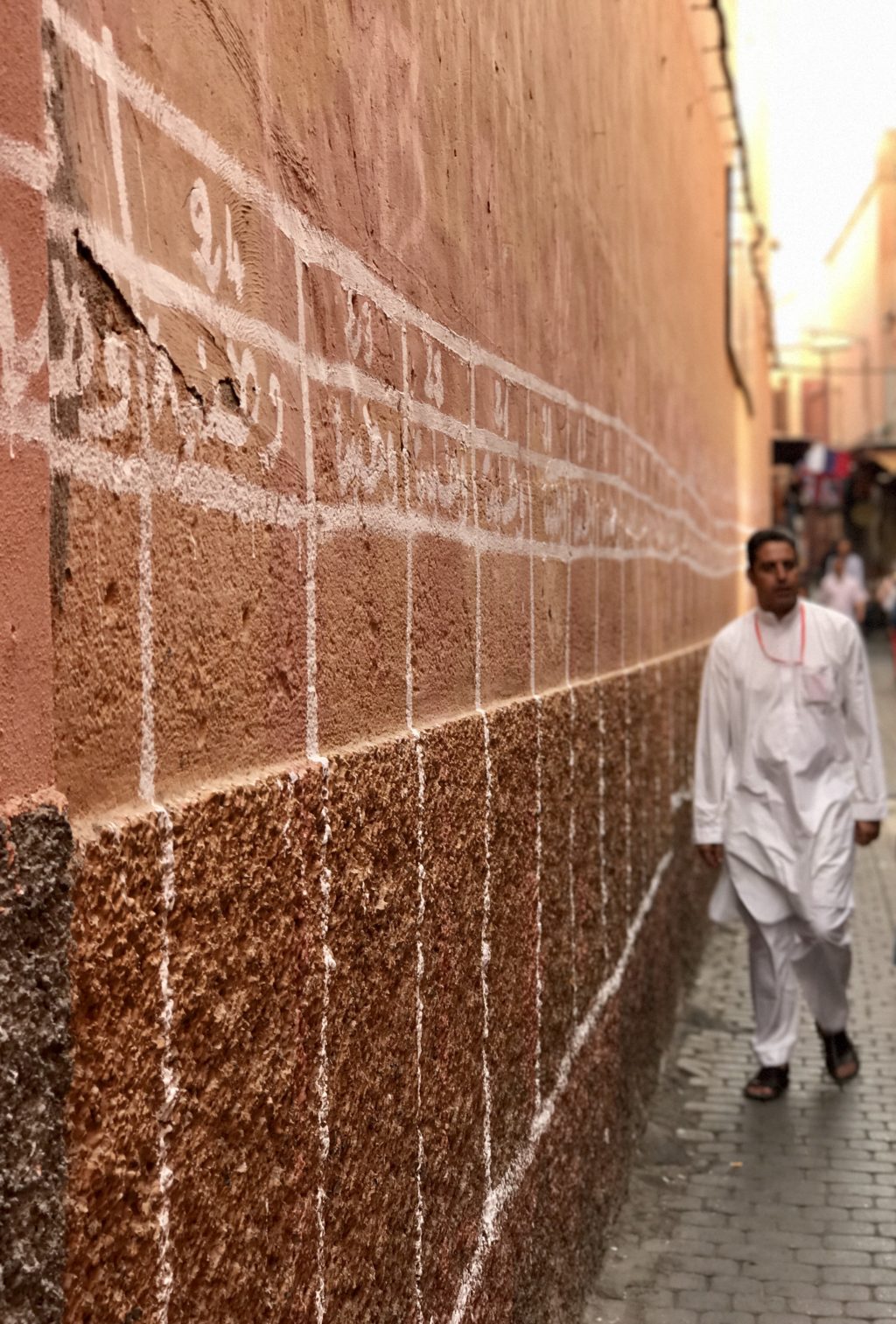
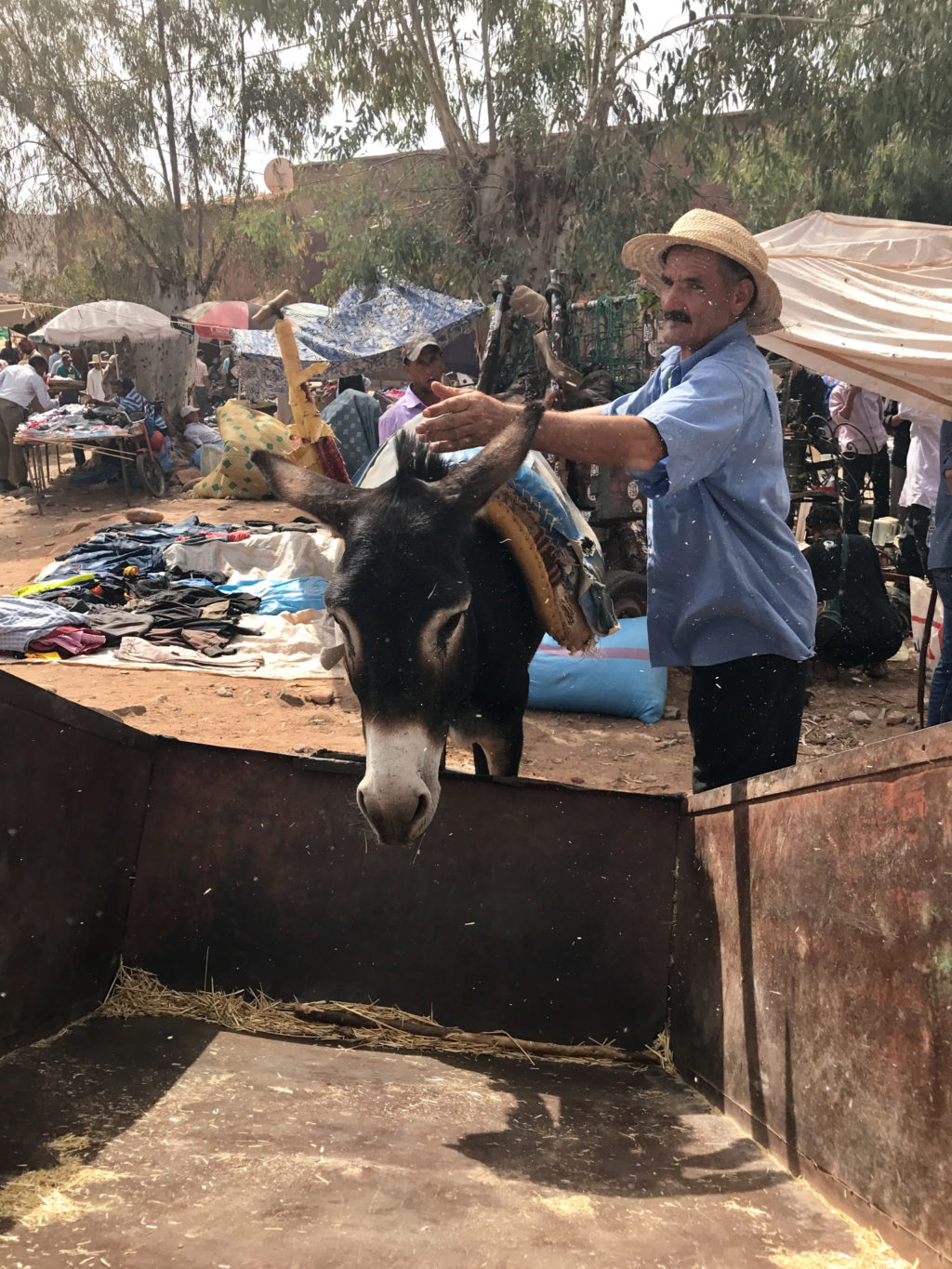

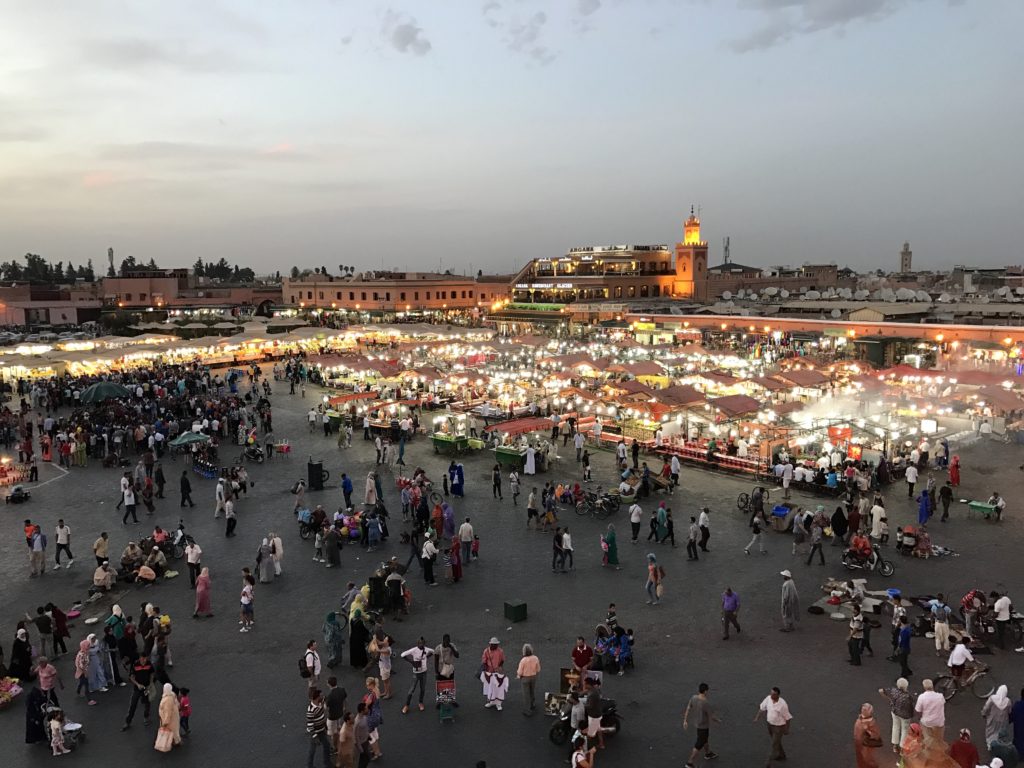
From Marrakesh, we embarked on a scenic drive over the Atlas Mountains to Aït Benhaddou, which is an ighrem (fortified village) built in the 17th century. While having the appearance of being completely abandoned, four families still live within the high clay walls.
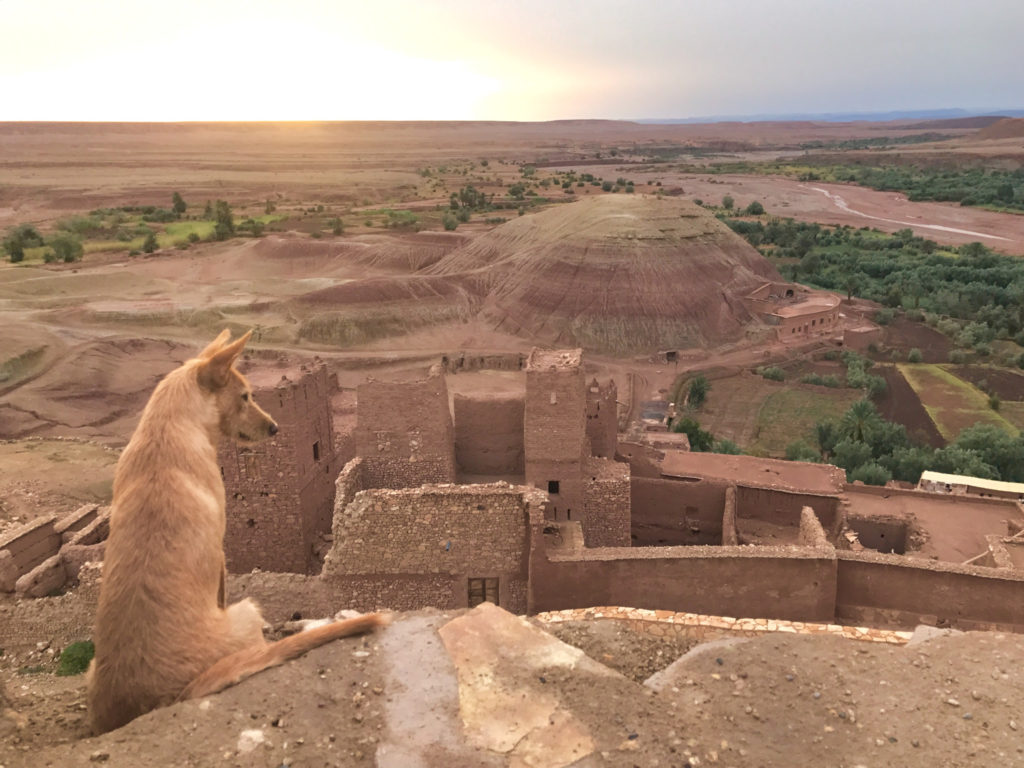
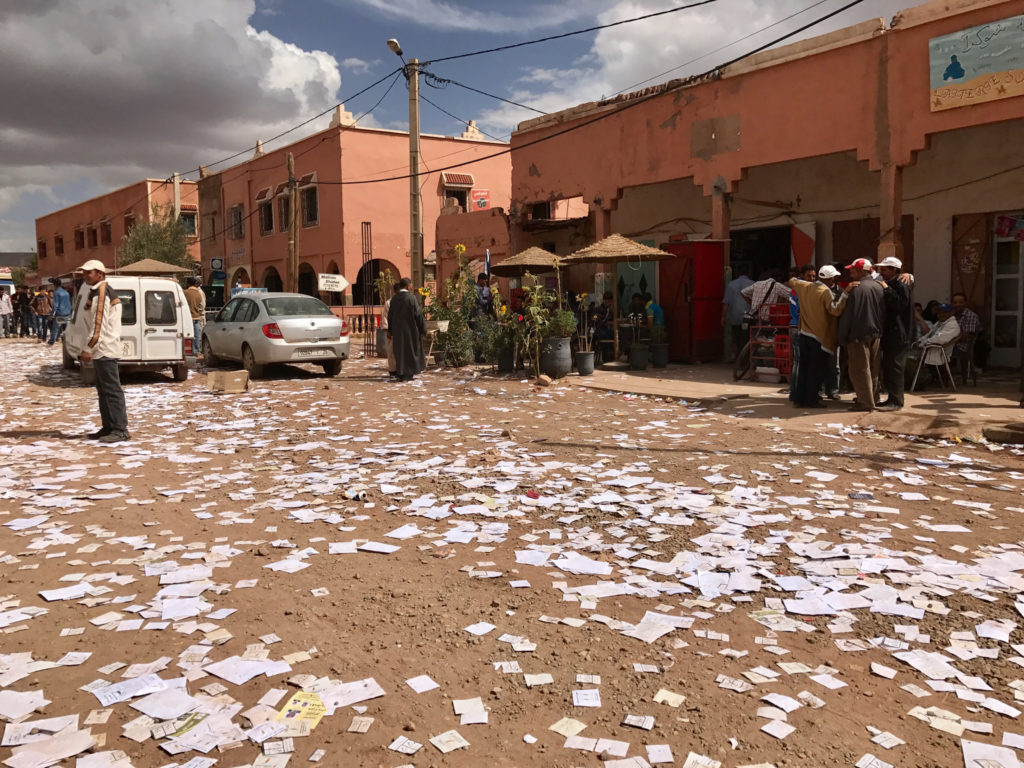
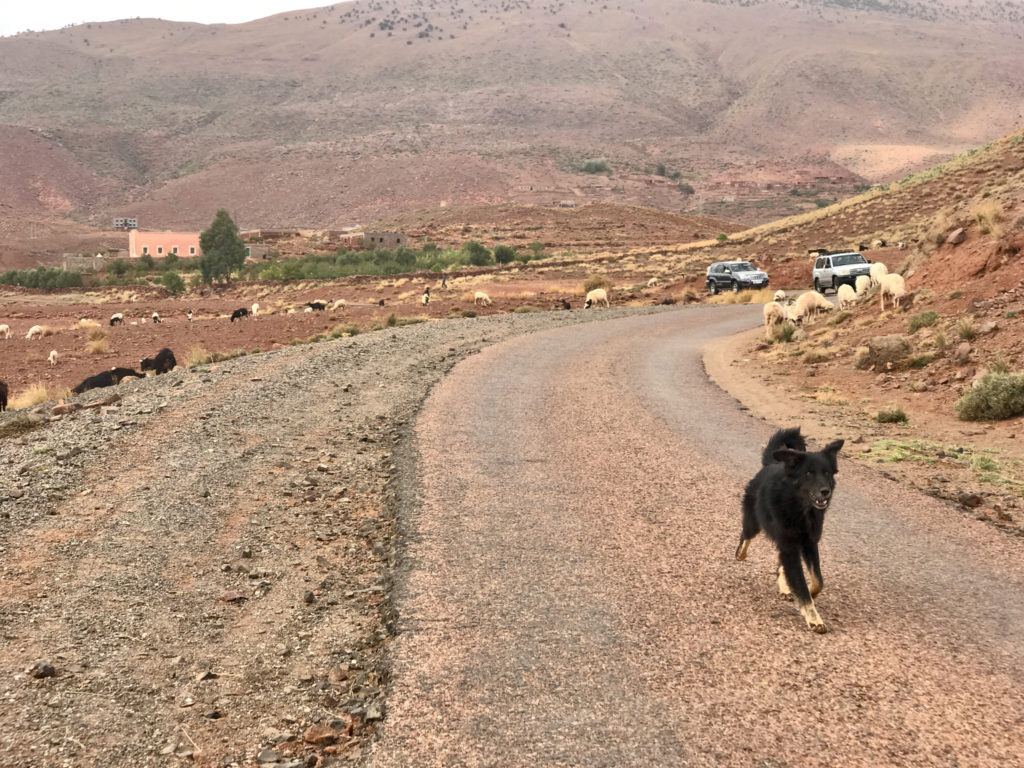
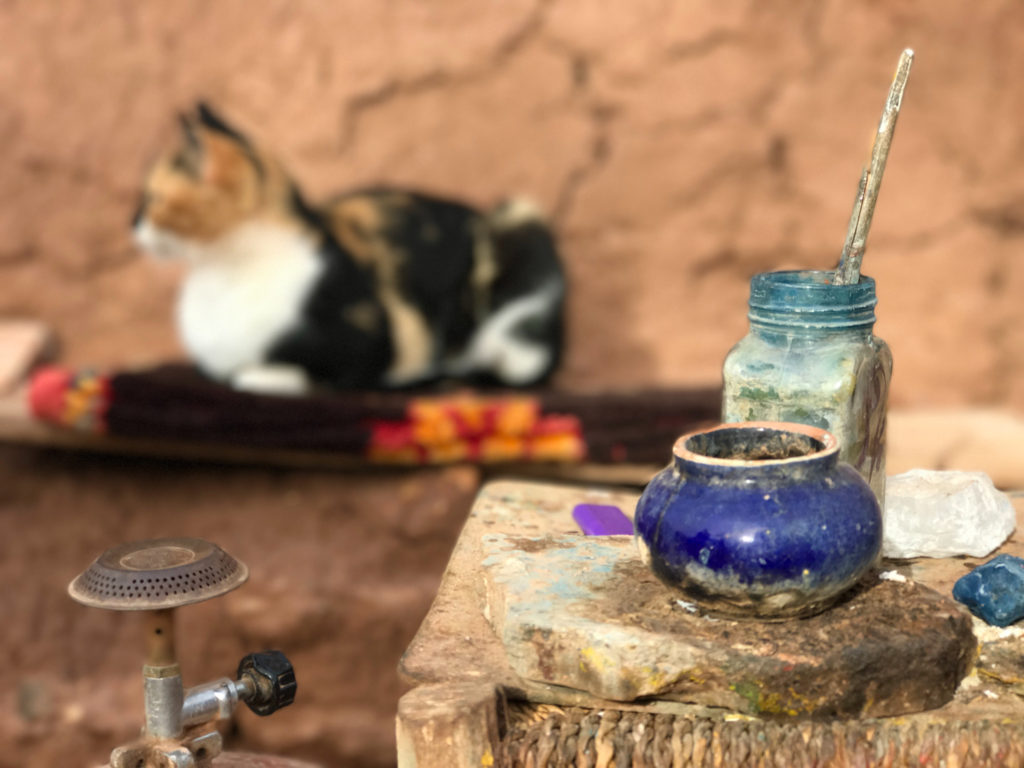
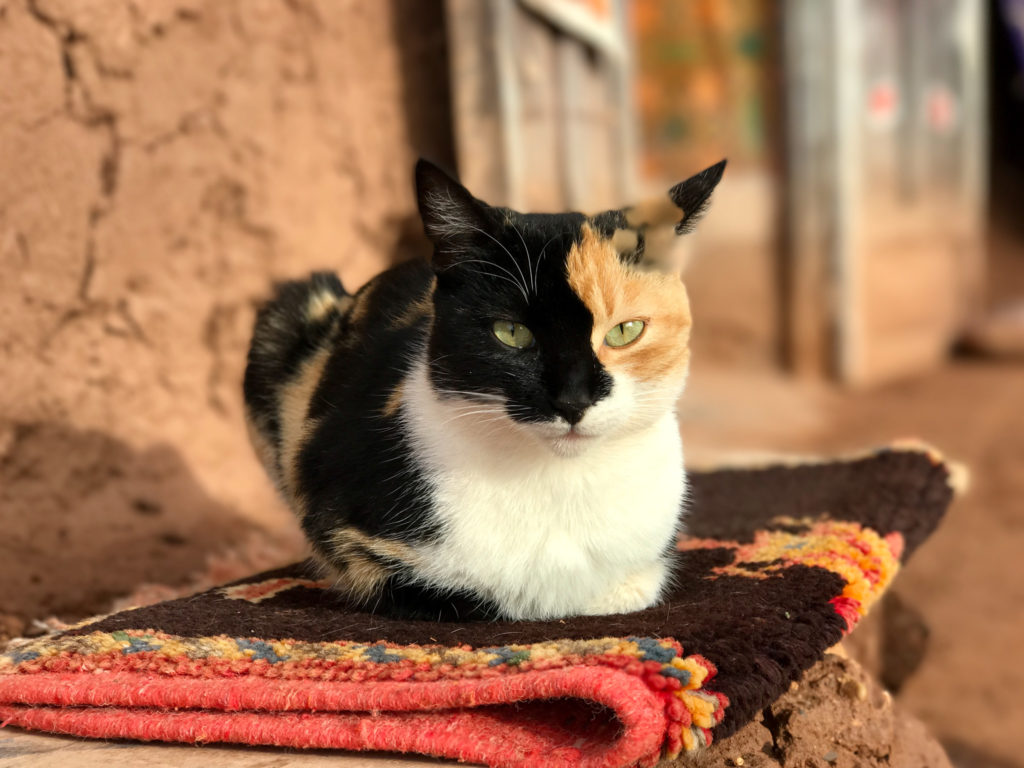
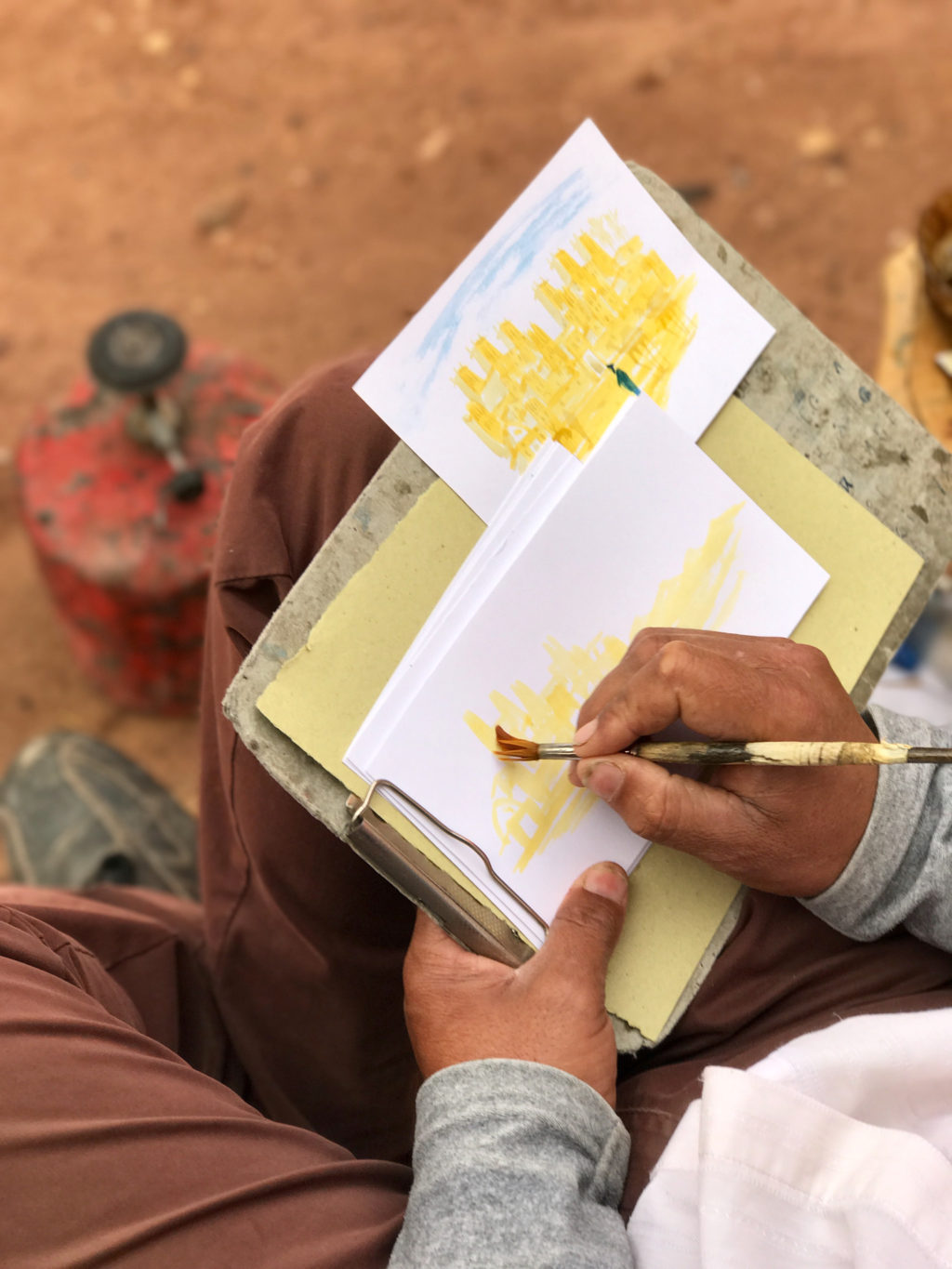
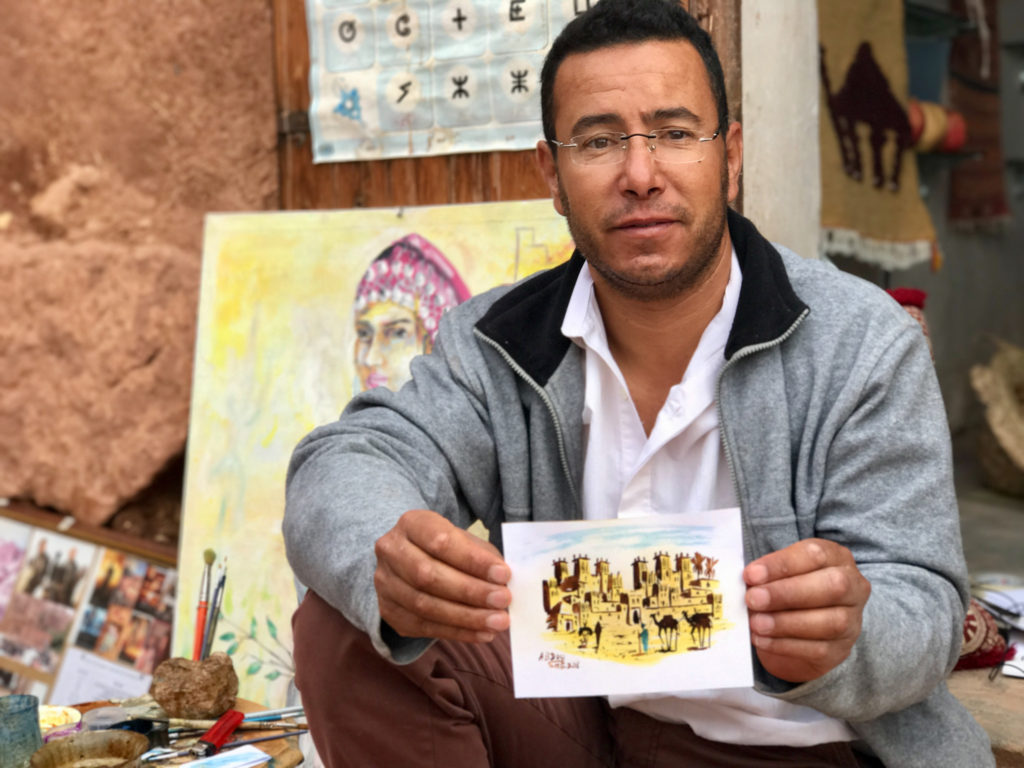
Leaving the dusty and barren landscapes that surround Aït Benhaddou, our next stop was Tamnougalt, one of the most surreal places in all of Morocco. Located in the Atlas Mountains, Tamnougalt is a kasbah and date palm oasis, seemingly in the middle of nowhere. The old ruins of the kasbah are fascinating, and you can wander and not see a soul for hours, especially not a fellow traveler.
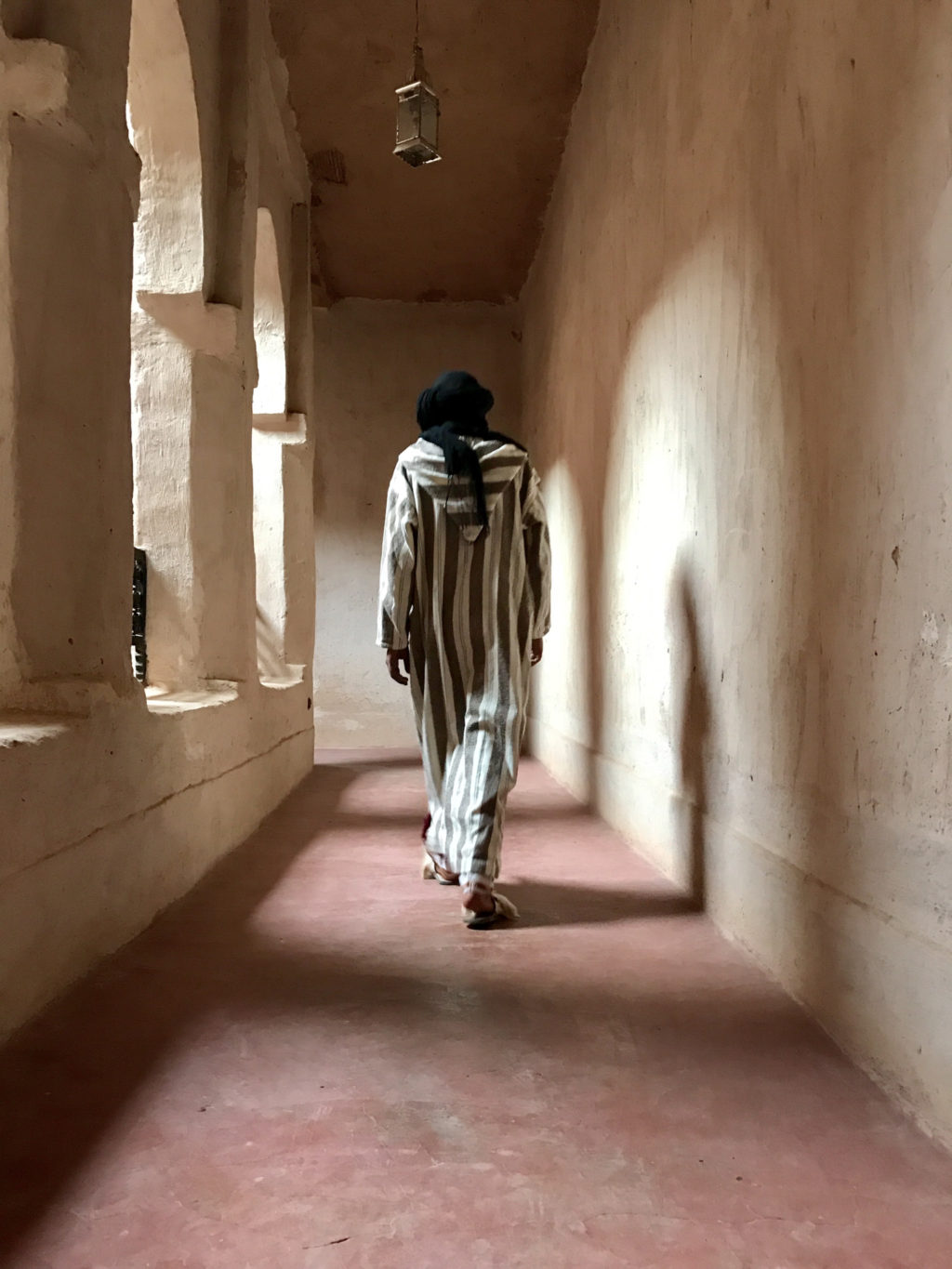
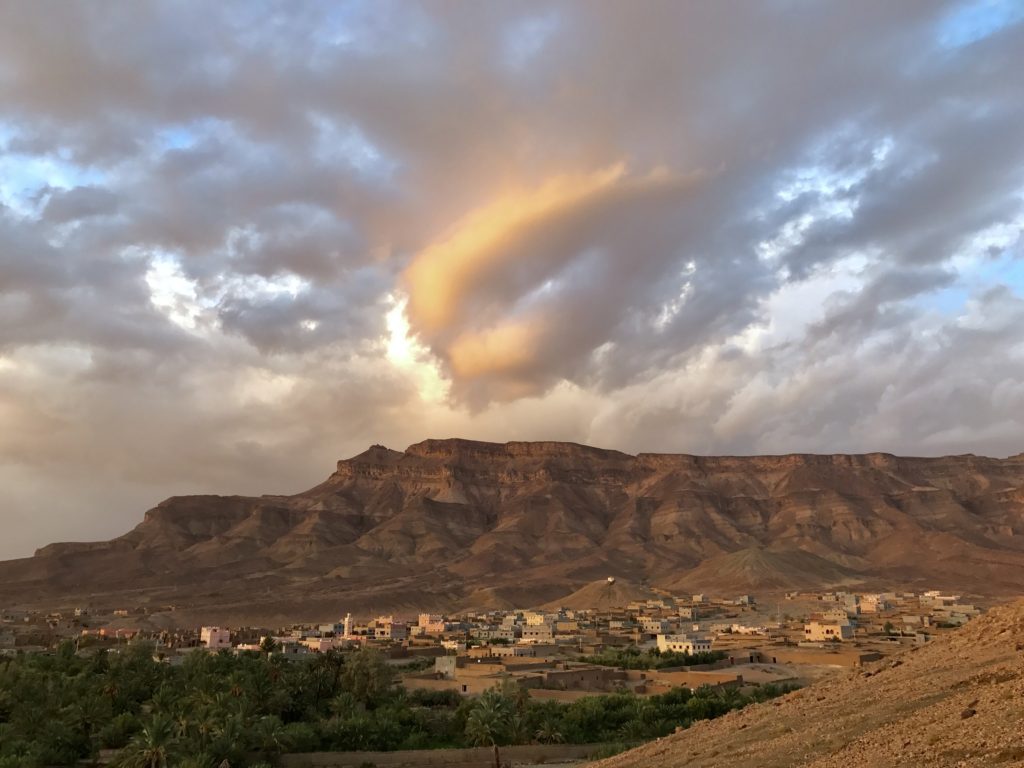
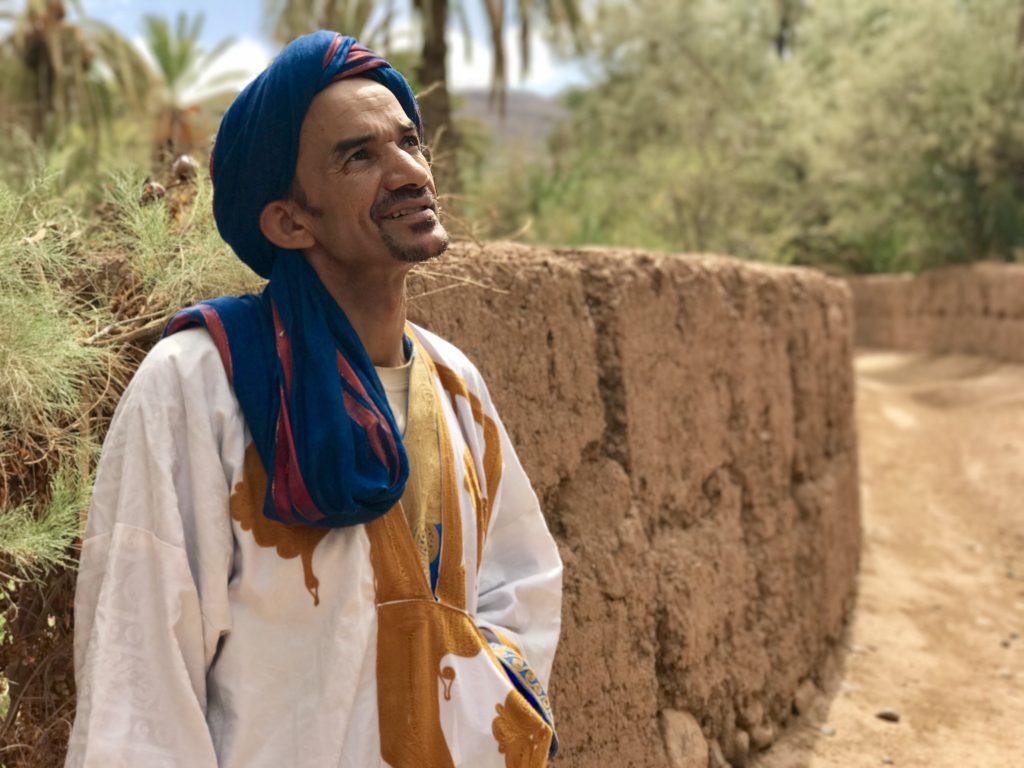
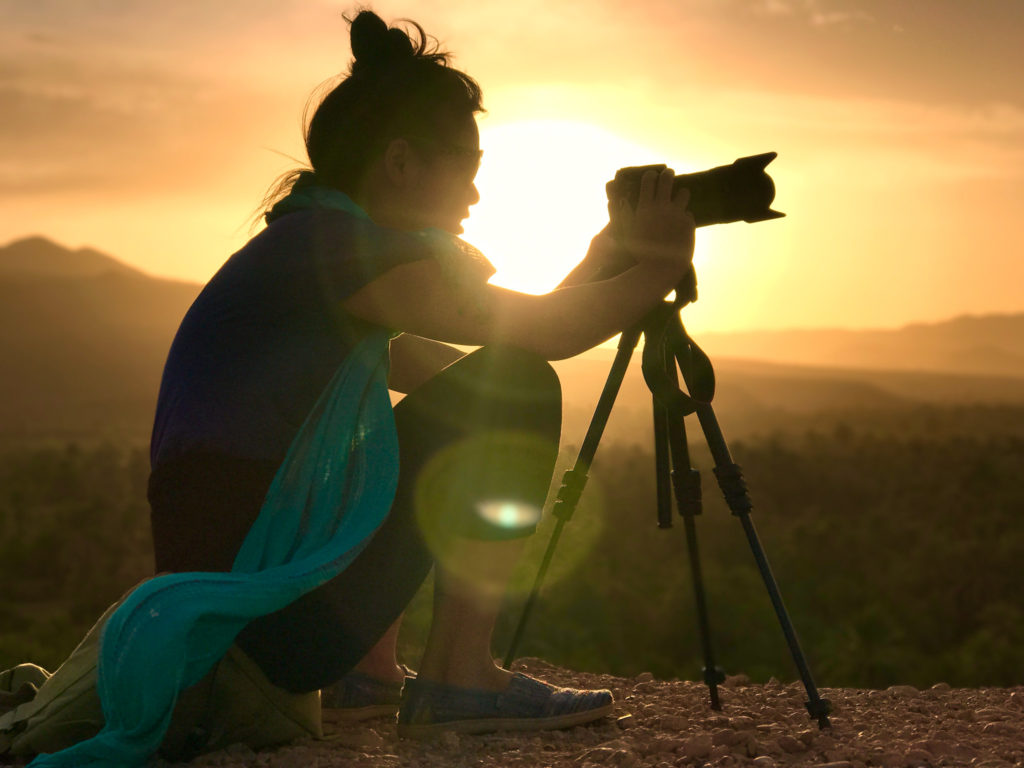
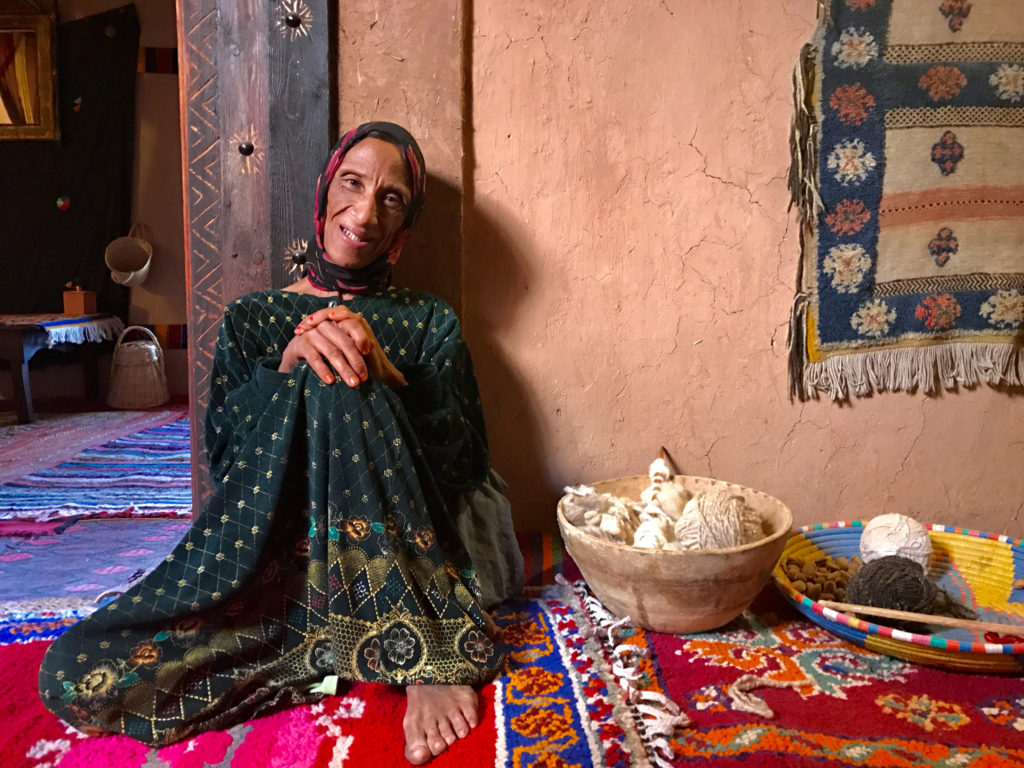
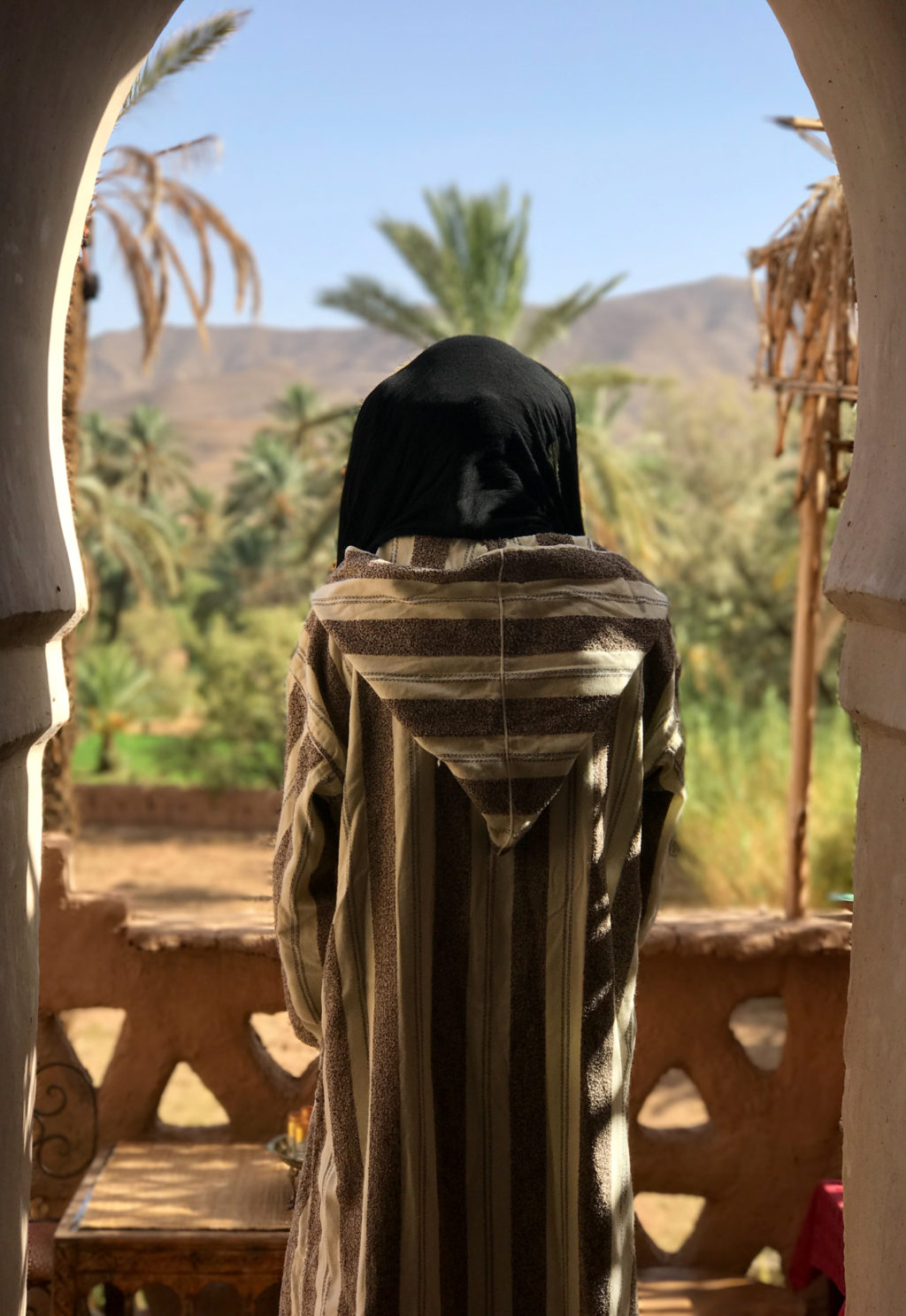
From the lush oasis filled with thousands of palms, our team once again went to the opposite extreme, where we found ourselves amidst the gigantic sand dunes in the Sahara desert at the Open Doors Morocco – Bedouin Bivouac camp. We happened to be the first residents to stay at this camp built in the middle of the famous sand dunes, but as we would find out, getting there is no easy task. About an hour into our journey with our camels, I looked to the right of me only to see what seemed to be a scene out of the apocalypse. A massive, and I mean MASSIVE sandstorm was approaching. I asked our guide, Mustapha: “How long until that sandstorm hits us?“. He looked at me and responded calmly “Five minutes.”
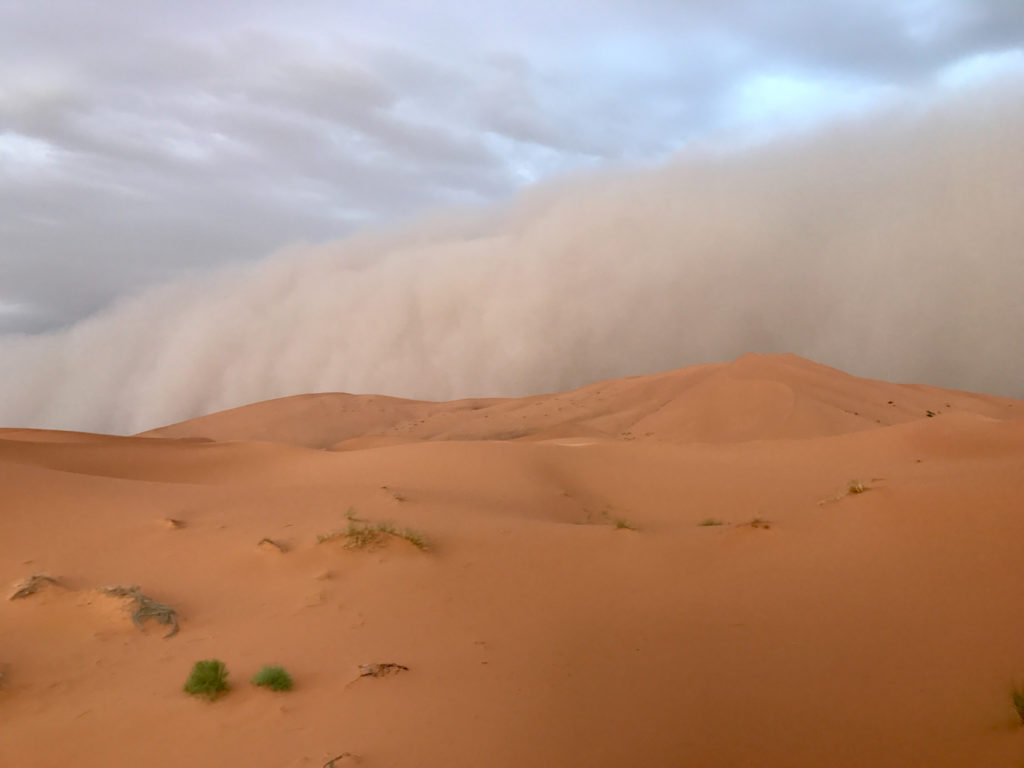
Naturally, I asked the logical follow-up question. “How long until we get to camp?” Without skipping a beat, and with no change in the tone of his voice, Mustapha calmly responded “25 Minutes.” Even though I was never good at mathematics, I quickly deduced that we would be caught in this sandstorm for about 20 minutes. After the promised five minutes, the sand hit us, just as Mustapha predicted. It felt like a million needles poking into your skin and lips. But wouldn’t you know it, that was maybe the most entertaining and exhilarating 20 minutes of my life.
After the storm had settled, we were greeted with a clear night where the stars shined bright. After just a quick cat nap, we trekked up one of the biggest dunes in the desert for a sunrise view of the sprawling desert. The Sahara desert is truly one of the most unique places in the world.
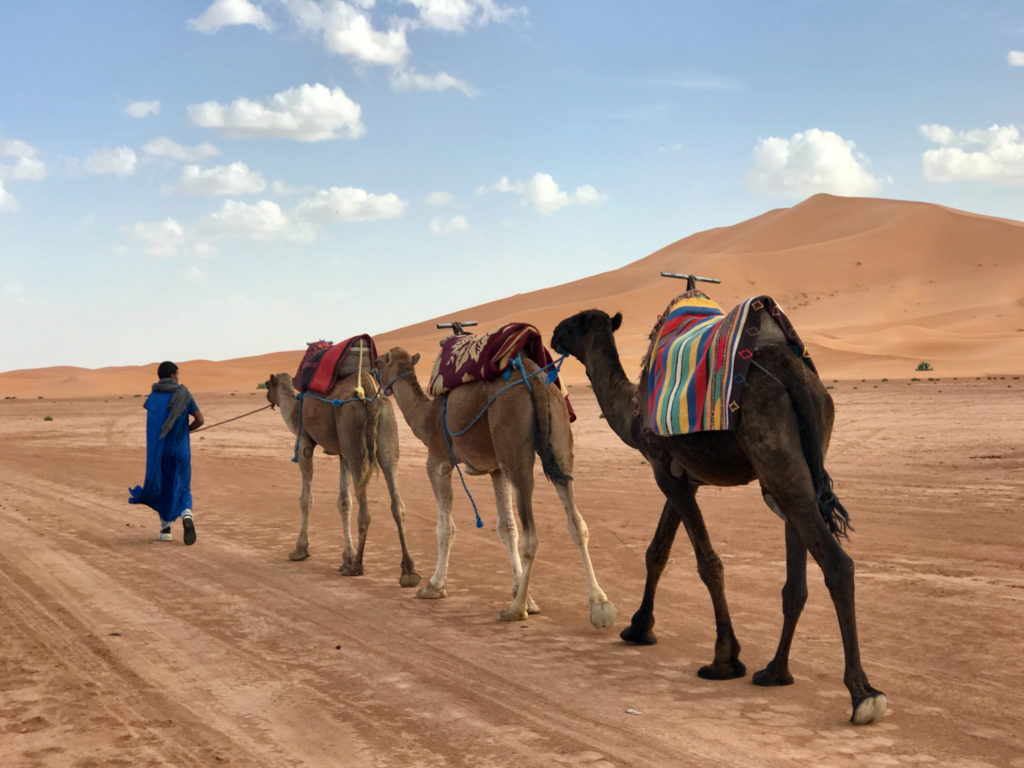
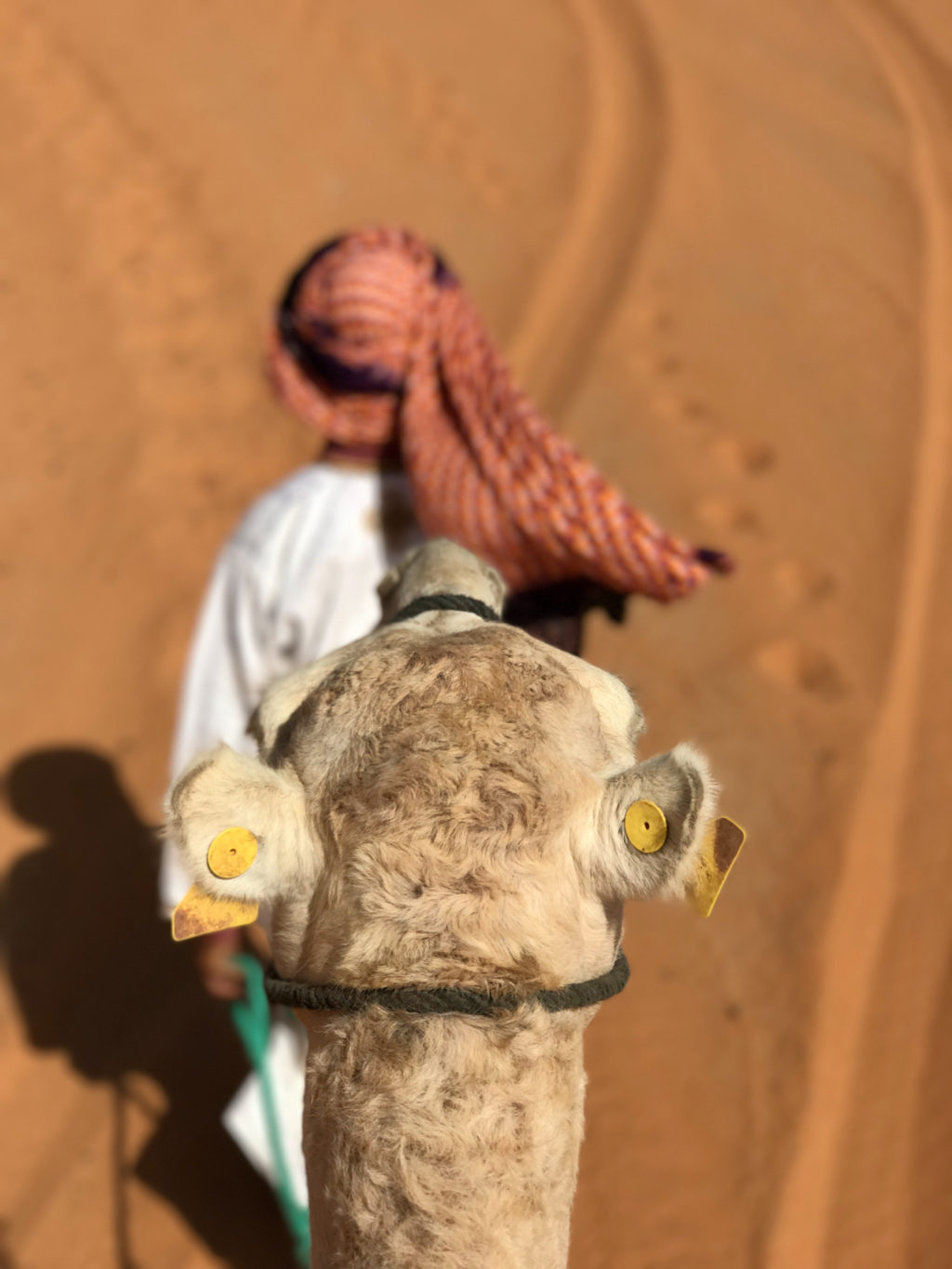
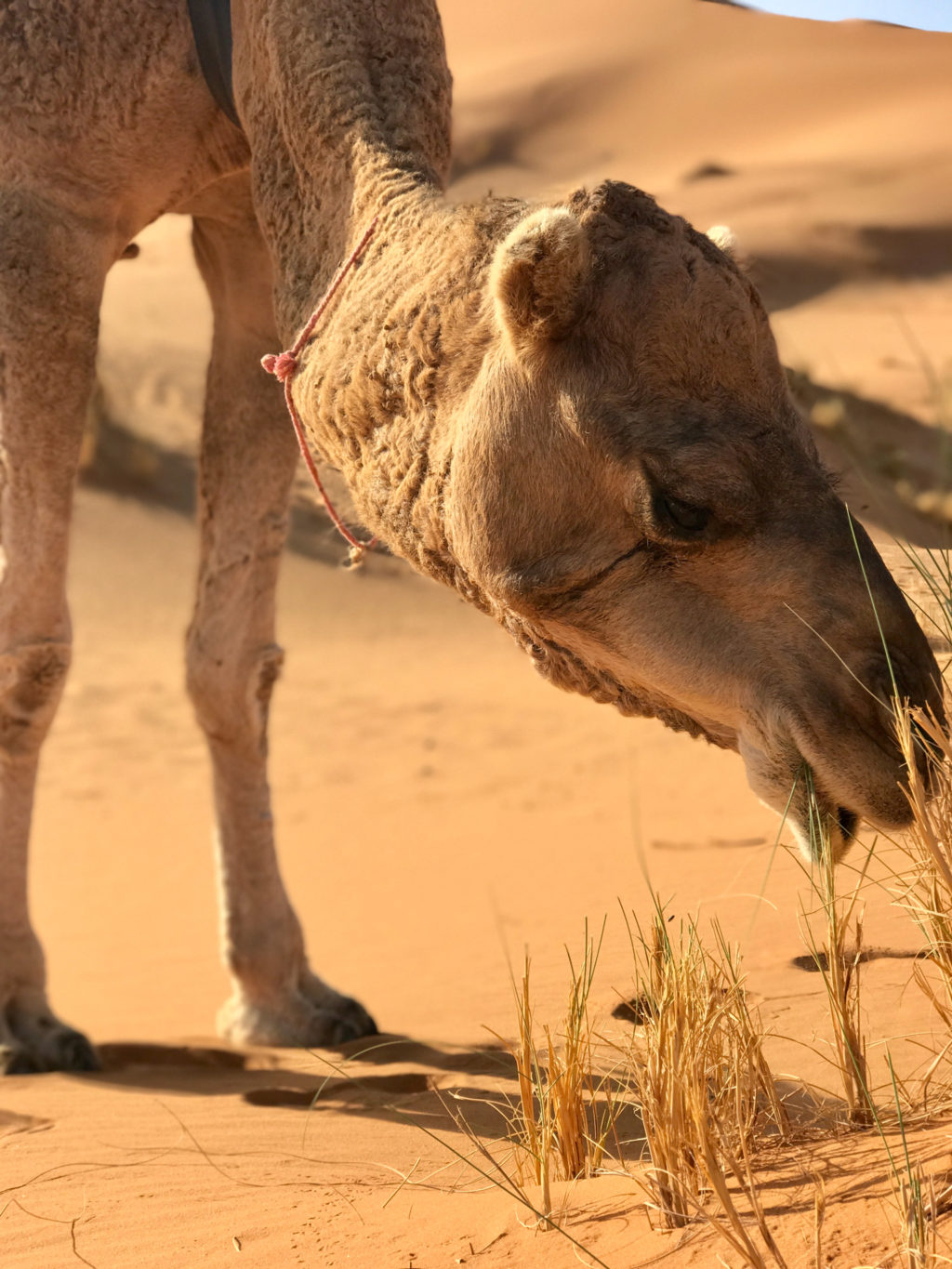
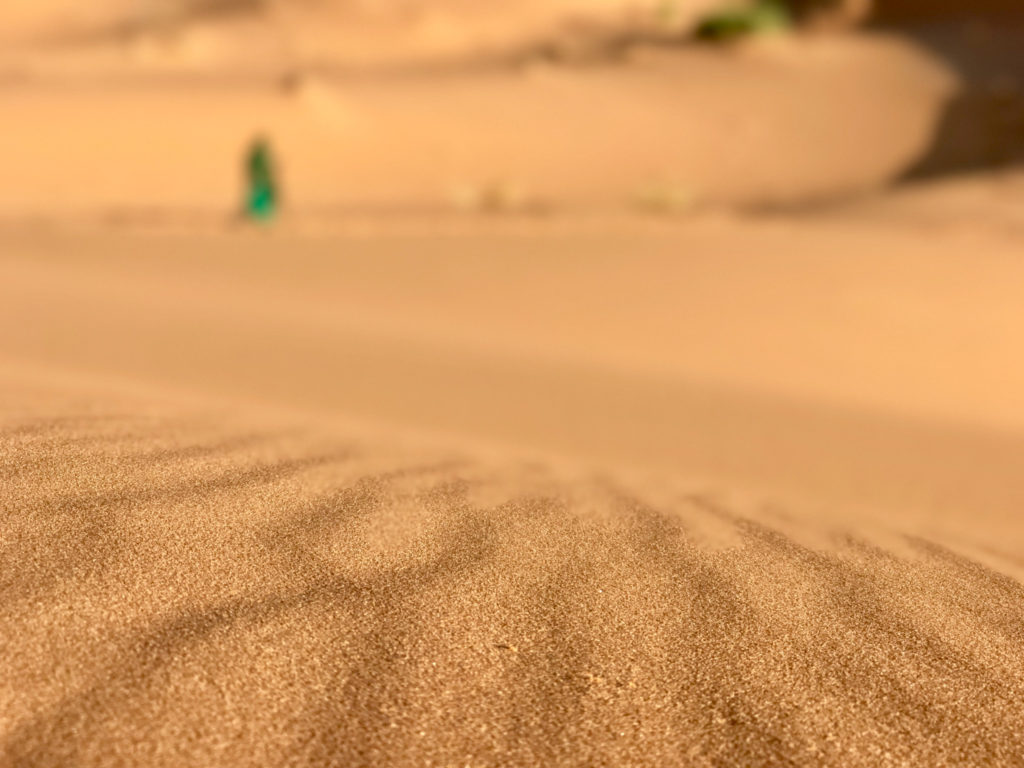
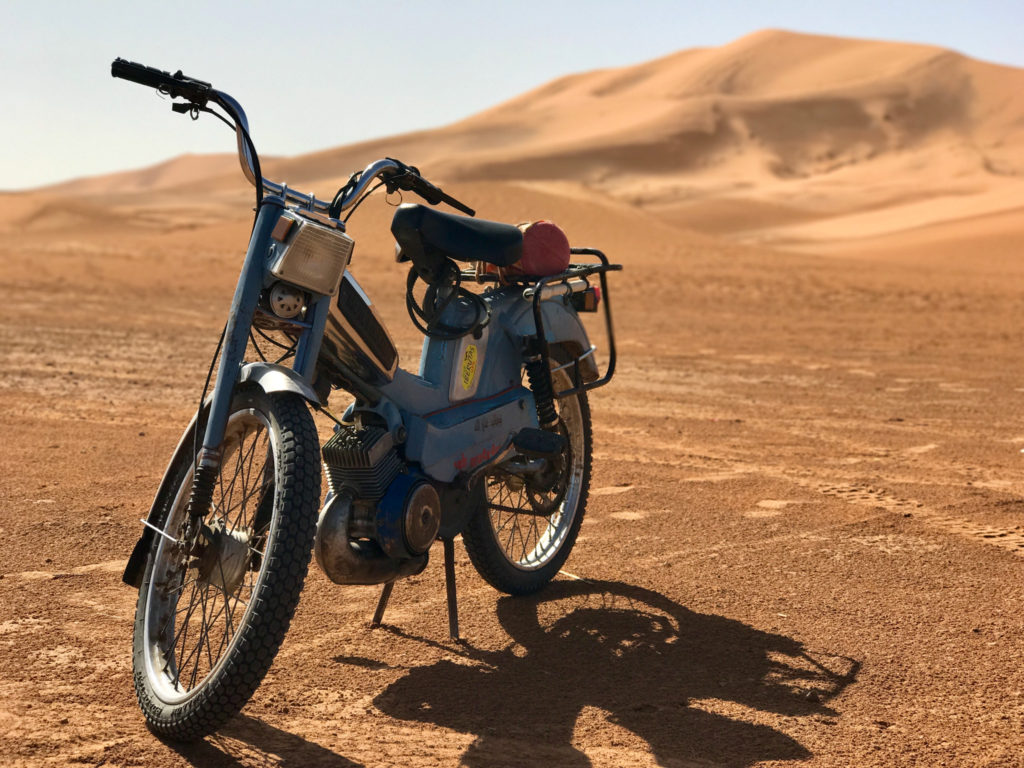
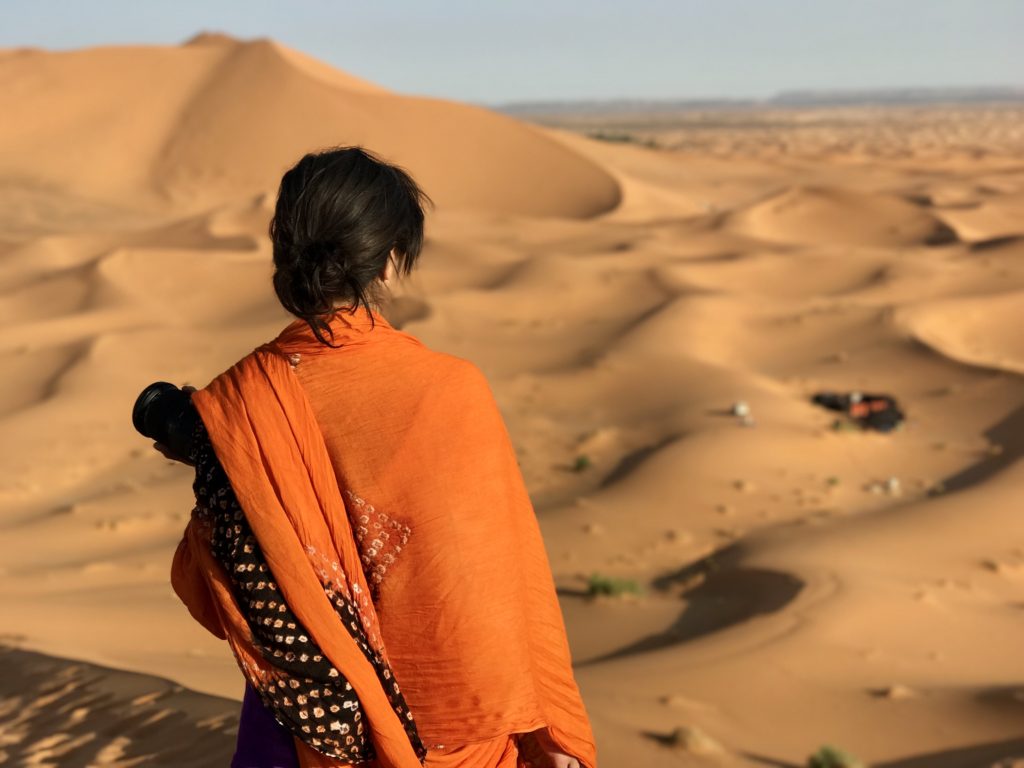
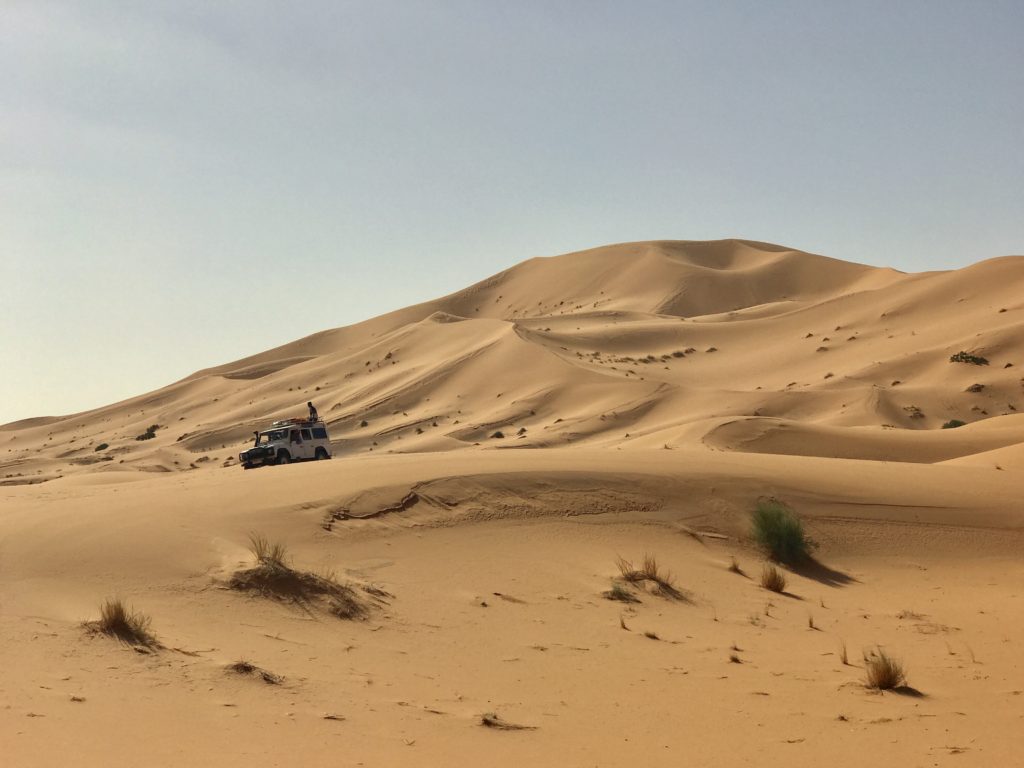
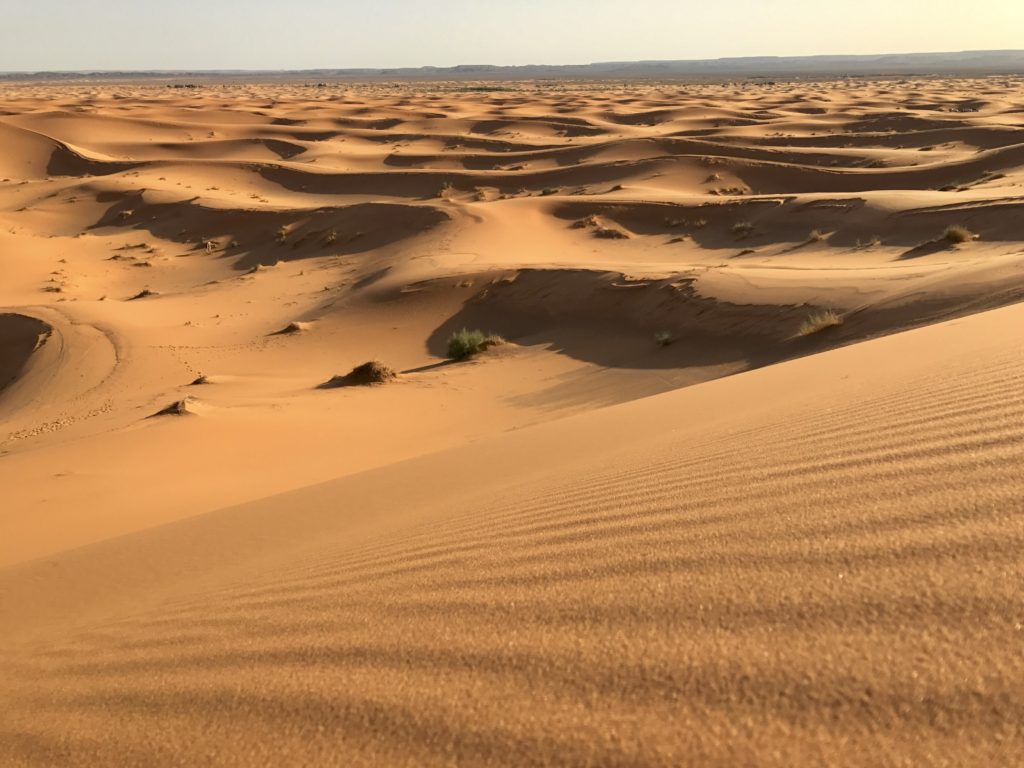
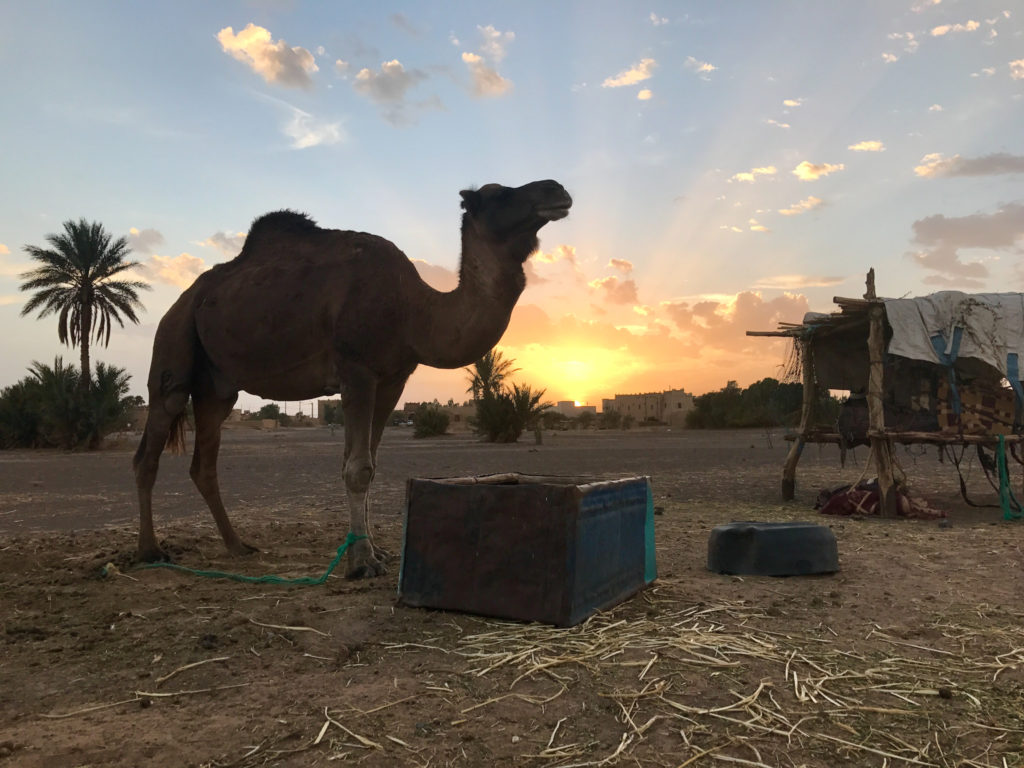
Not far from the dunes, Gnawa musicians from Groupe des Bambaras at the Dar Gnaoua in Khamlia will proudly play their African Islamic spiritual religious songs for hours on end while you enjoy a cup of hot tea. In addition to being some of the most tantalizing music to be heard in Africa, the musician’s bright white clothing and red sash make for a perfect color combination against the bright red Moroccan flags and vibrant blue couches.
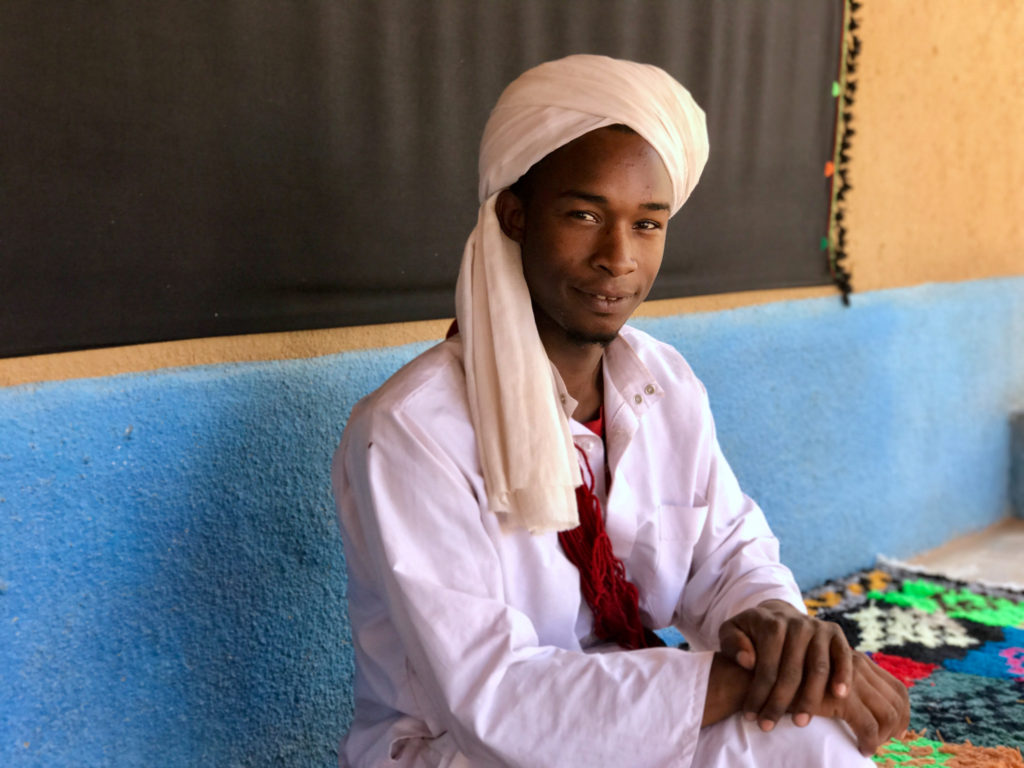
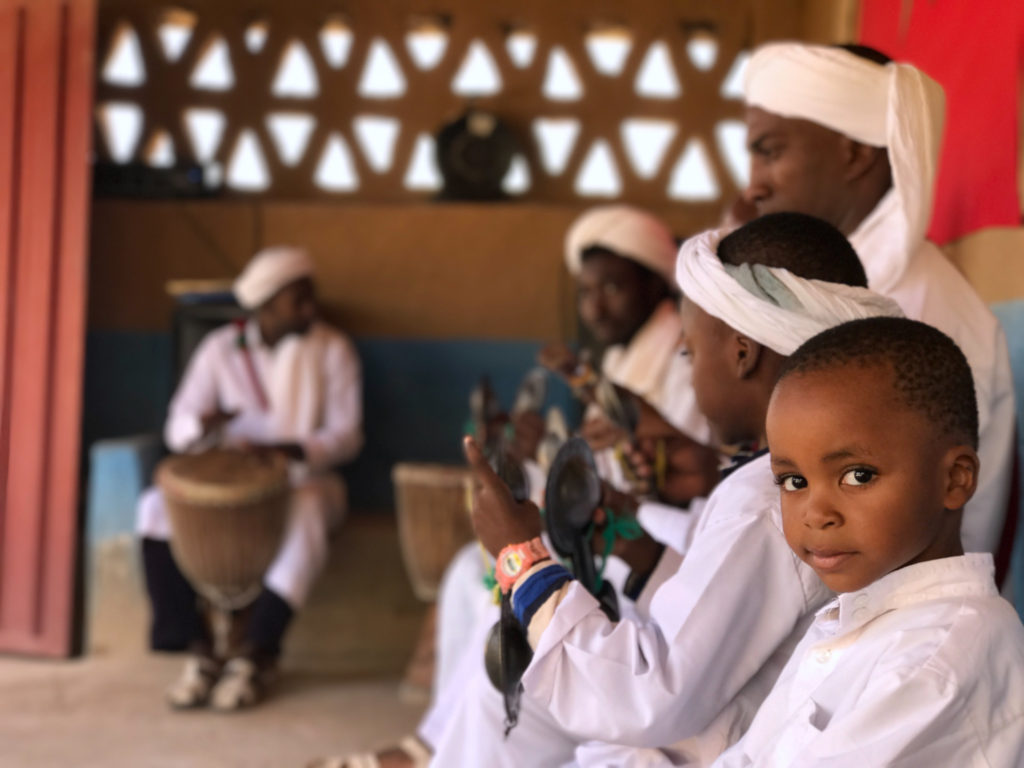
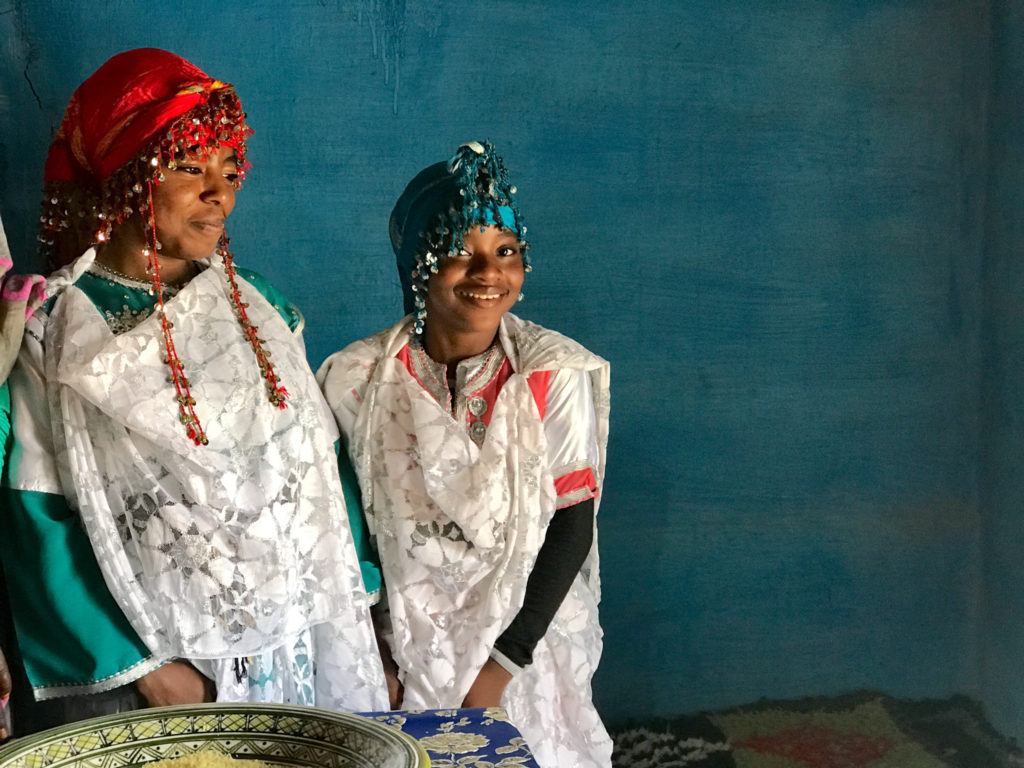
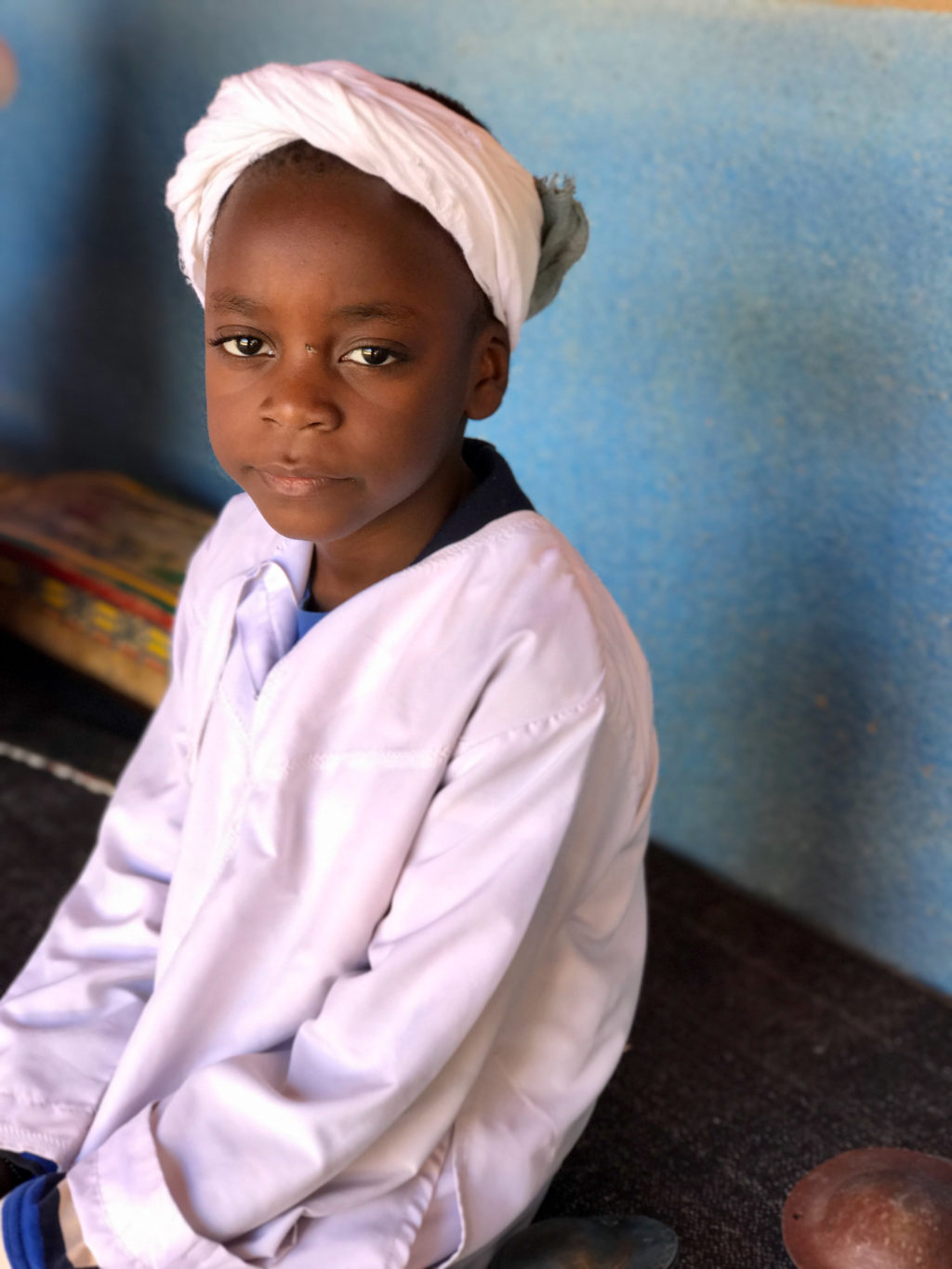
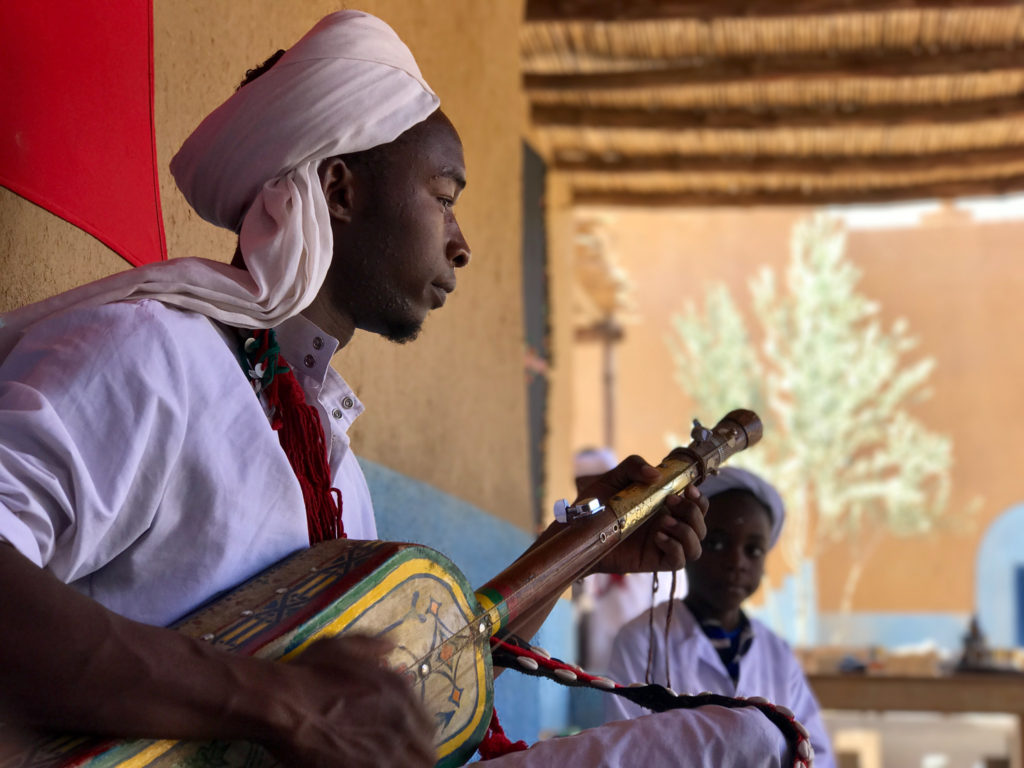
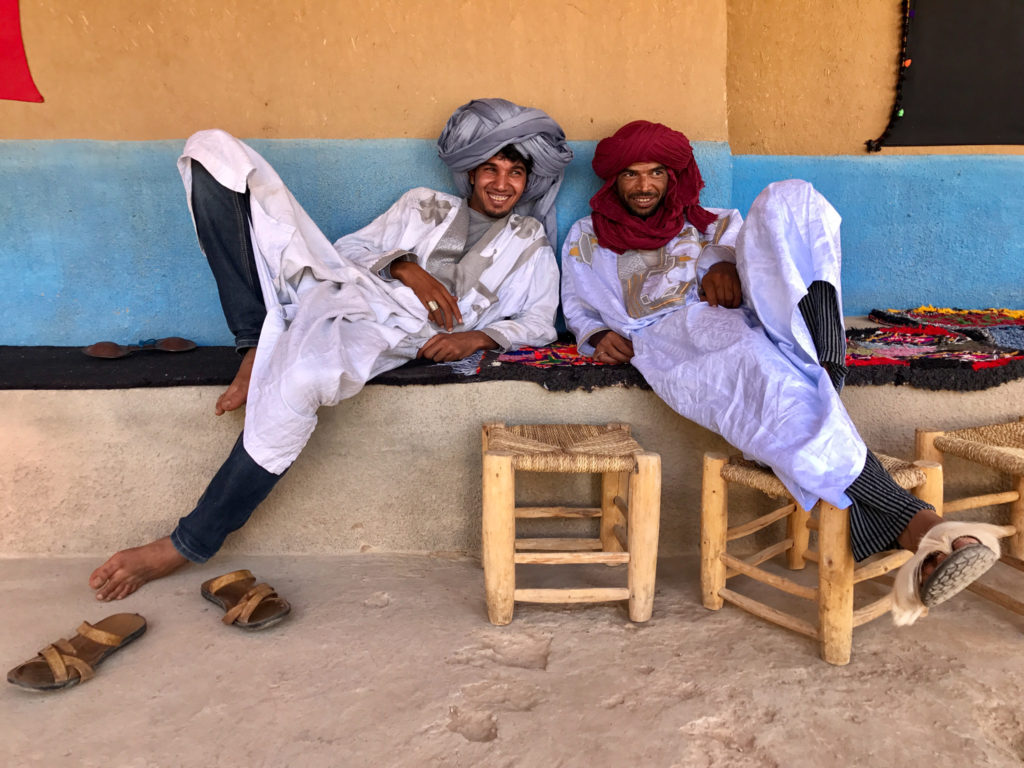
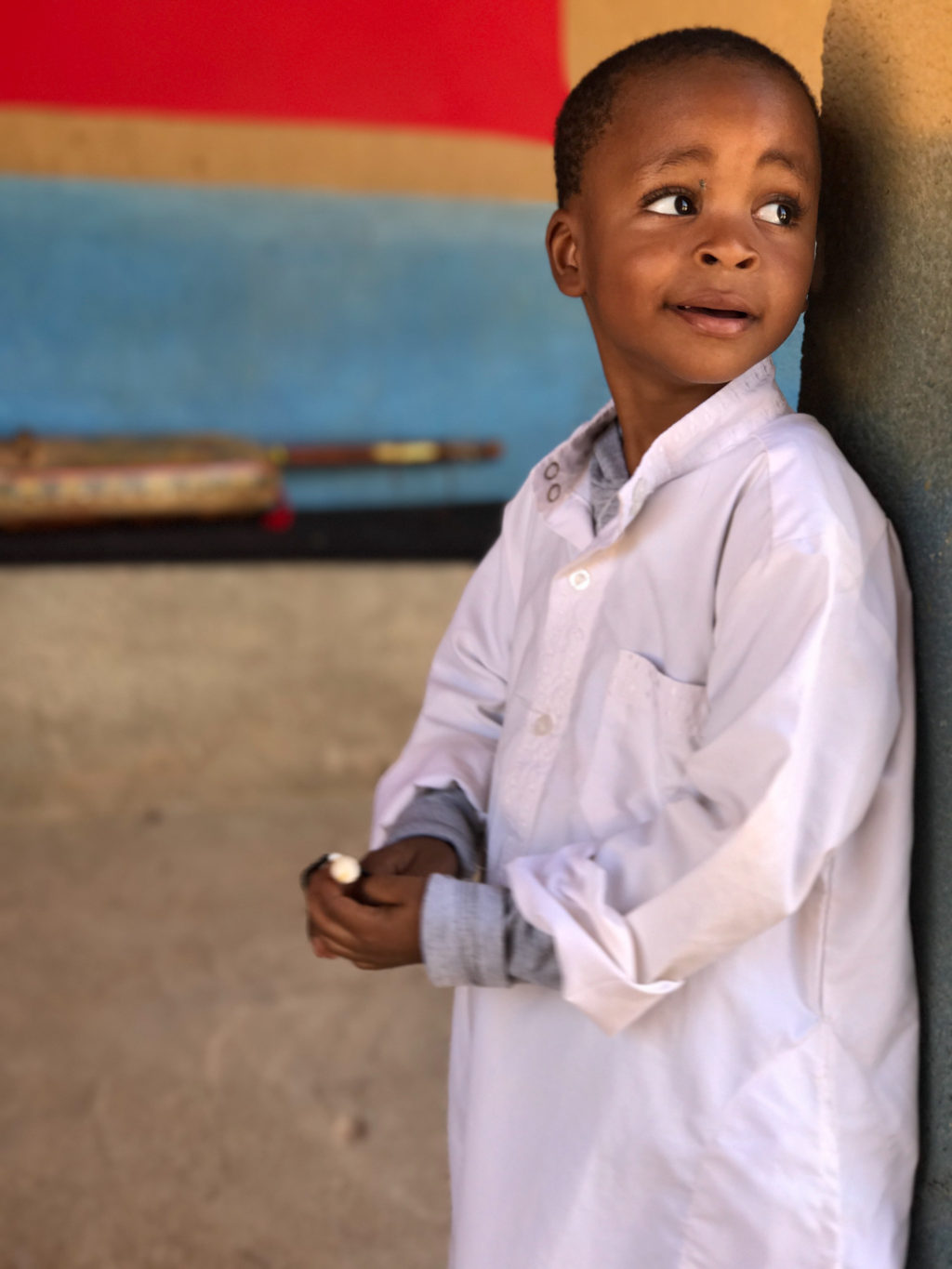
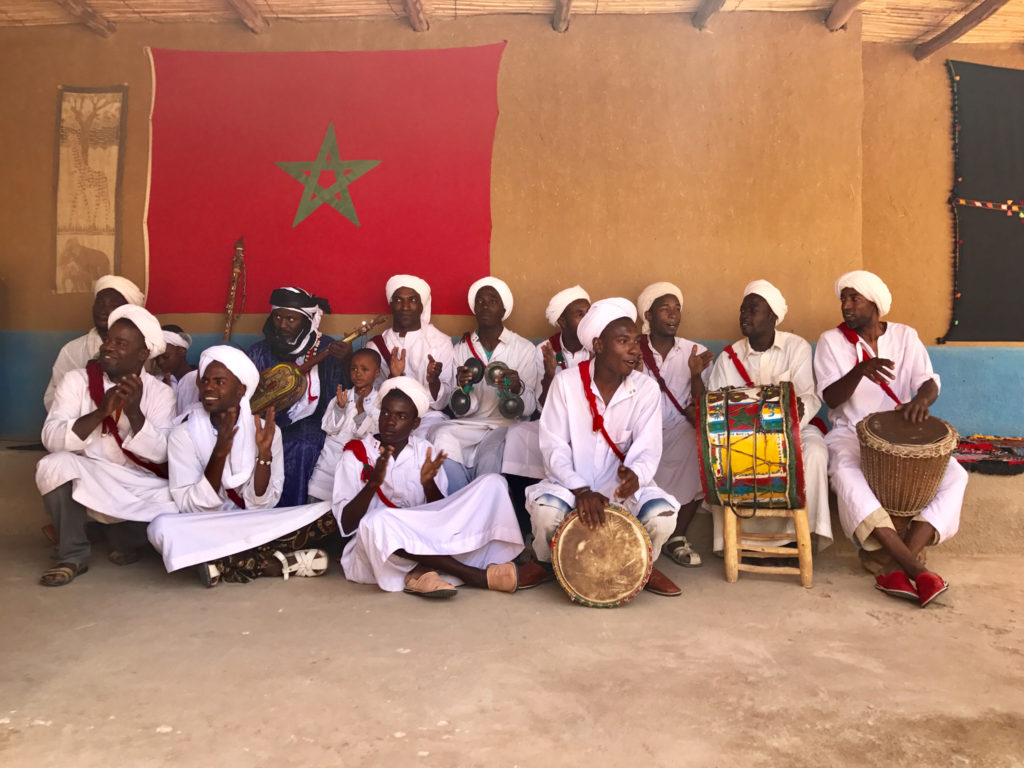
Continuing our tour of the seemingly endless landscapes of Morocco, just outside of the Atlas Mountains, we found ourselves in the Dadès Gorge. The sheer rock walls jut up from the flowing Dadès River until you get to a remarkable switchback road. From the top, the view of the windy road is a visual storyteller’s dream. So much so, the road has been the scene of countless car commercials.
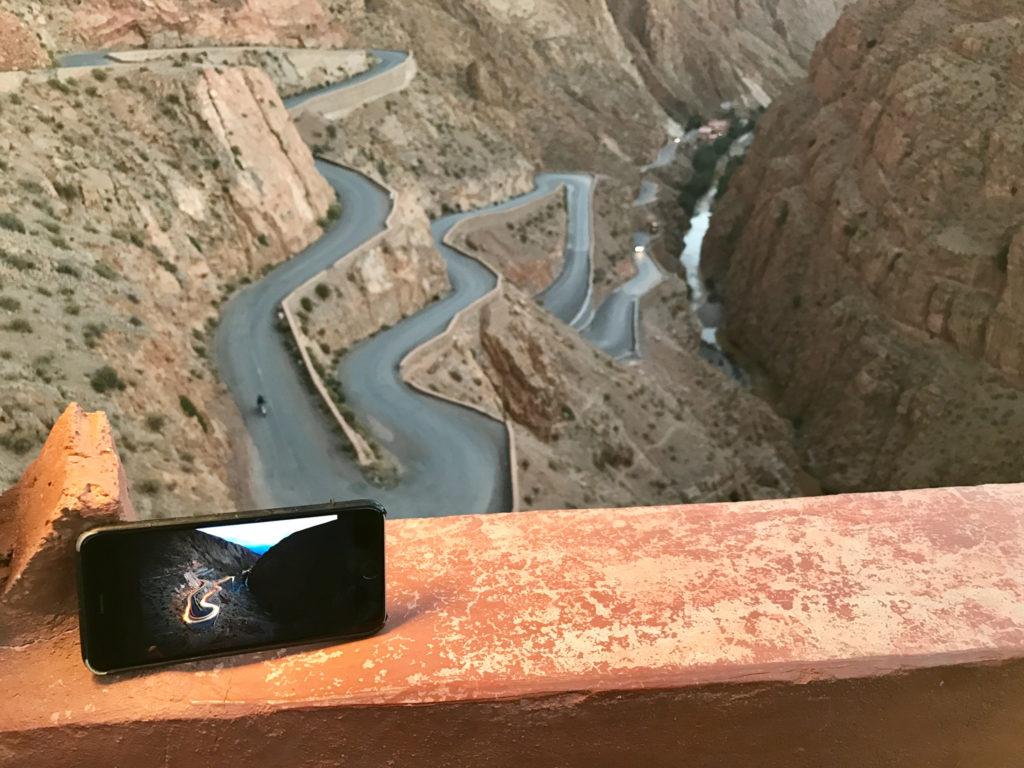
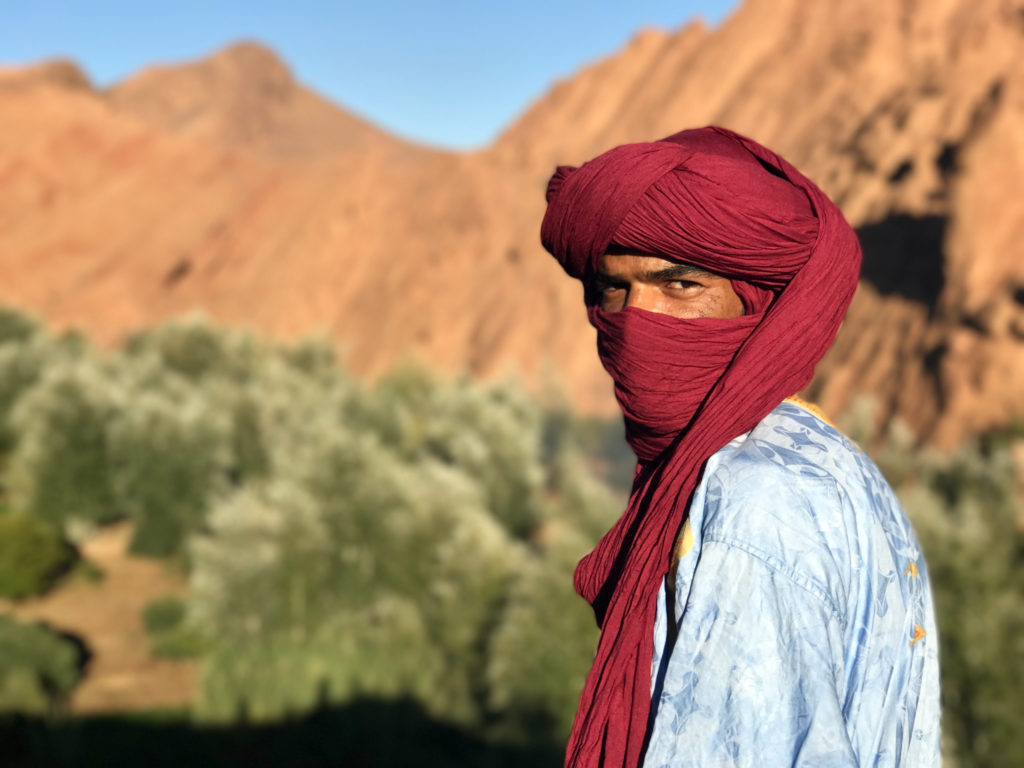
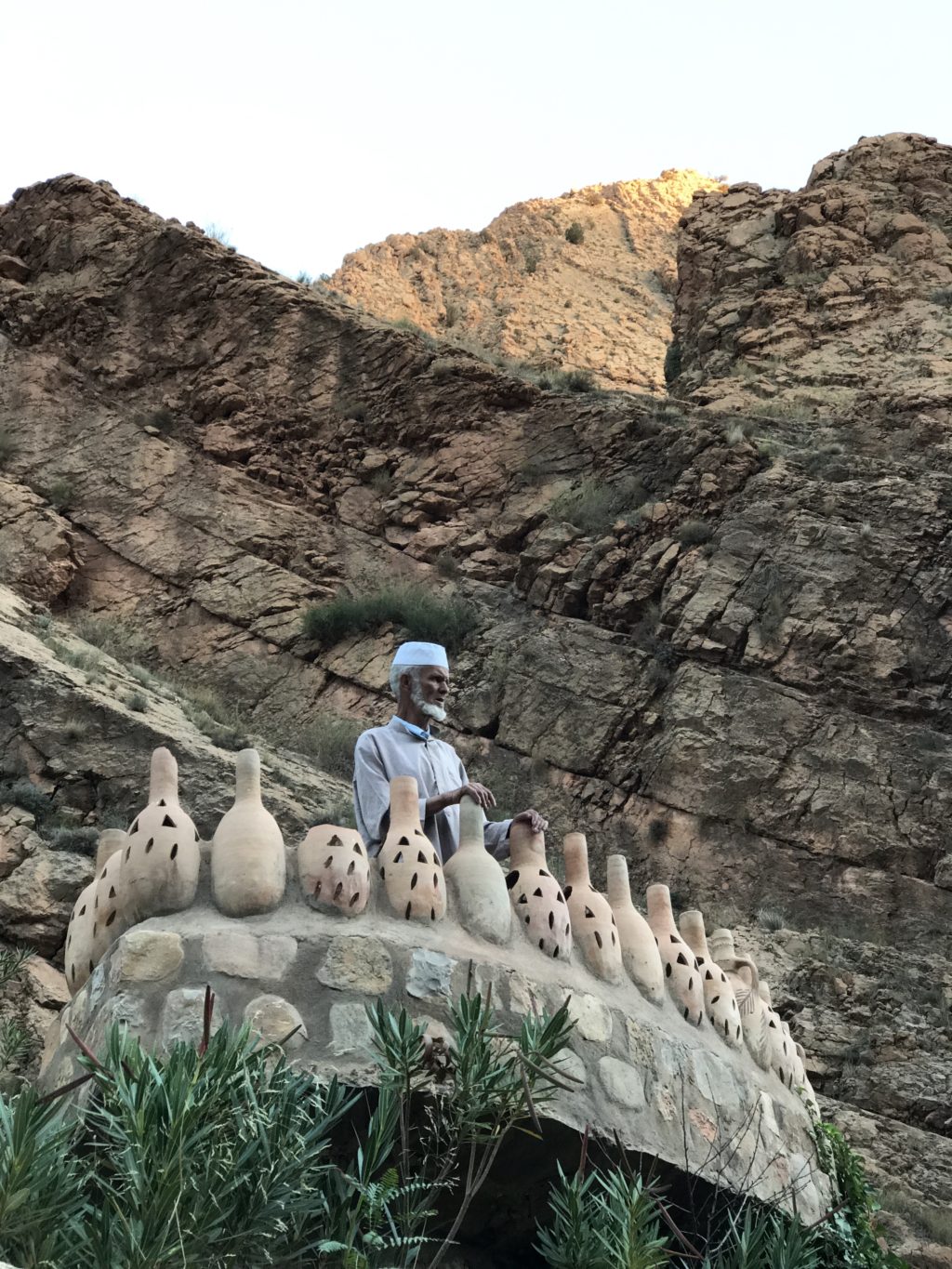
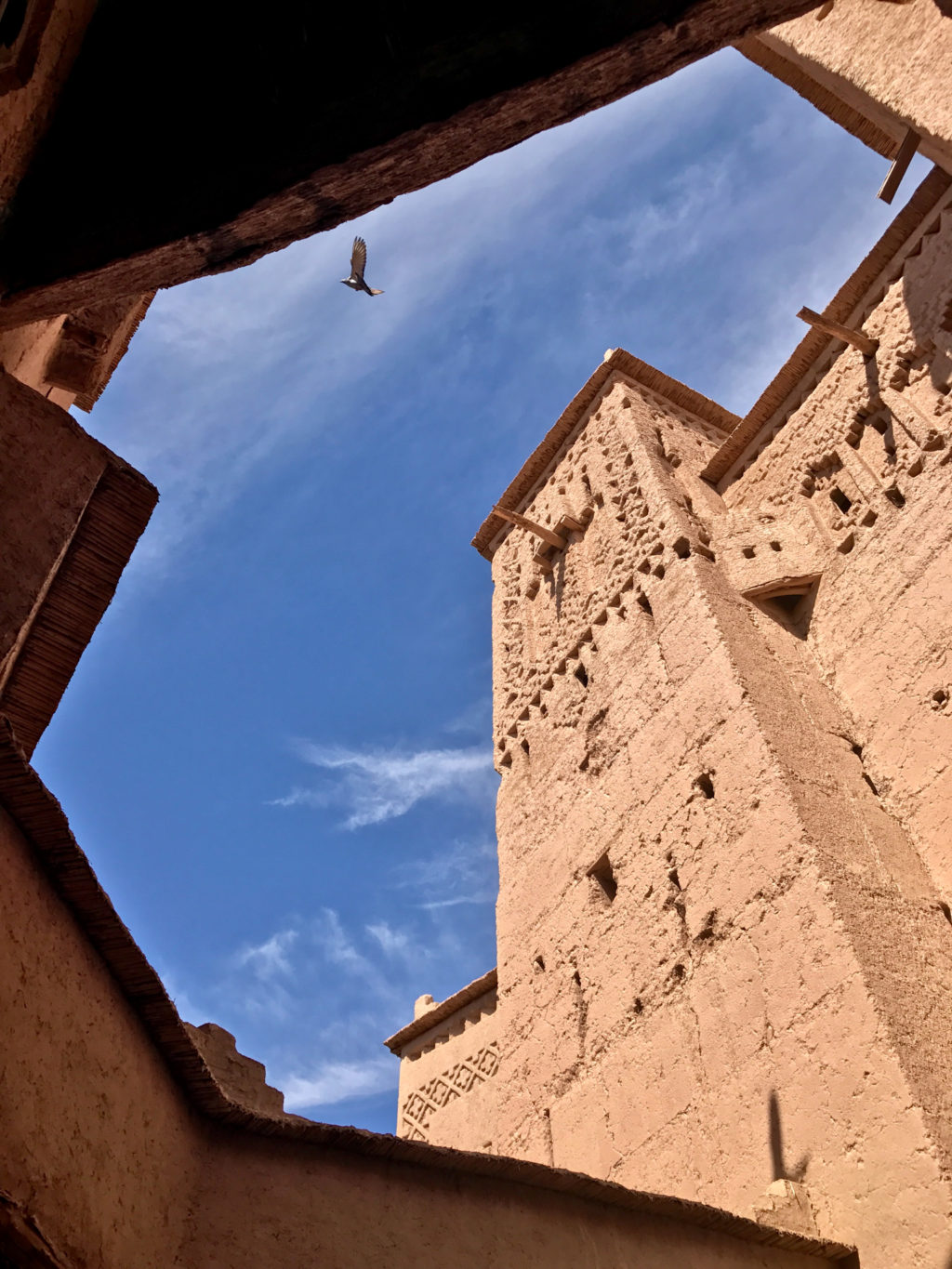
Having journeyed all through this incredible country with my team members from The Giving Lens, our joint experience had come to an end when we returned to Marrakesh the following day. But I couldn’t leave the romanticized visions I have of Morocco behind that easily. And little did I know that some of my favorite photos of the journey had yet to come.
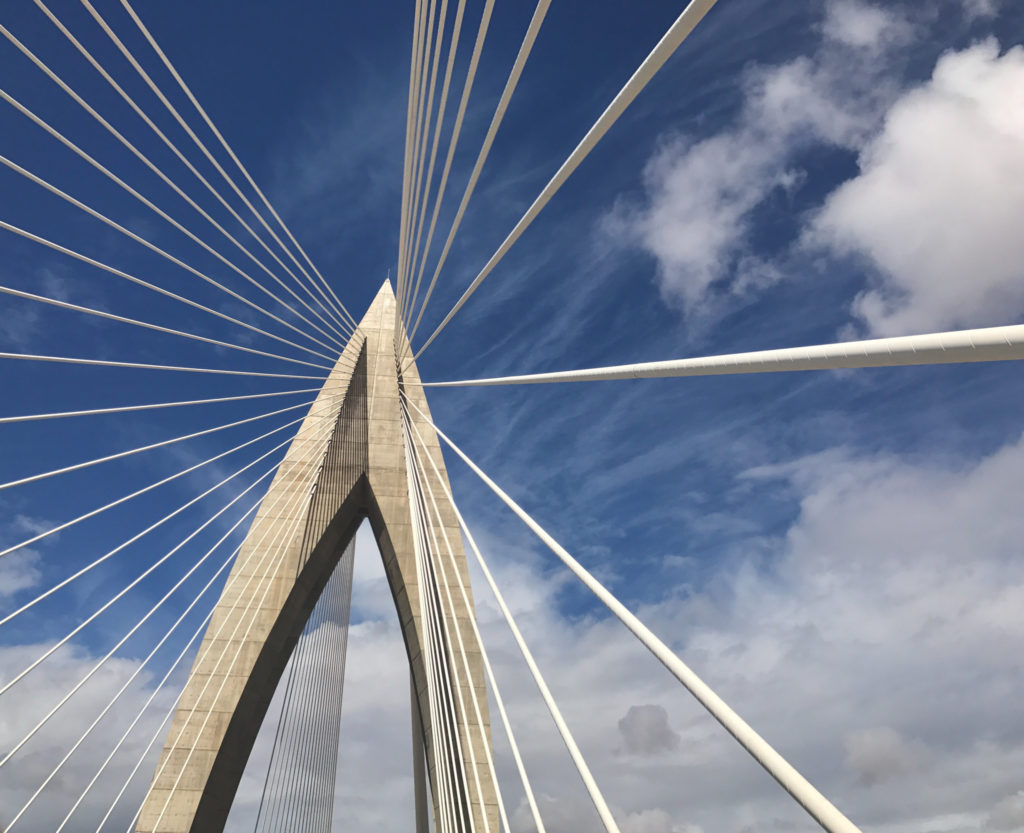
For the next week, my friends from Open Doors Morocco took me to Chefchaouen, a town in Northern Morocco that earned the nickname ‘The Blue Pearl’ due to it’s abundant blue painted buildings. Usually, after three weeks of traveling, my creative batteries are nearly drained, but this town, the vibrant blue walls, the rainbow colored bags of paint powder and the tiny alleyways made photographing fun, even though I was exhausted. But as always, as photogenic as the country of Morocco is, it is the friendly, smiling people that leave me excited to come back for more.


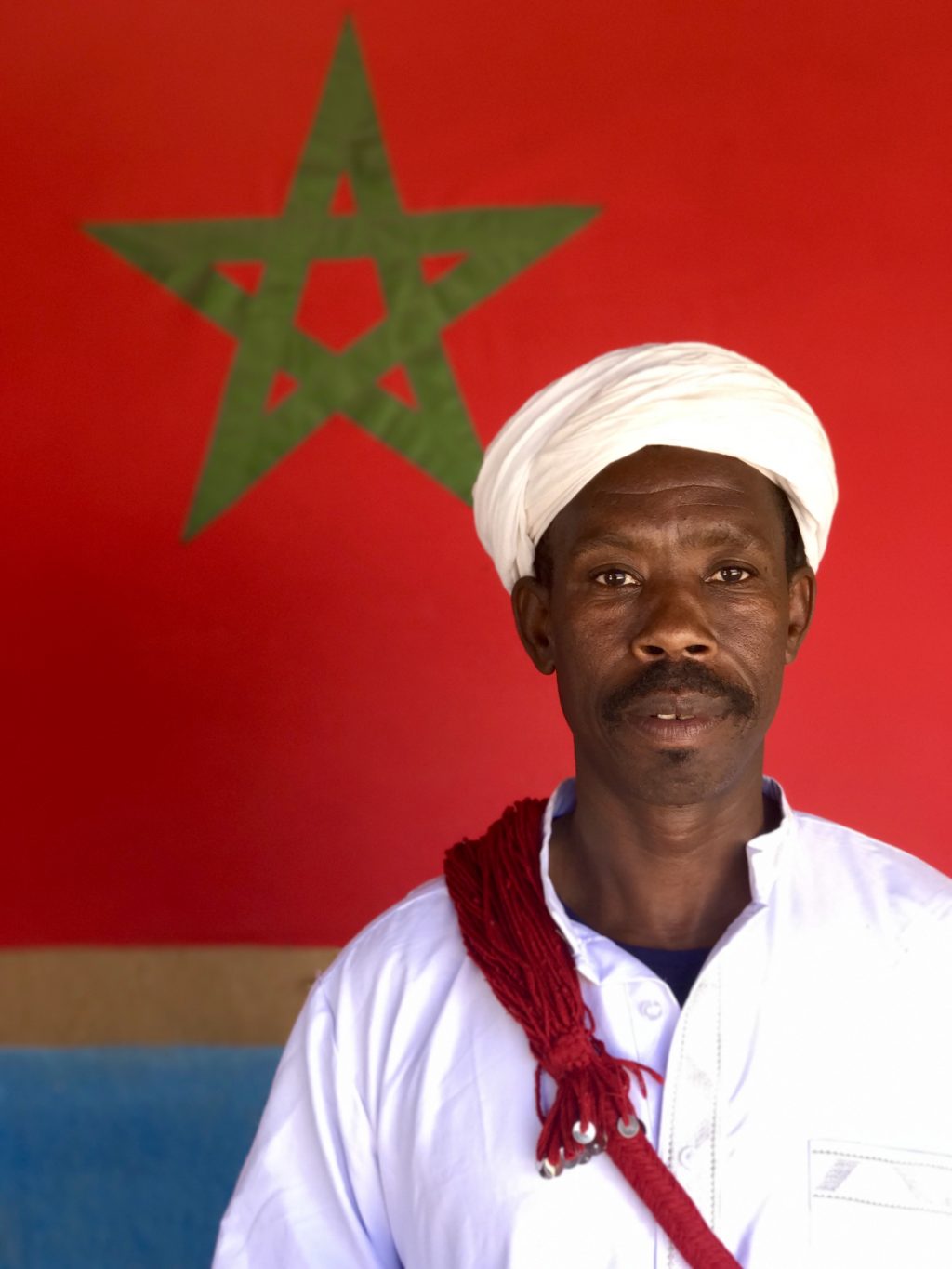
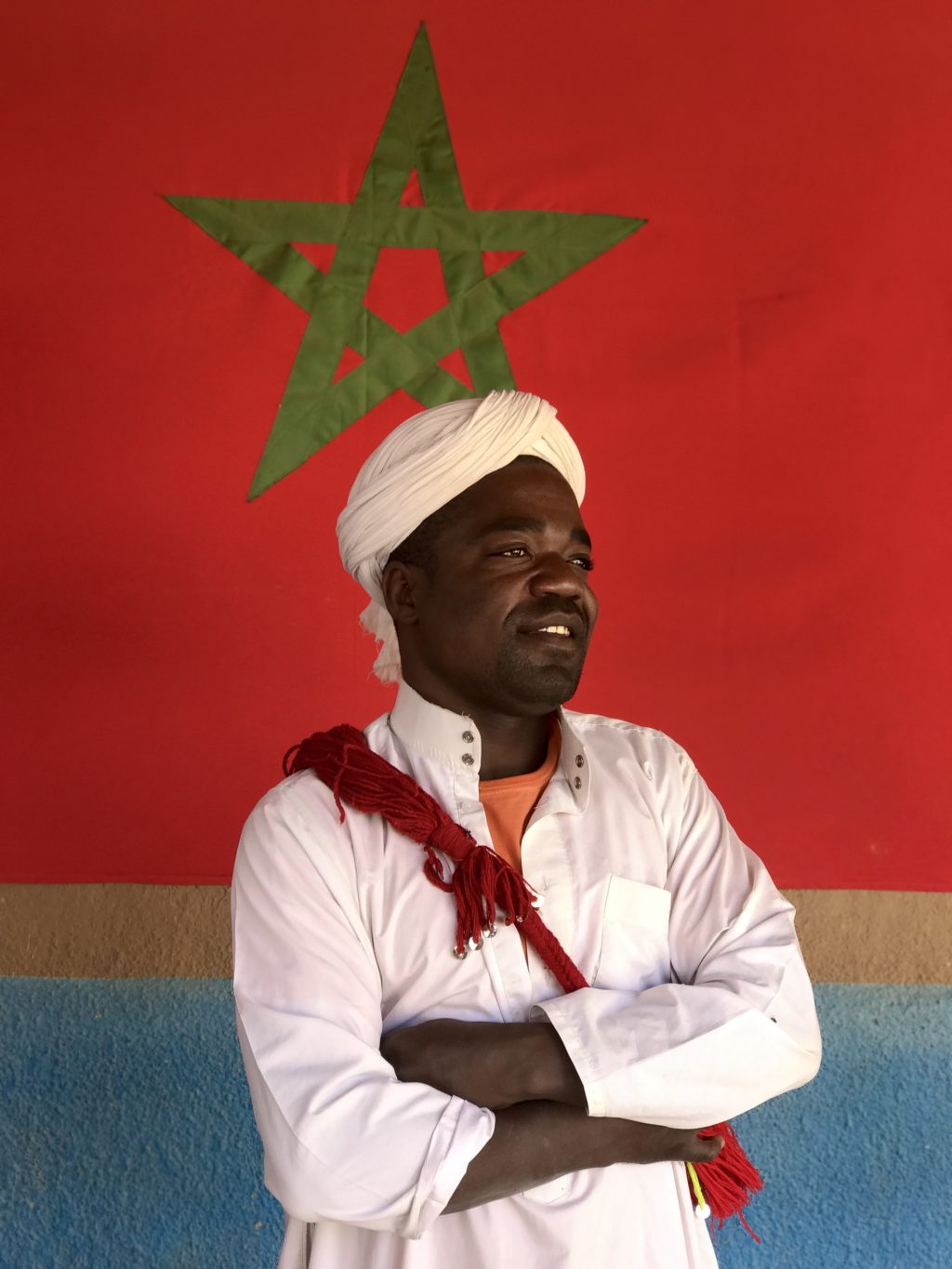
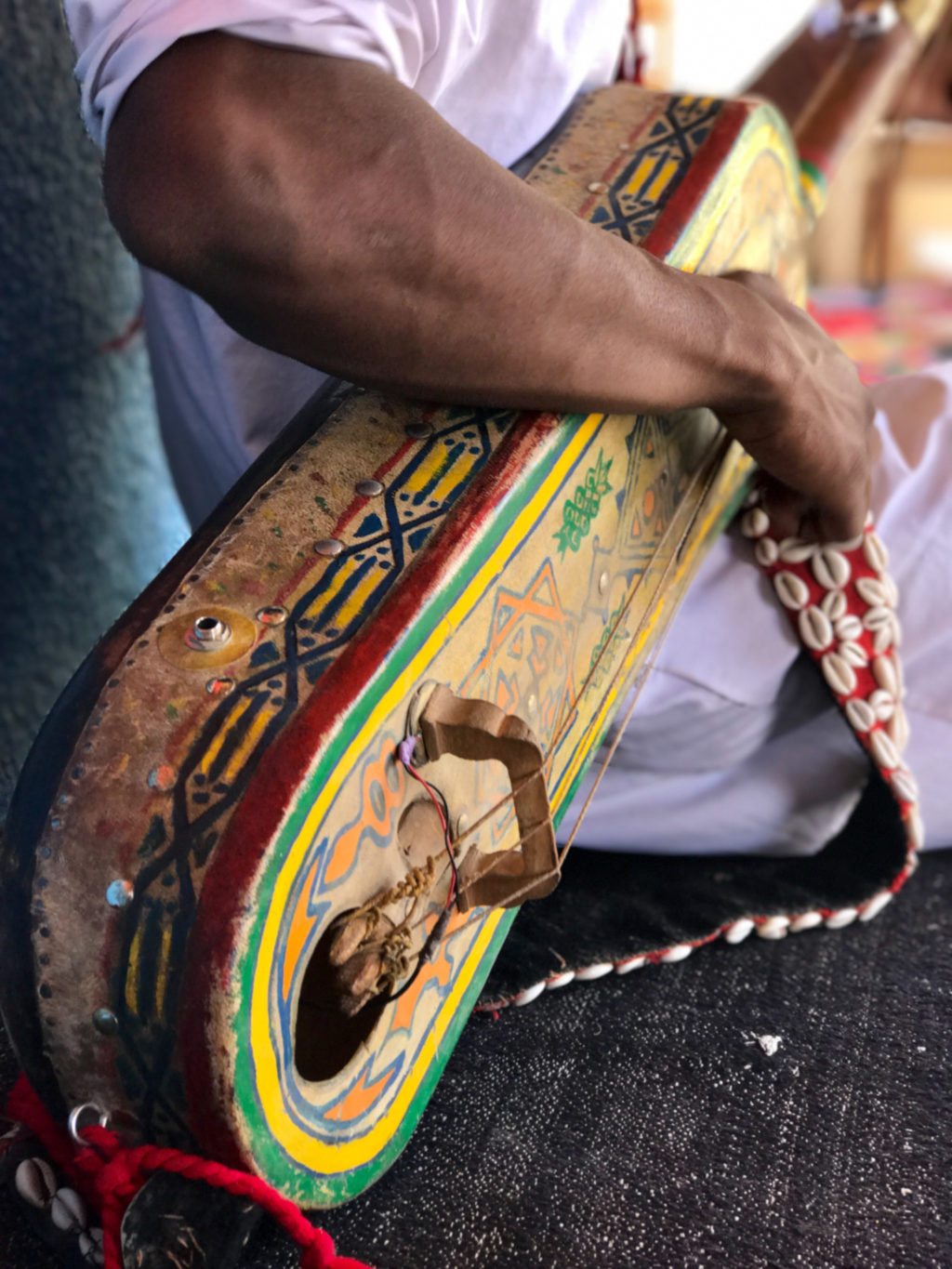
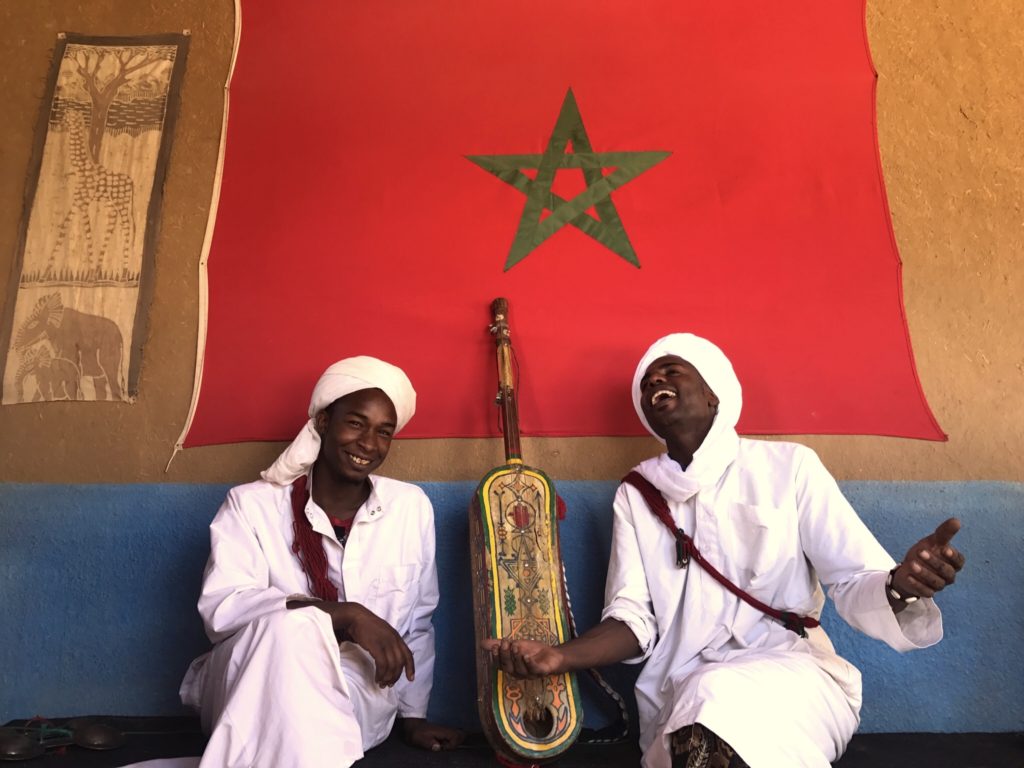
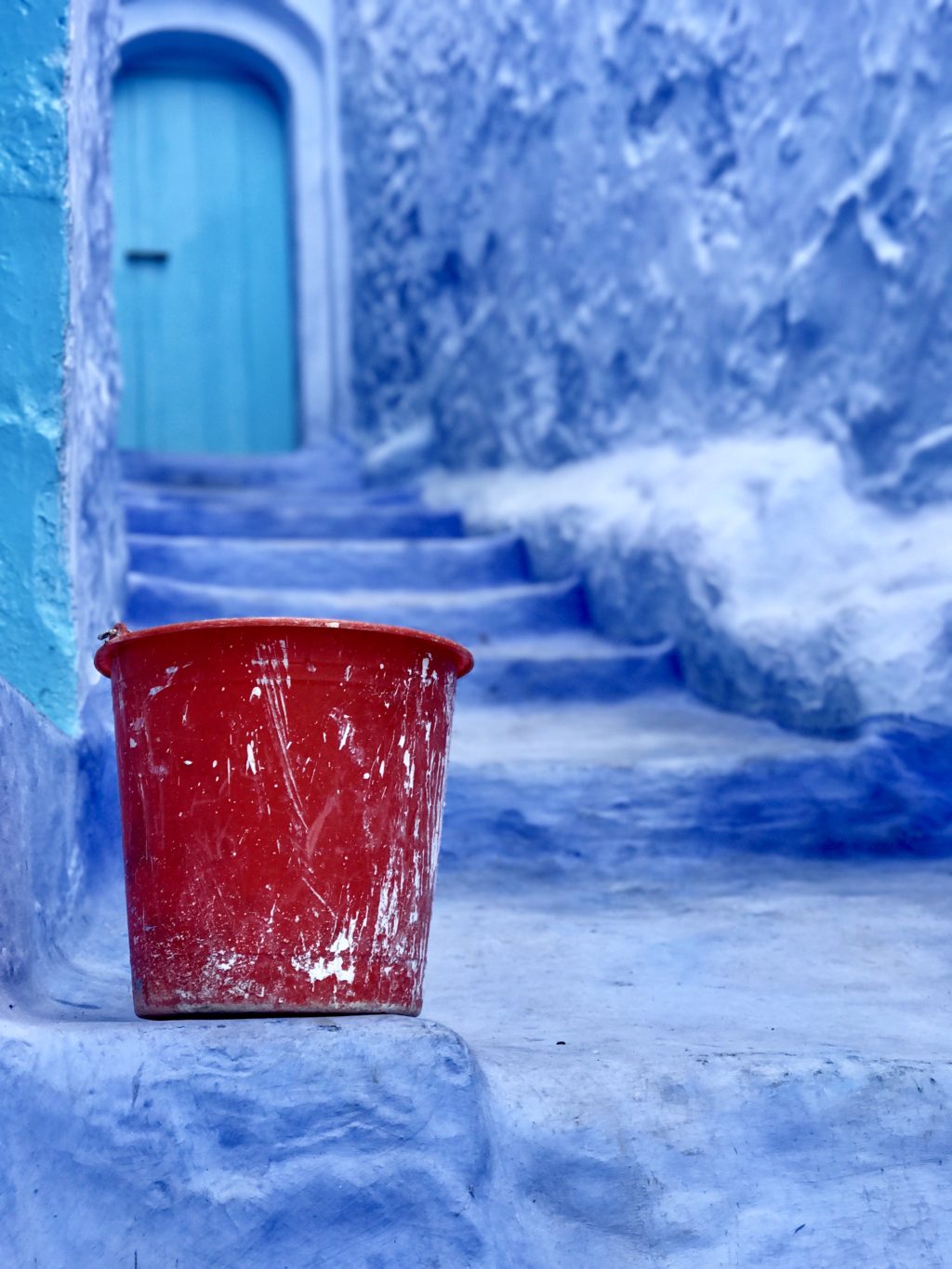
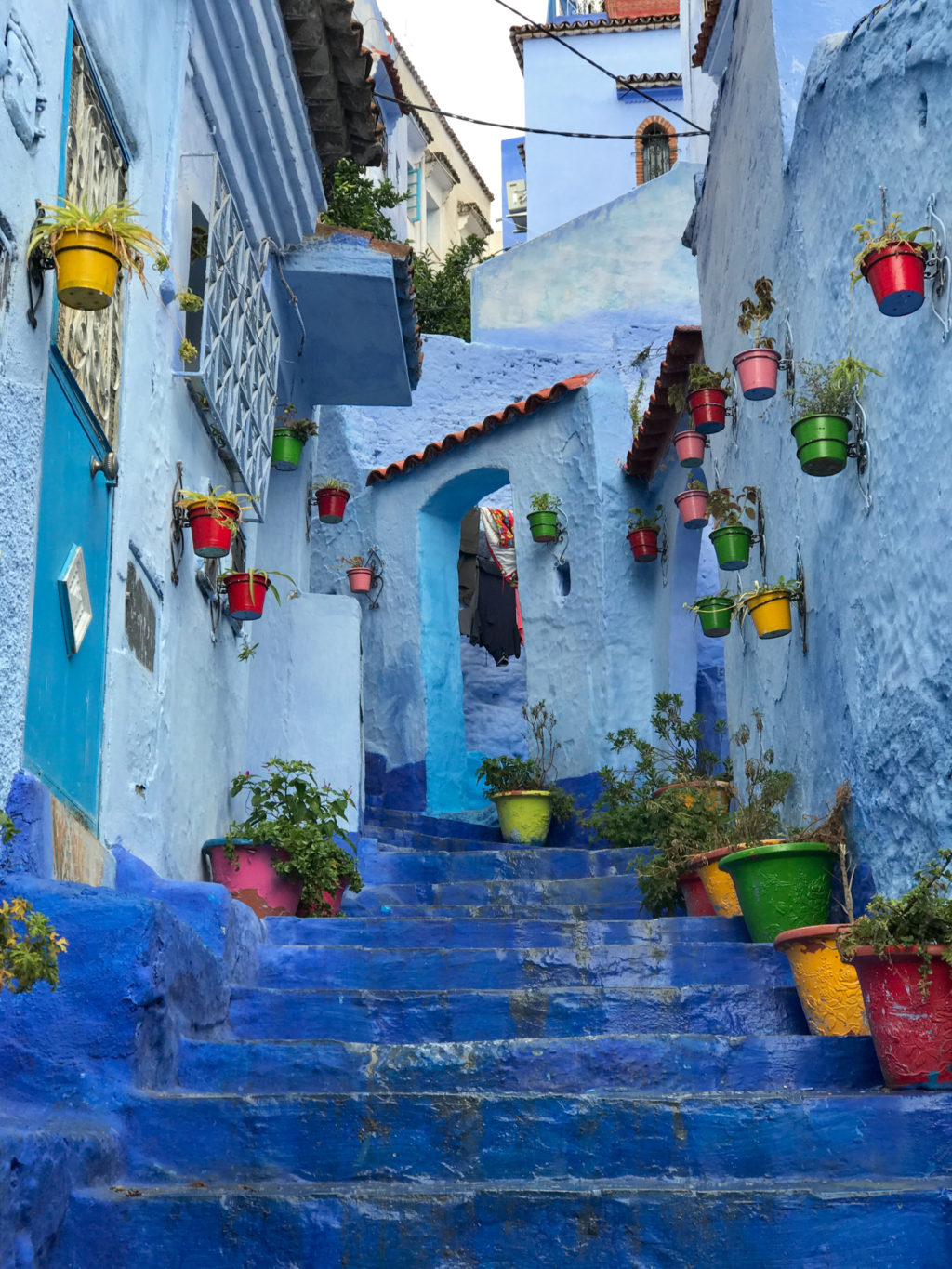
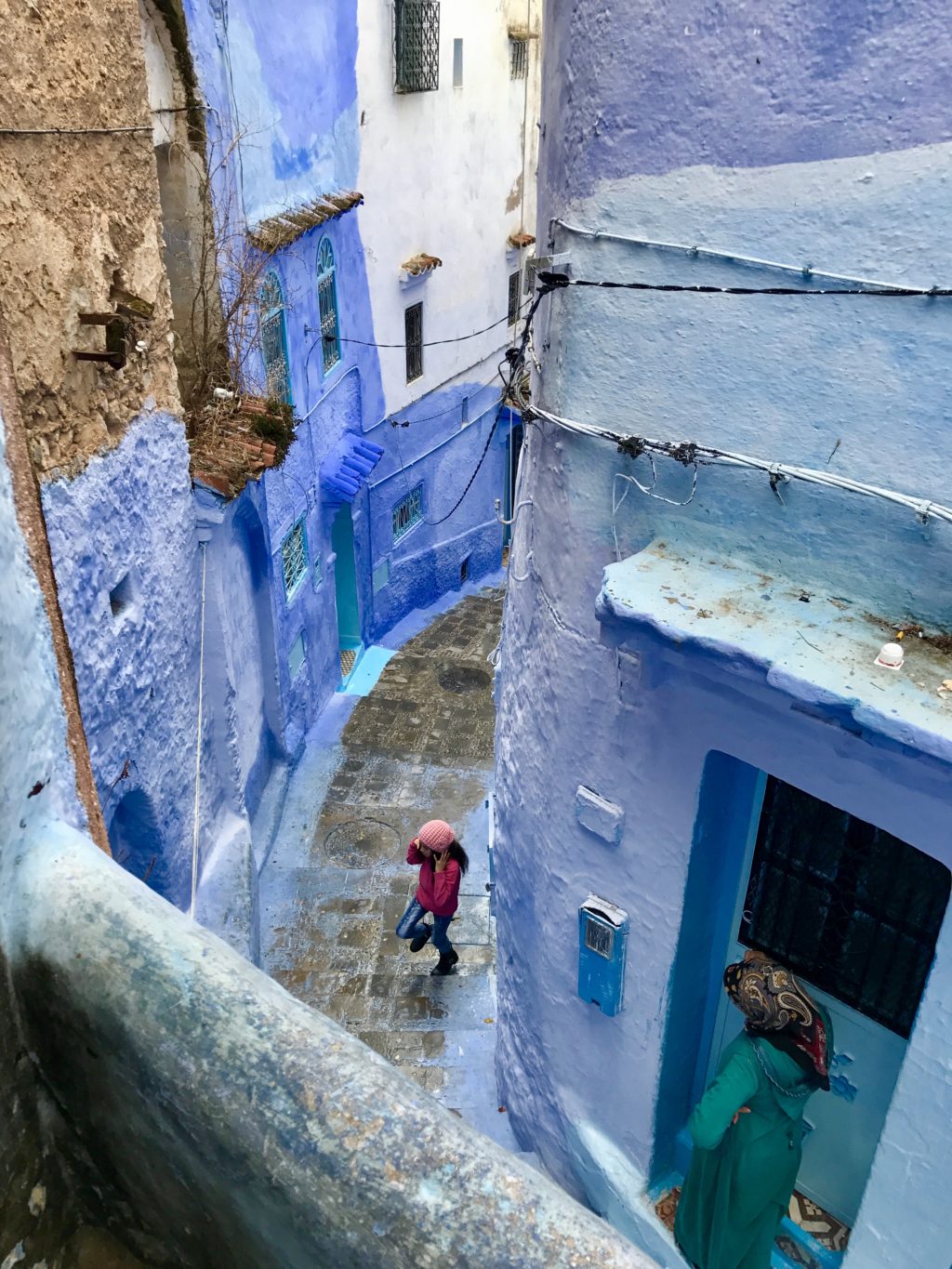
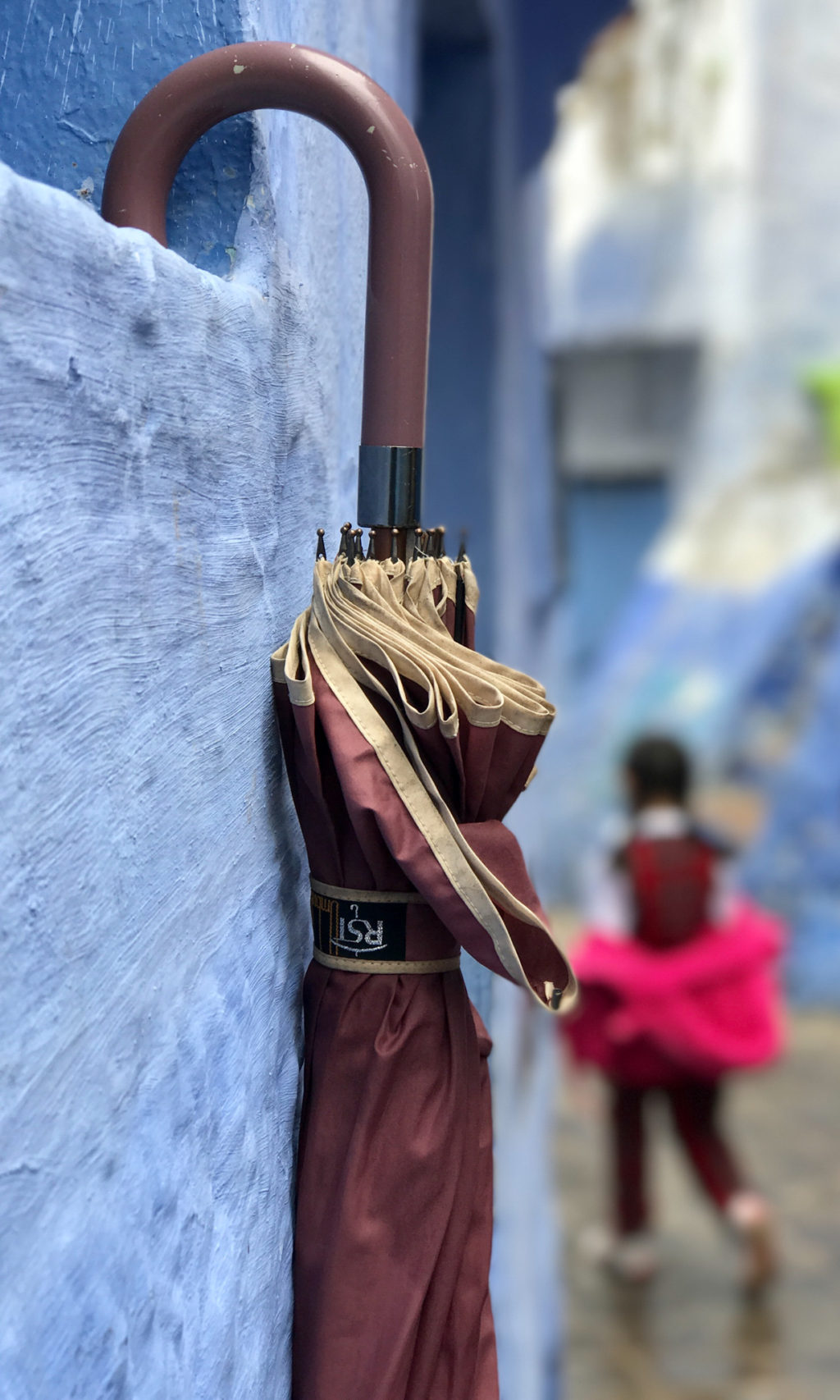
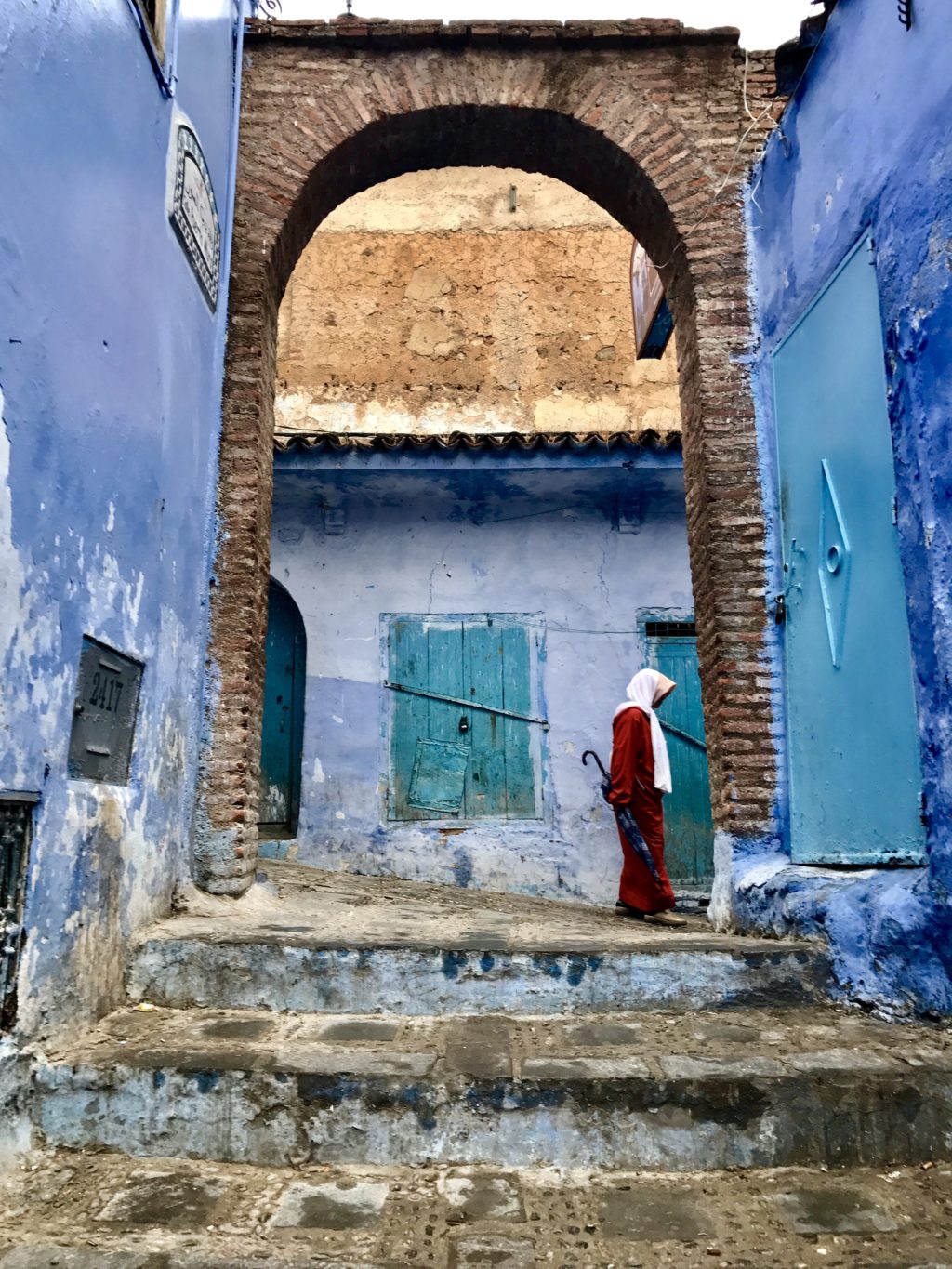
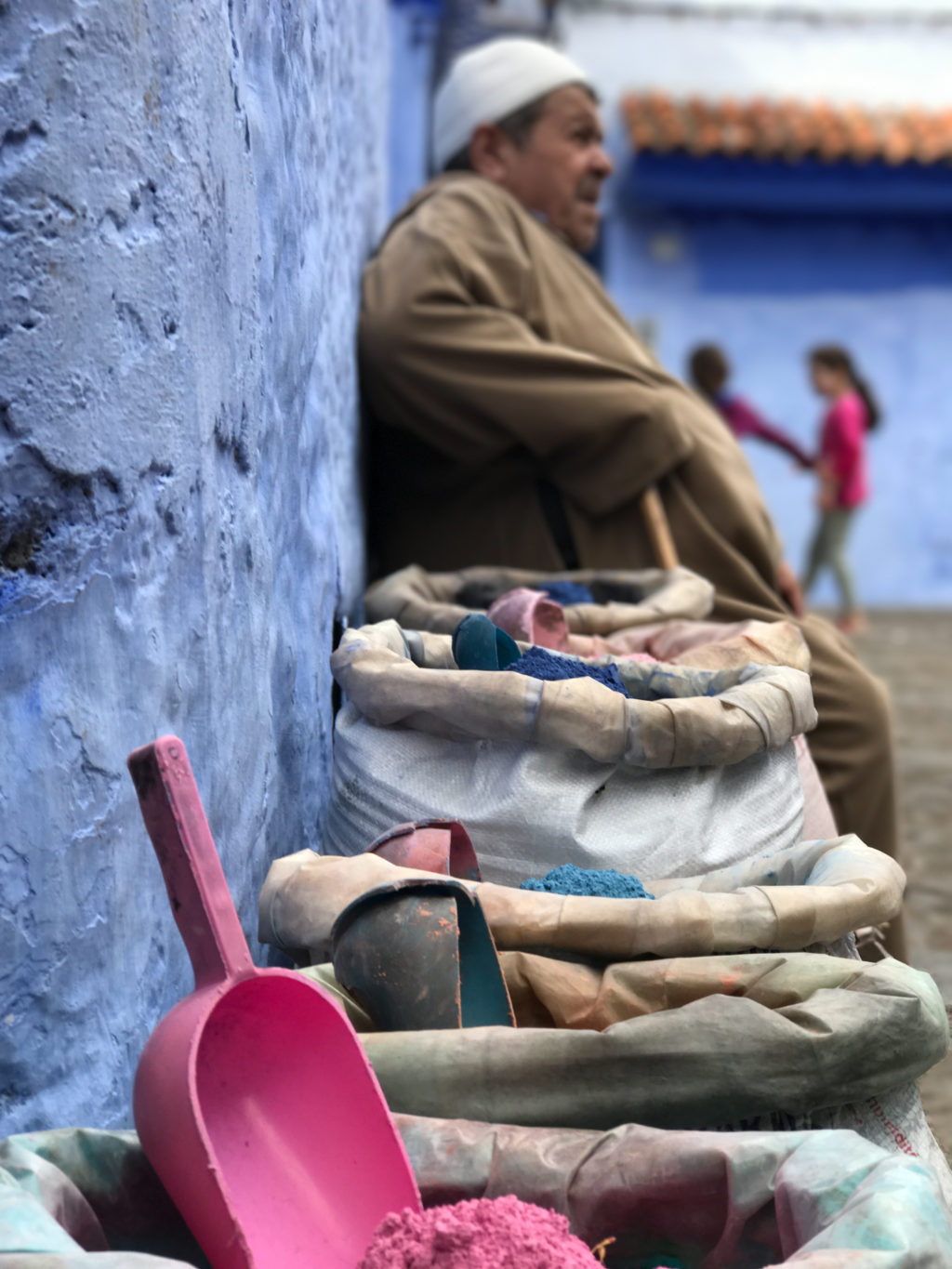
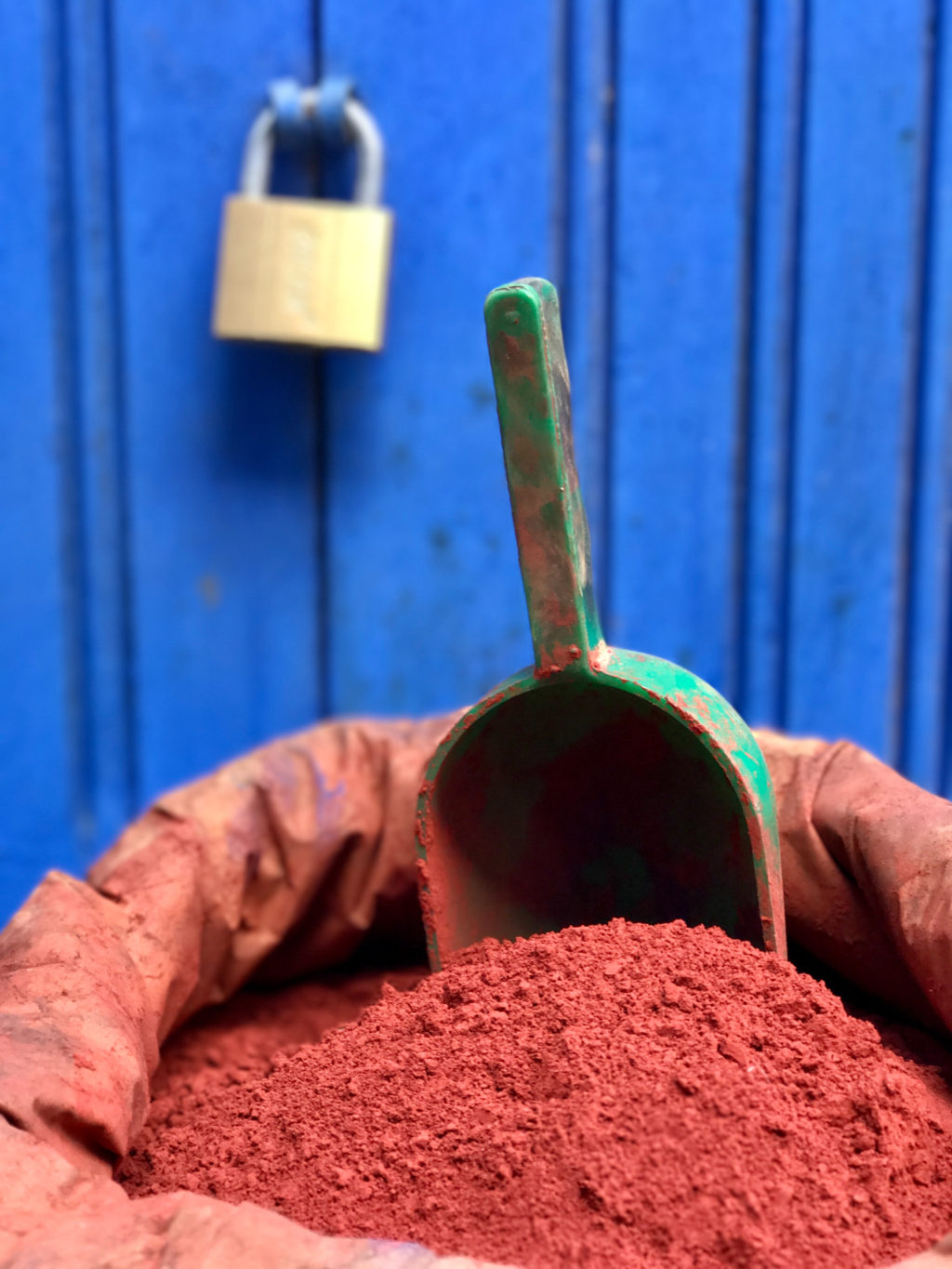
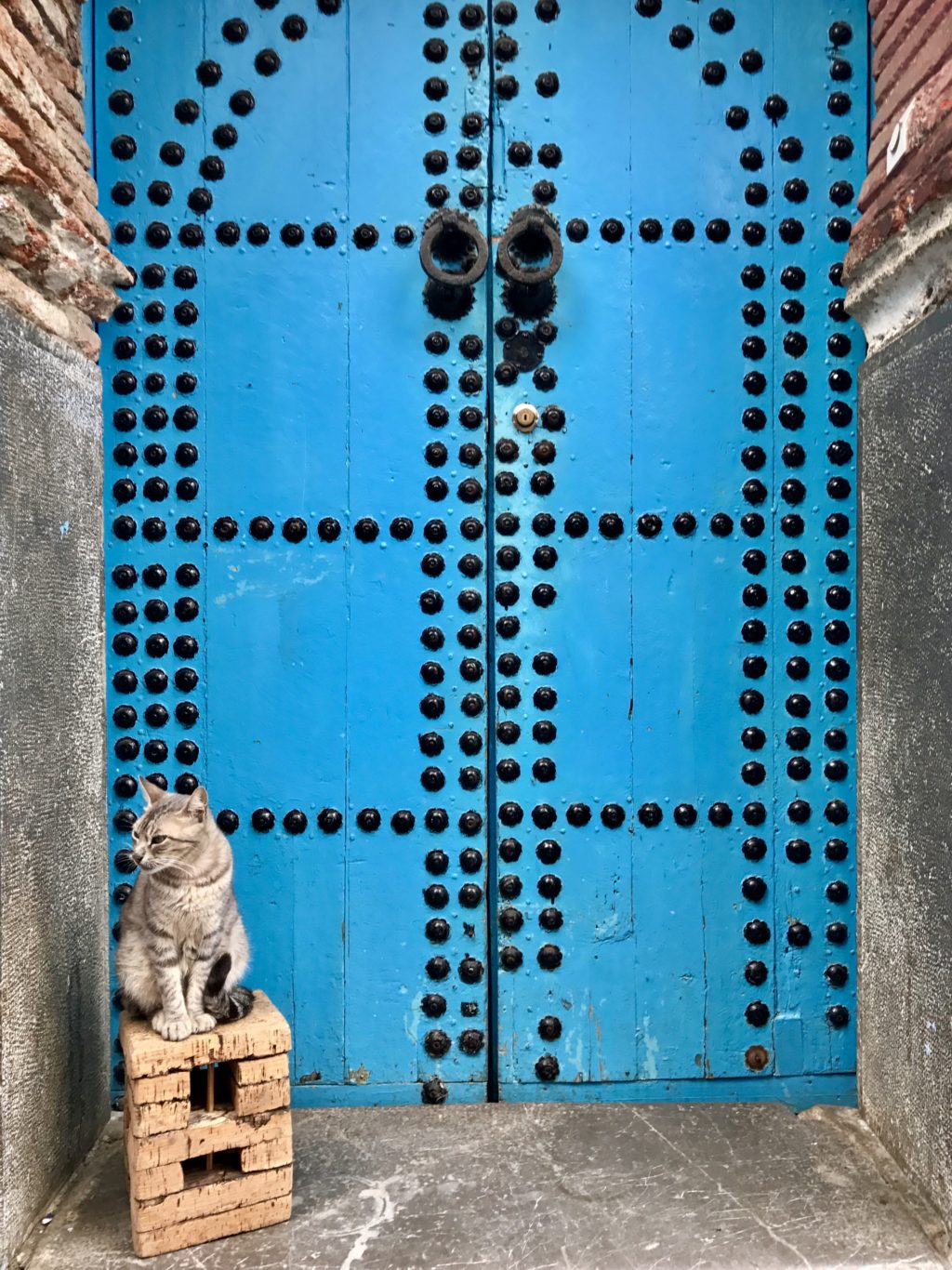
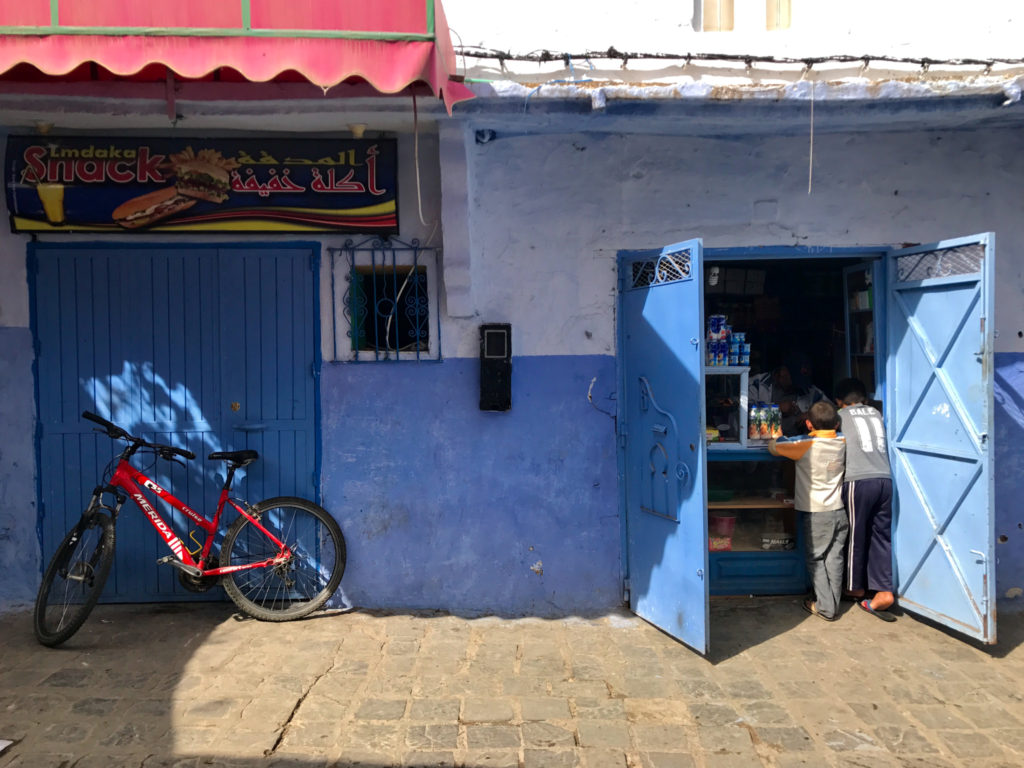
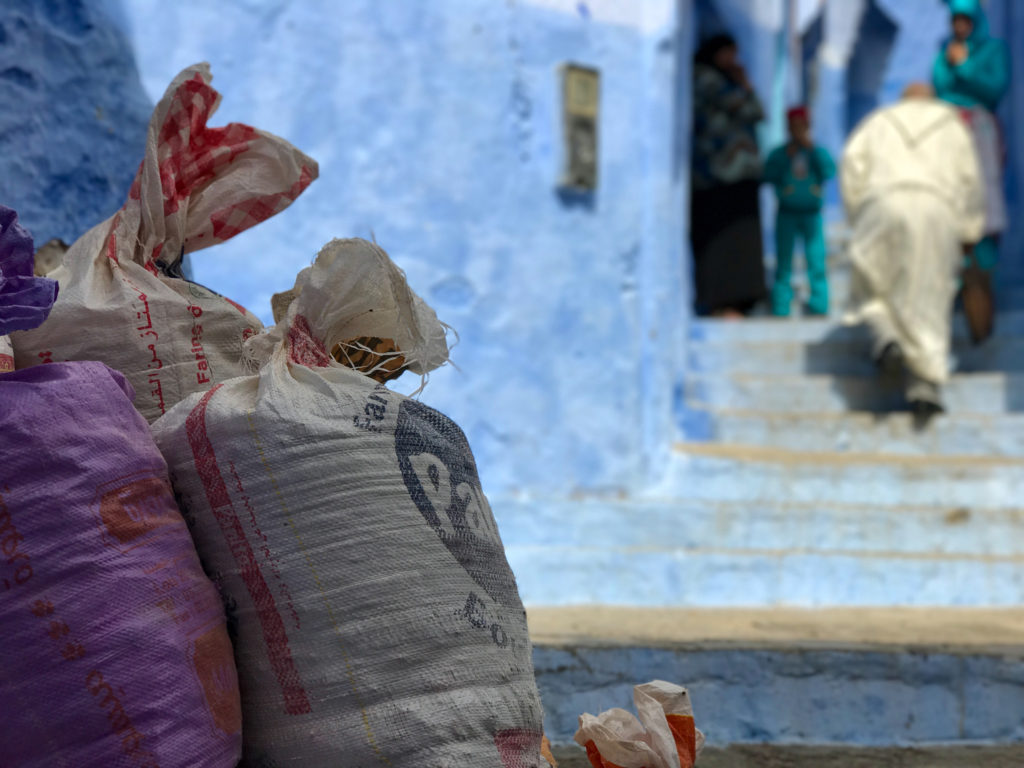
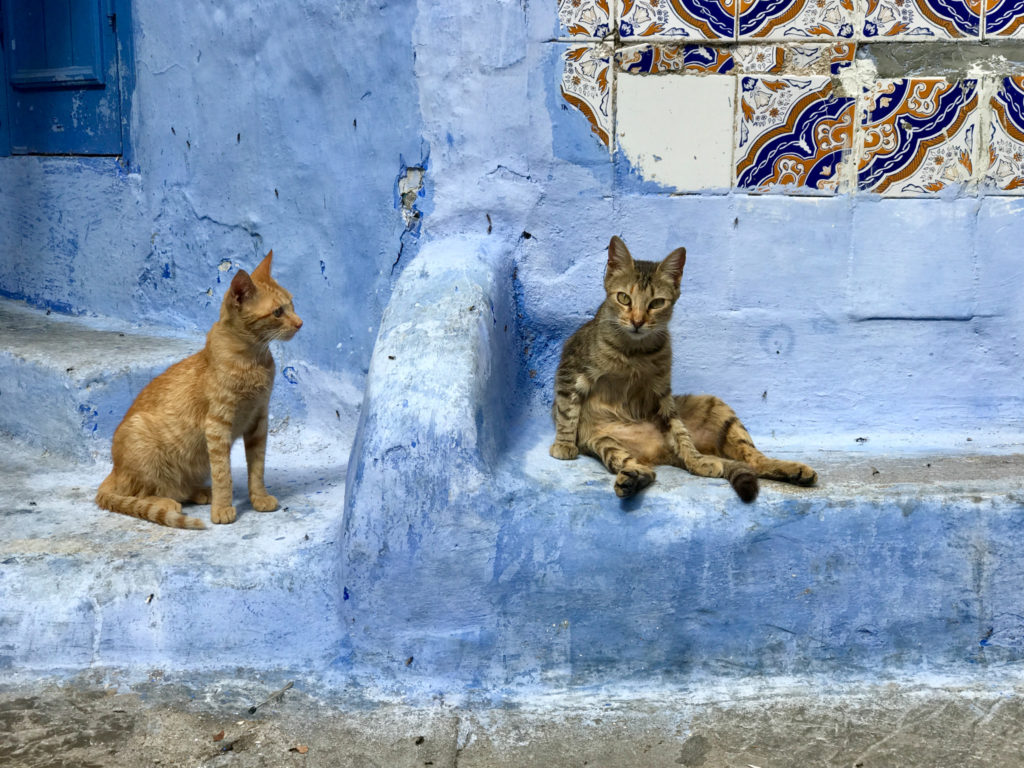
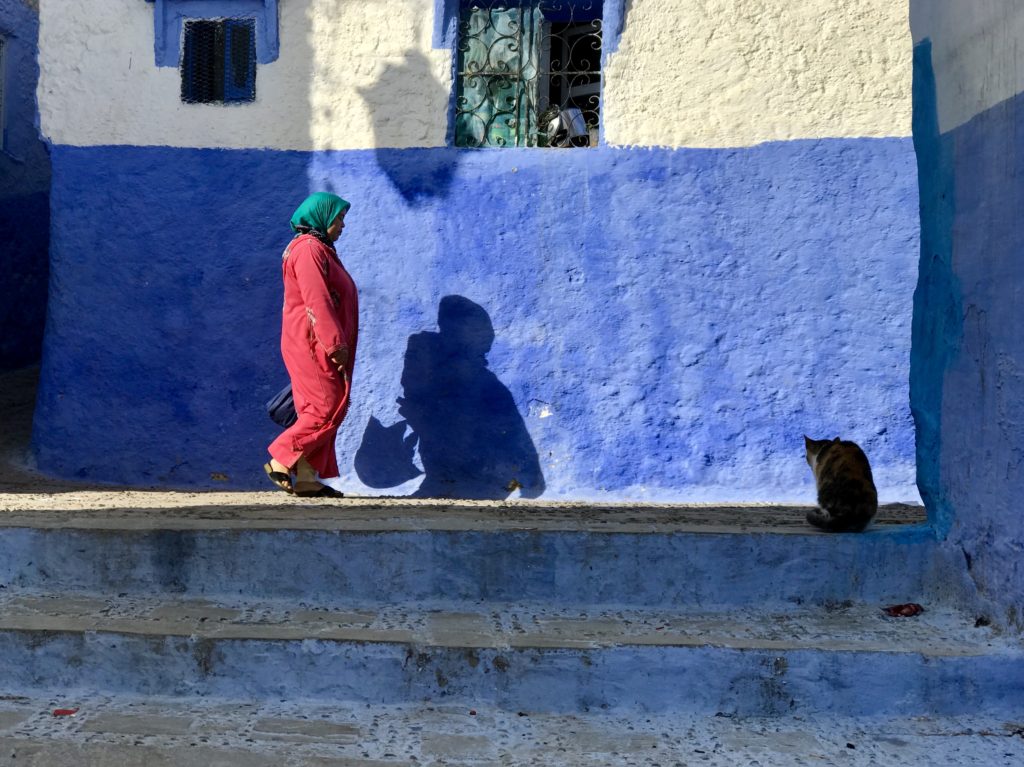
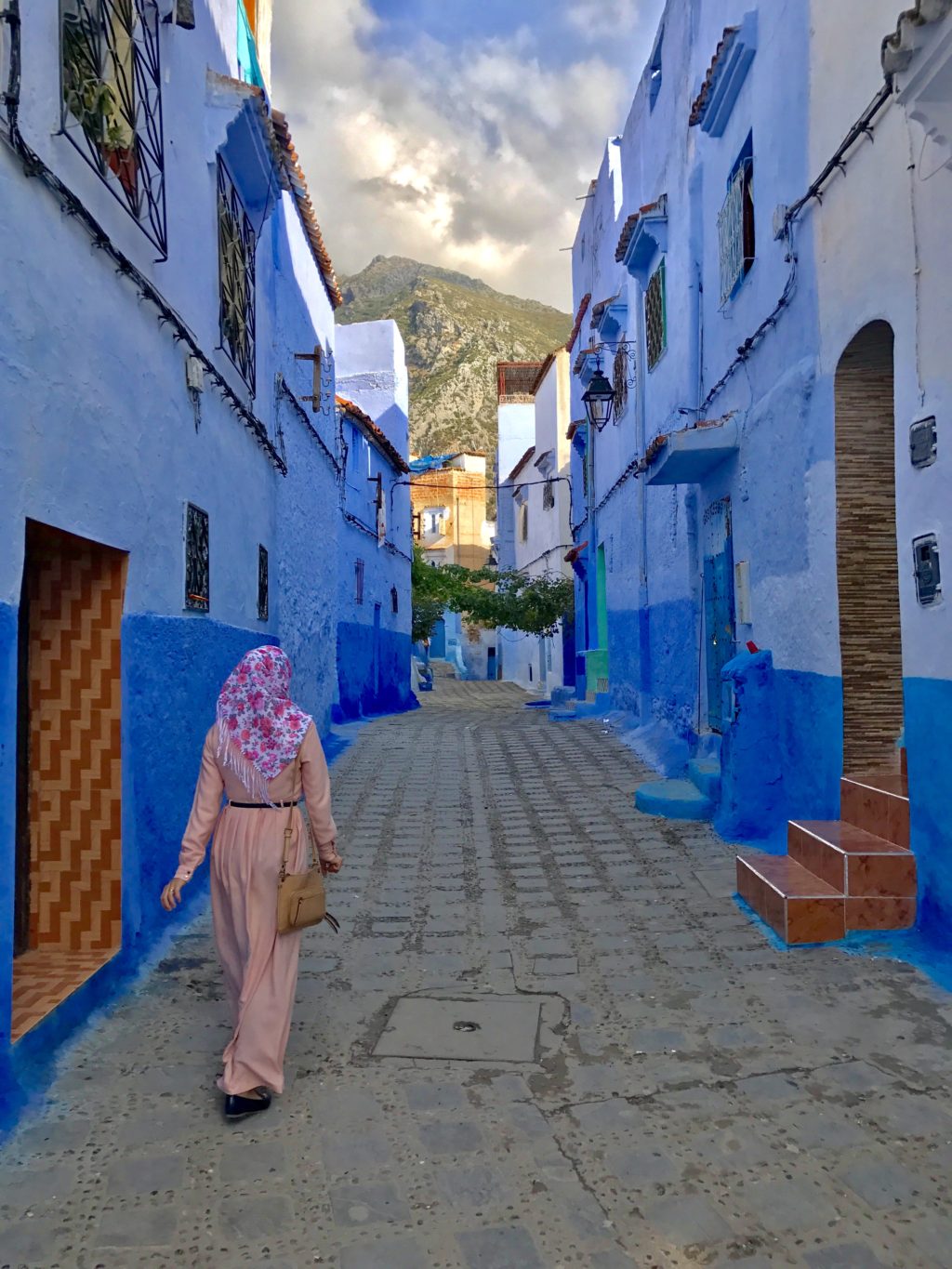
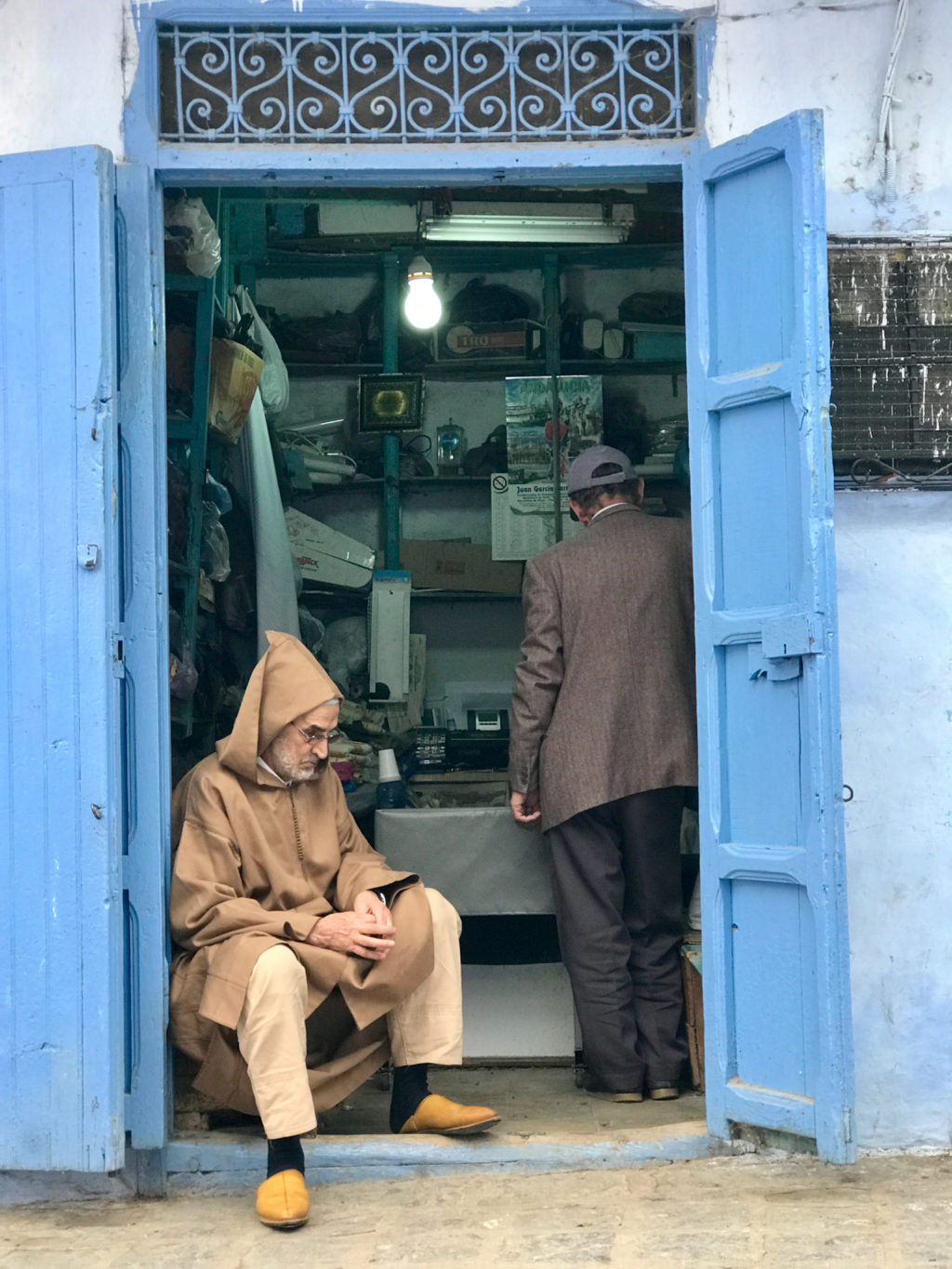
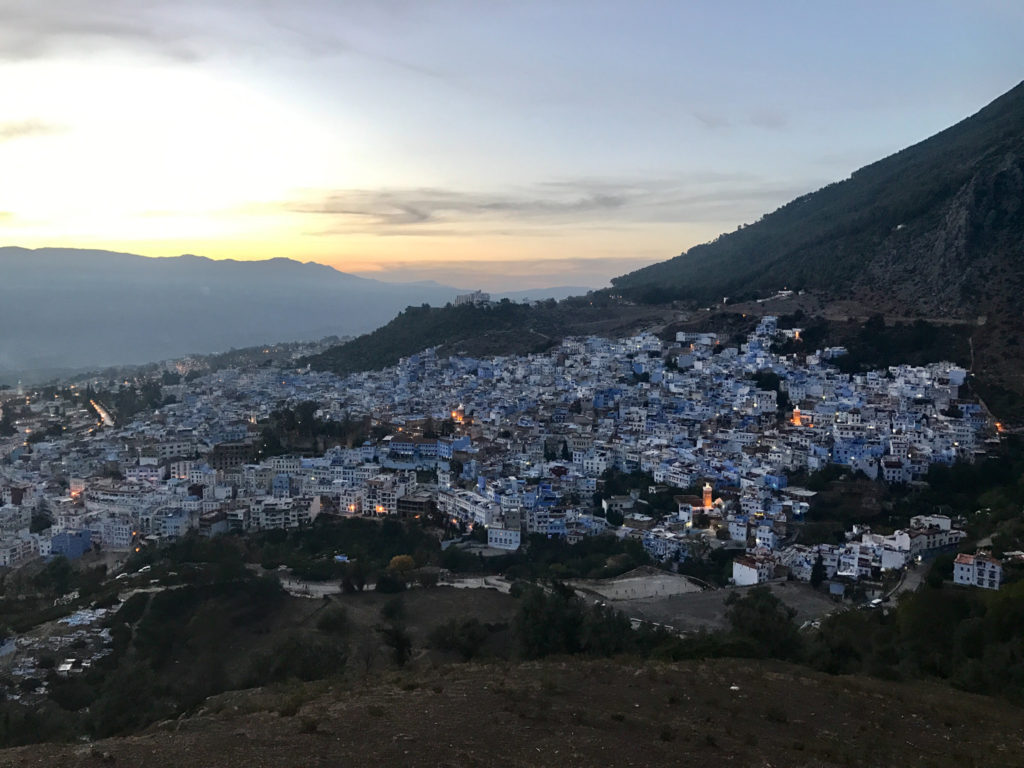
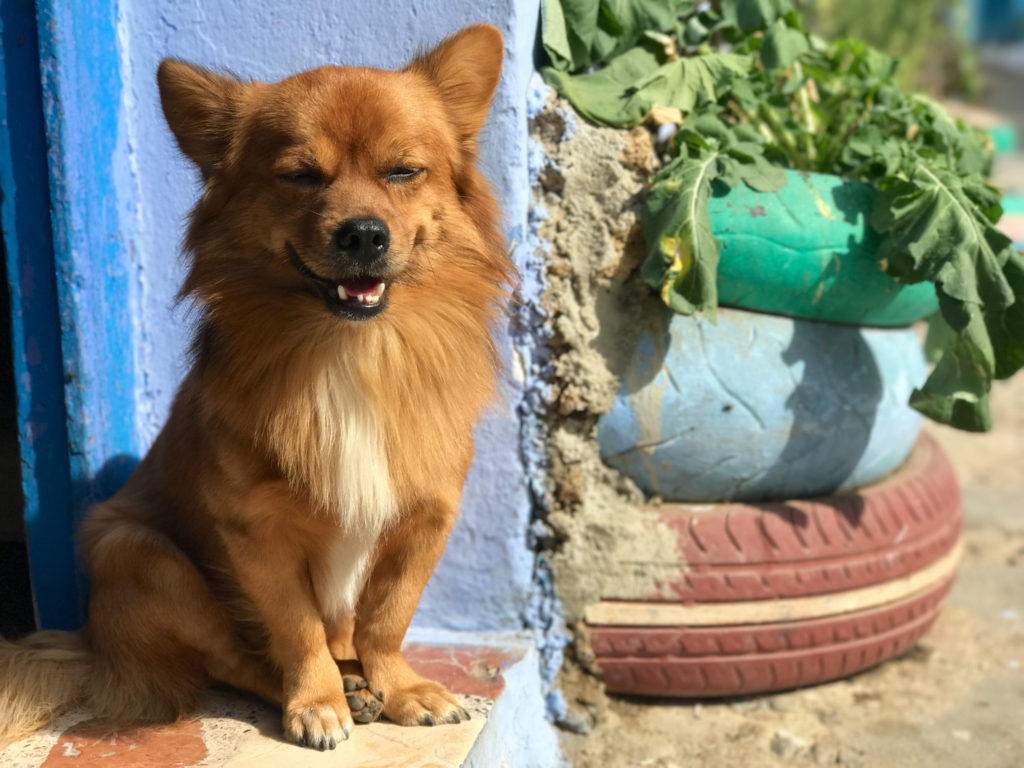
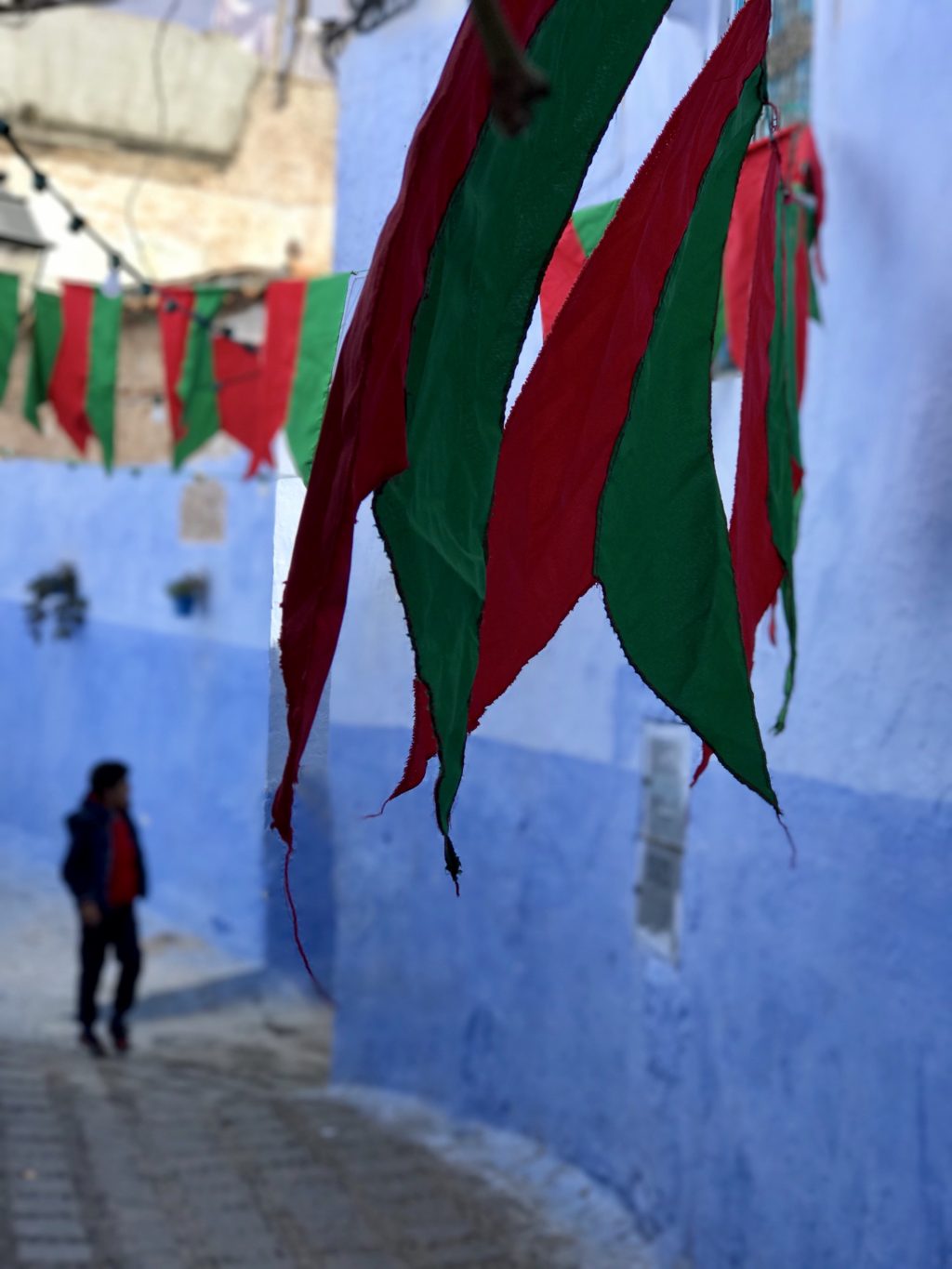
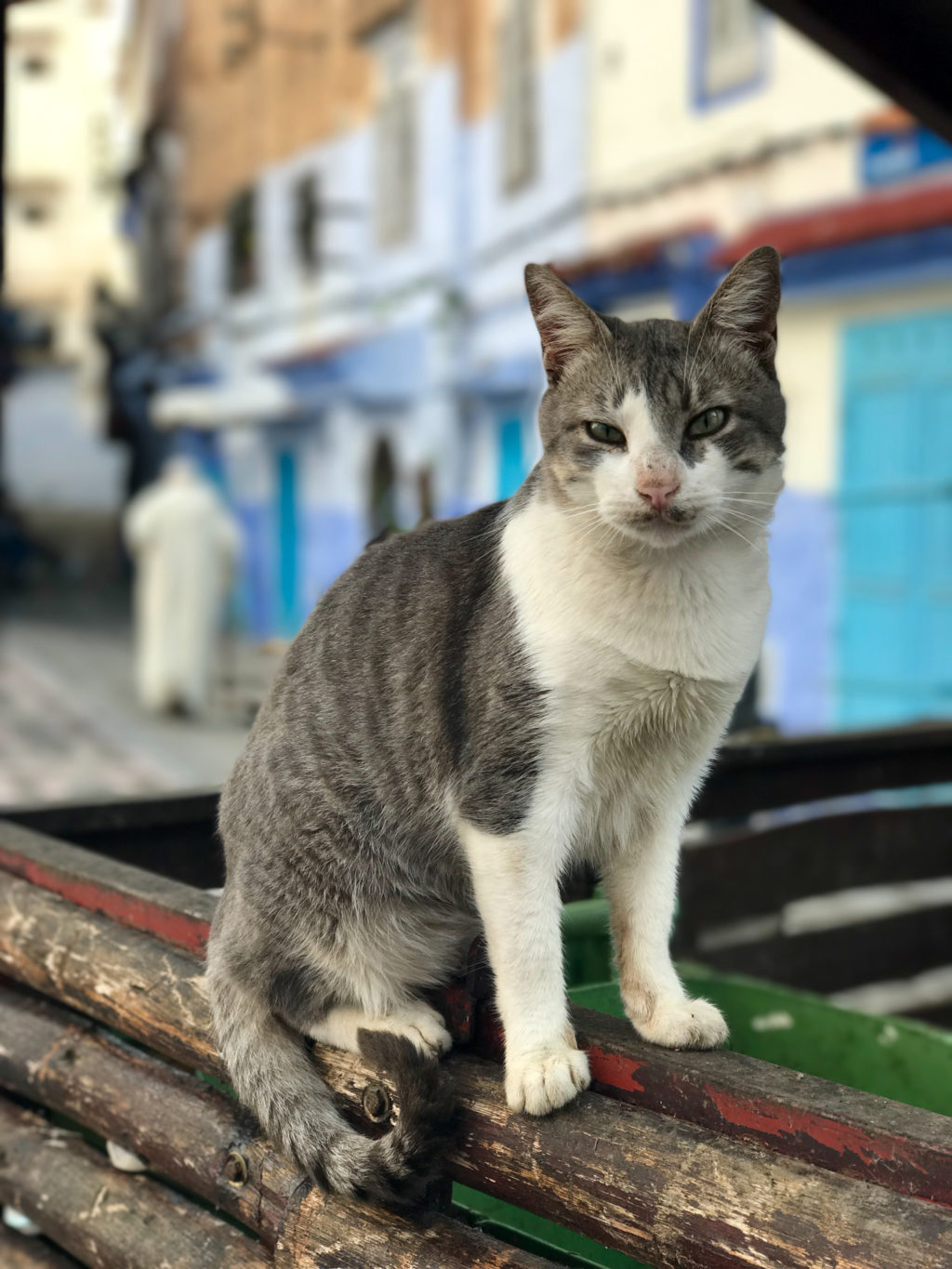
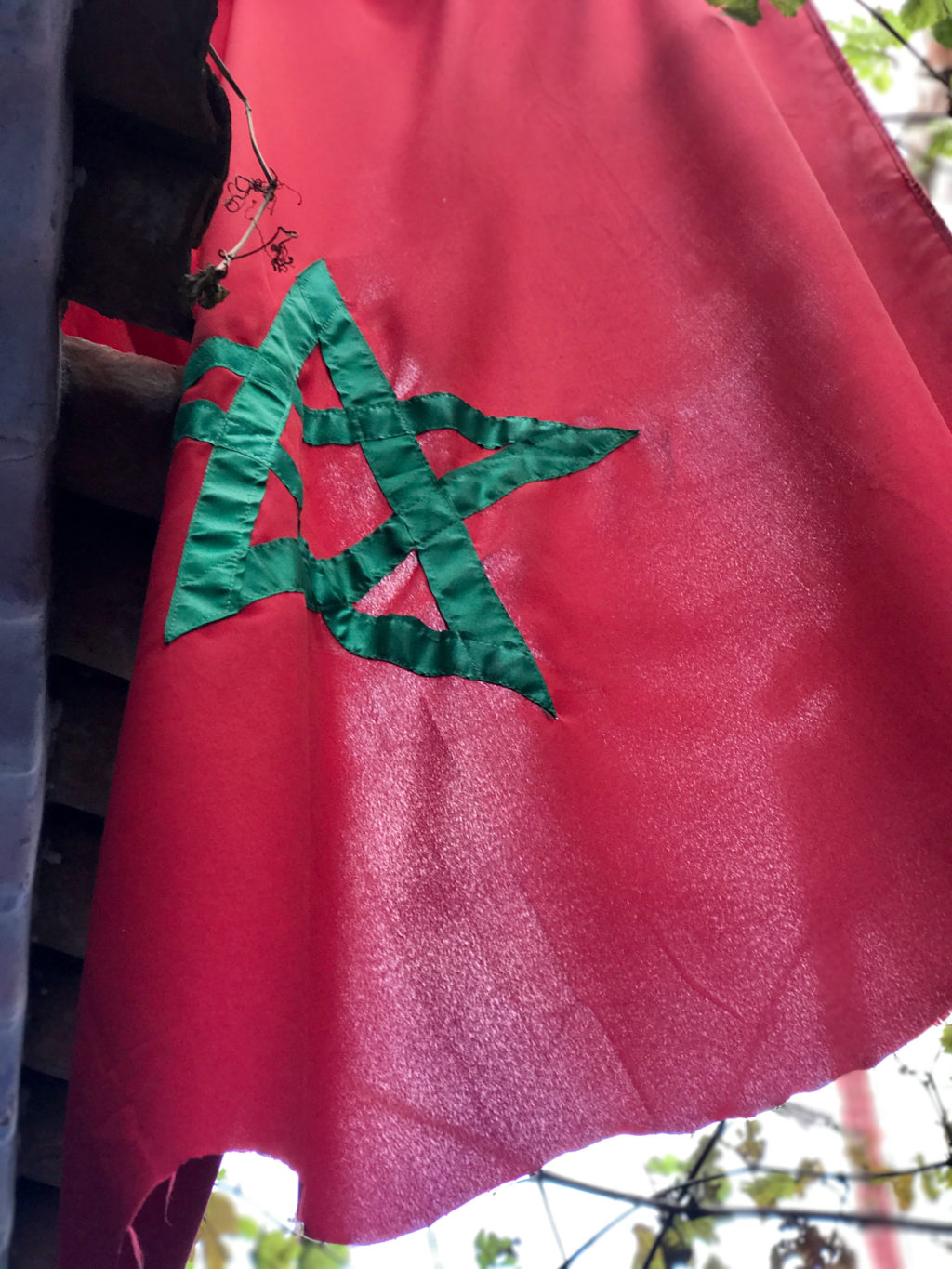
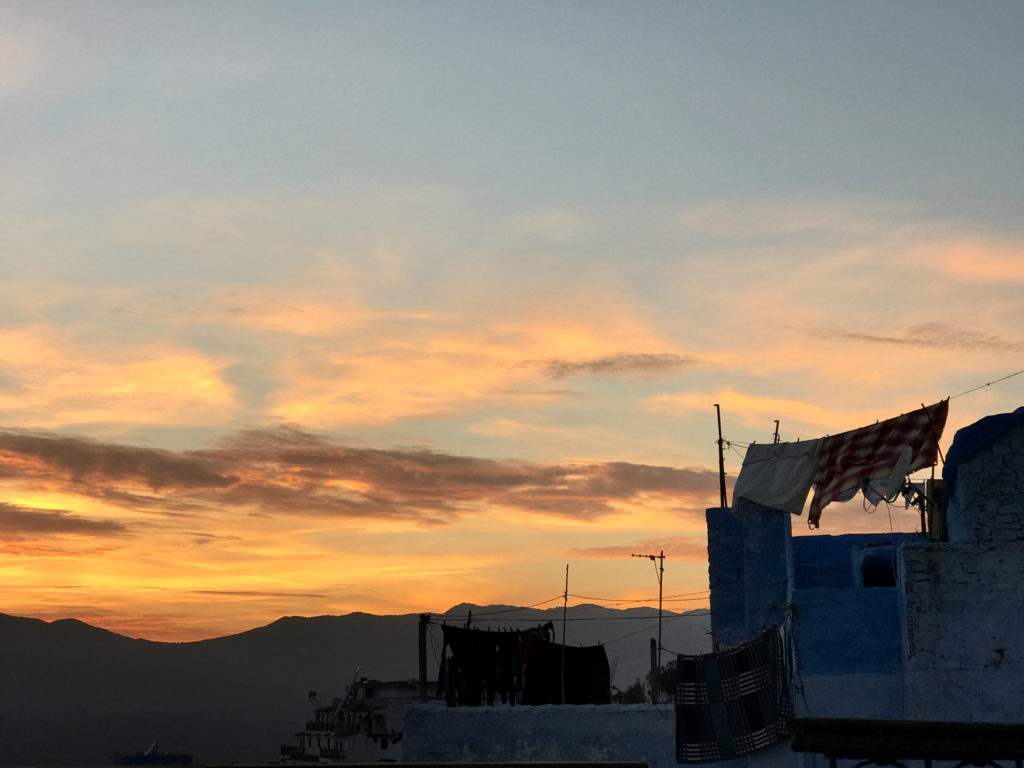
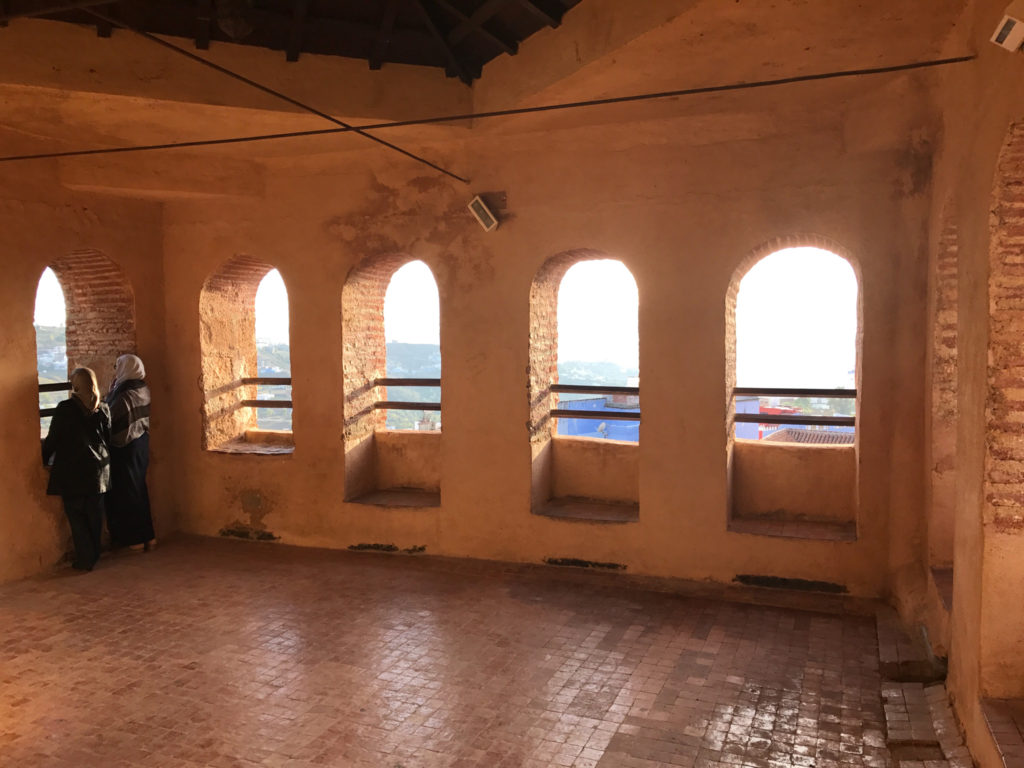
21 comments
Wow, just wow.
Hard to believe that traveling with a far more expensive bunch of gear would have produced more exciting and beautiful photos. Apple should feature you at their next iPhone event.
Hugh
Thank you Hugh! I did also have my Sony A7rII close by in most cases, and did shoot with that alot too, but found myself shooting with my iPhone 7 Plus often!
Great article and fantastic shots with the iPhone 7 Plus. You captured Morocco beautifully.
Thank you!
Really great pictures!!
Thanks for the kind words!
Fantastic photos and story telling,you really prove that it’s the man behind the lens not the camera,is photos out of camera or any kind of edit?
Regards
There are slight edits, and all done through the native iPhone Photos app @alirezachiniforoushan:disqus Thanks for looking!
I love these!
As a professional photographer, I have heard innumerable times, “That’s a great shot — you must have a really good camera,” and sighed because I know that it’s not the camera but how it is used. I will often post iPhone photos on my sites to make the case that it’s the eye of the photographer that really matters.
You have manifested this argument perfectly with this project. Thanks for posting these very impressive results.
Thank you so much! I fully agree. It’s an art form that is more based with the photographer, not the equipment being used.
Great pictures, Michael. Just one question – did you shoot in RAW? If so, what app did you use to capture and post process?
Thanks
@arindam_pal:disqus Actually, I shot mainly on the native iPhone camera app, although I did take RAW photos using Lightroom mobile. And completely forgot to look through those to see if there was anything worthwhile. Thanks for the reminder!
Really inspiring photos, love seeing the kind of work that can be achieved on an iPhone and to think, it can only get better from here.
I love your beautiful pictures and the marvellous country. Very impressive what can be done with a smartphone today. Traditional cameras, even small size ones are not accepted by many societies. But smartphones are widely used, and therefore the acceptance for taking a pic is much better with this kind of cameras.
So beautiful, Michael. I’m just back from Morocco with my iPhone 7 Plus and I now see that I missed many chances :-)
Your images are one more reason to get back to this fantastic country.
Fantastic images – we went to Morocco a couple of years ago, and your images are giving me a serious case of nostalgia. Can’t wait to go back sometime!
Wow, the photos look just so alive and bright! You want to live every moment at such places! I wish I could spend at least a weekend there and explore all the region.
z9kzo6
da5rb0
svzqjl
rjlug0